
More of the Best Guitarists Throughout History

Our previous article about the biggest guitar legends is full of prime examples of that, but it’s nowhere near conclusive. This is exactly why we thought an additional such article is nothing if not essential. Take a look and then take a listen to your favorites.
Neal Schon
Best known for his incredible guitar work in the two bands Journey and Bad English, Neal Schon Schon has made two of the most prestigious lists in the world of rock music; Oklahoma Music Hall of Fame and the Rock and Roll Hall of Fame (as part of the band Journey.) His guitar contribution in Journey was particularly great. The San Francisco band was during the early ’70s, by former Santana and Frumious Bandersnatch members.
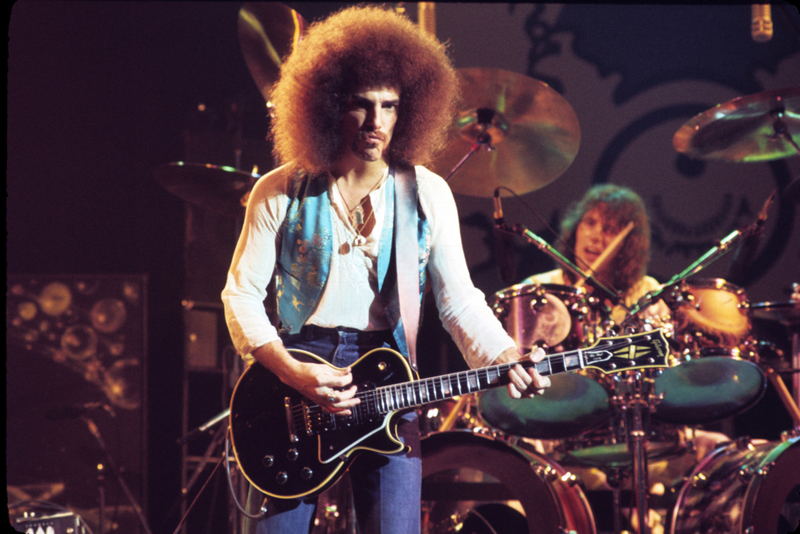
The band’s style is viewed as a mixture of progressive rock and jazz and arena rock. Journey is often heard references in media, films, theatre, games, and even theater. USA Today ranked the band as the 5th best rock band in history. “Don’t Stop Believin'” is a perfect gateway into the band’s iconic melodies. While Schon’s guitar stylings are integral to Journey’s greatness, his best solo can be heard Straight to Your Heart (1991) by Bad English.
Nancy Wilson
As the first hard rock band fronted by women, Nancy Wilson certainly deserves a spot on this list. The American musician rose to prominence alongside her older sister, singer Ann Wilson in the band Heart. Wilson was playing as a teen and by college, in 1974 followed her sister into the iconic band. The group started with fellow members Steve Fossen, Roger Fisher, David Belzer, and Jeff Johnson.

One of the band’s fundamental attributes is its versatile set of musical styles which has covered genres including everything from heavy metal to easy listening and more. The band has sold over 35 million records worldwide to date and has been ranked as one of the greatest hard rock bands of all time. Also, in 2013, Heart was inducted into the Rock and Roll Hall of Fame.
Robert Fripp
King Crimson’s Robert Fripp blew his bandmates away in their very first rehearsal in 1969. His famous fuzzy guitar in one of the best progressive rock bands in music history has cemented his spot in the arena of legendary rockers. Crimson’s 1973 metal classic, Larks’ Tongues in Aspic is where one can best hear Fripp’s genius.
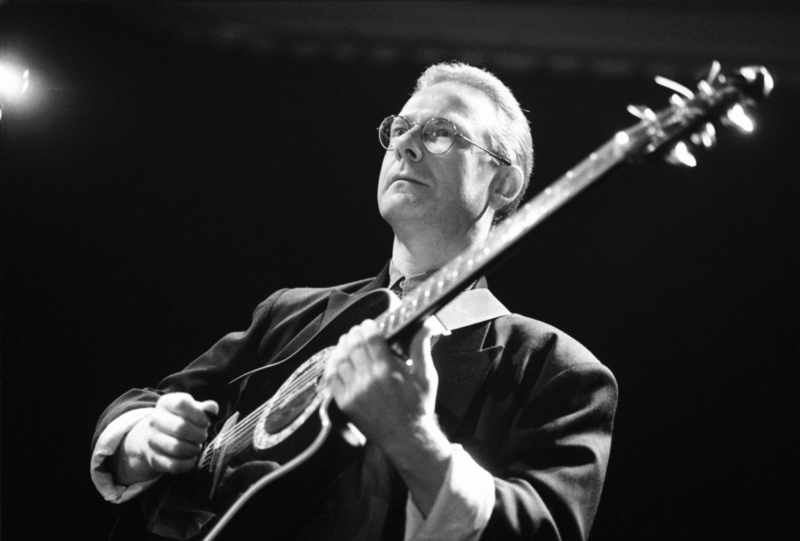
Fripp has also collaborated a great deal as a session musician with David Bowie, Blondie, Brian Eno, and David Sylvian.
Terry Kath
One of the countless rock legends who left us too soon, Terry Kath, lead guitarist of the band Chicago sold more than 22 million records. Producing one of the greatest guitar solos in history, he has been dubbed better than Jimi Hendrix (by Hendrix himself.) The band was formed in 1967 and -described themselves as “rock and roll band with horns.” In 2008, Billboard listed Chicago at number thirteen and fifteen in a list of the top 100 artists of all time (from 2008 and 2015, respectively).
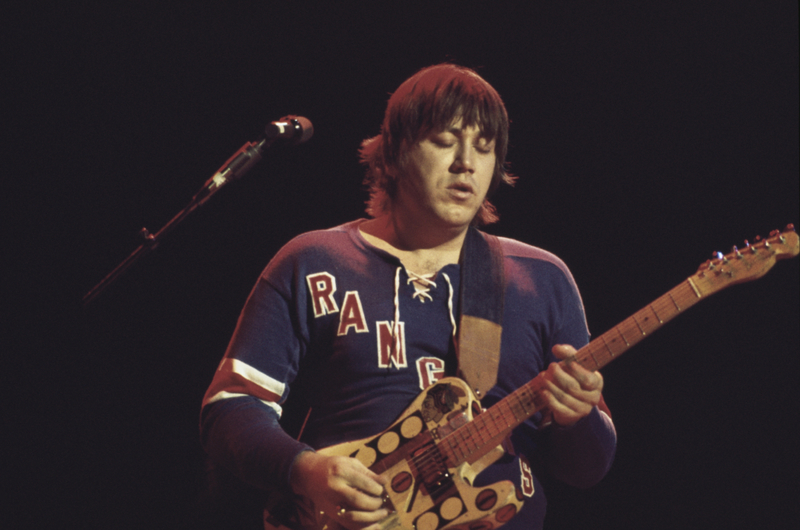
The band has sold over 40 million albums domestically and has released twenty-three gold albums, eighteen platinum albums, and eight multi-platinum albums. In 1974, the group had seven albums on the Billboard 200 simultaneously.
Jerry Cantrell
The co-vocalist but lead guitarist of the alternative metal band Alice in Chains rose to fame not only because of his unmistakable voice but also because of his distinct guitar style. While the 1990s Seattle based band is often lumped with other grunge bands of the time, their take contained far more heavy metal elements. It was one of the most successful acts of the 1990s, selling over thirty million records worldwide, with eighteen top 10 songs and eleven Grammy nominations.
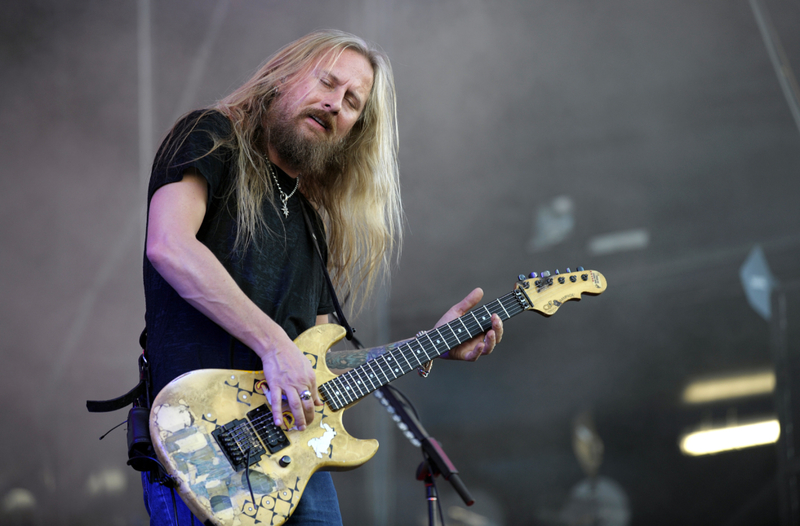
Due to vocalist Layne Staley’s substance abuse, the band was often inactive since 1996s. In 2009 they released two more albums. For the real Alice in Chains experience, check out “Man in the Box” from ‘Facelift’.
Leslie West
Born Leslie Weinstein, with his cover of Otis Redding’s “Respect” was the moment that he was truly recognized as a guitar legend. By 1969 West was in the band Mountain, churning out songs like the 1970 hit “Mississippi Queen.”
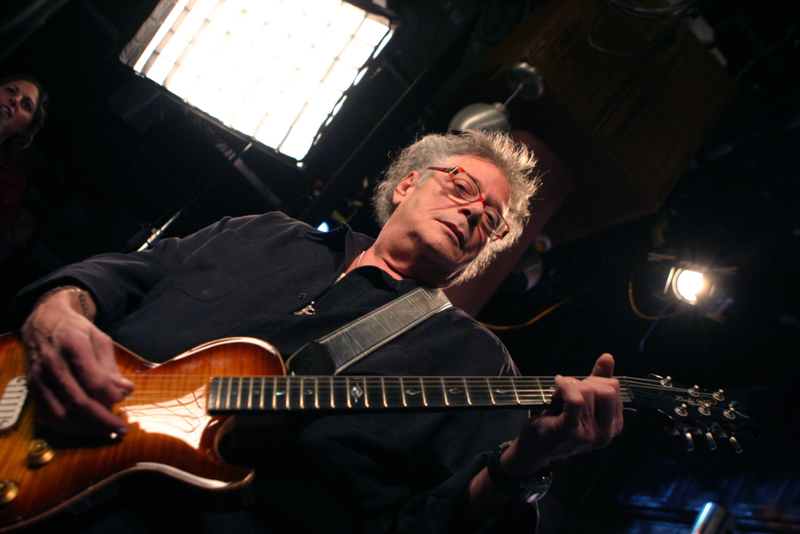
Playing blues with an R&B flair, the guitar legend played with unhinged mentioned and played with amp distortion in a way that might make Hendrix jealous.
T-Bone Walker
B.B.King heard T-Bone Walker and said that he thought “Jesus Himself had returned to Earth playing electric guitar.” The blues guitarist was one of the originators of the jump-blues electric sound. The multi-talented musician was ranked number 37 on the list of “The 100 Greatest Guitarists of All Time” in the 2018 Rolling Stone Magazine.
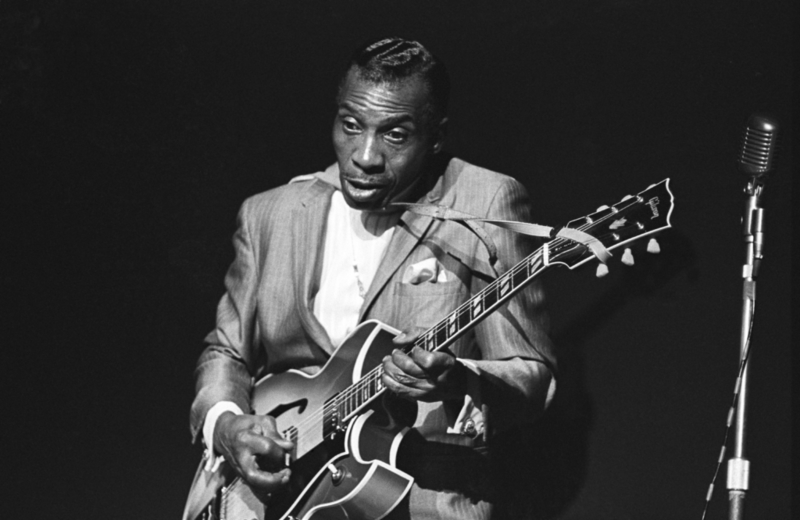
His bluesy vibrato can be mostly heard in the tracks “Call It Stormy Monday,” “T-Bone Shuffle,” “Mean Old World.”
John McLaughlin
John McLaughlin is hands down one of the key influencers in the fusion genre. By combining genres like Indian music with jazz and classical, McLaughlin has made the instrument as multi-faceted as can be. In fact, according to Jeff Beck, John McLaughlin was the best guitarist alive.
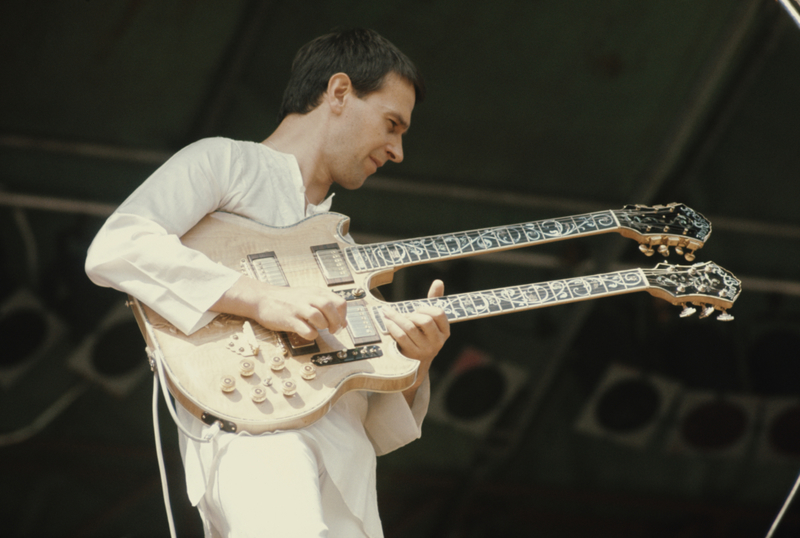
The musician was once invited to record with Miles Davis early in his career. But it was in his own Mahavishnu Orchestra that his serious riffs gave him that true legendary status.
Richard Thompson
British folk-rock master of the band, Fairport Convention is known for his speedy picking skill. Basing his style in English traditional music, while also veering in dynamic electric guitar solos, Richard Thompson has been a dubbed a “versatile virtuoso guitarist.”
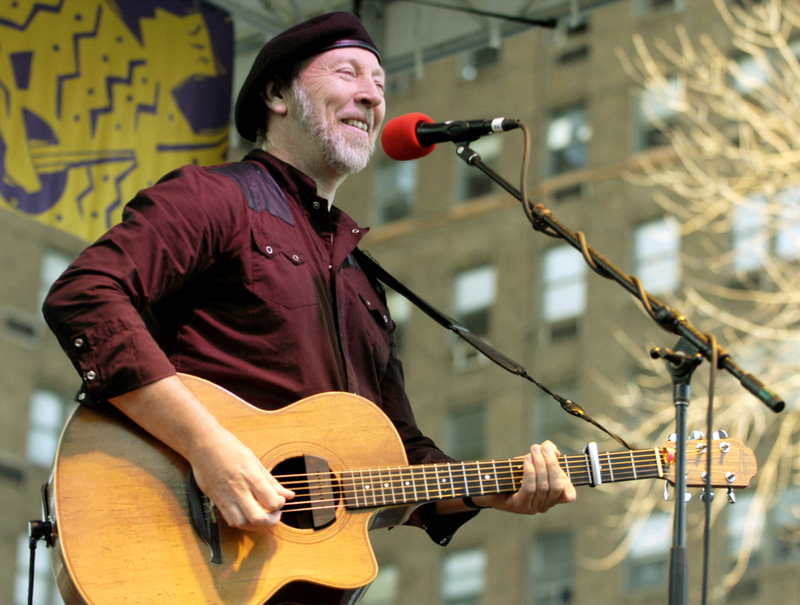
His incredible skill has earned one on the most prestigious guitar awards. On 10 June 2010 Thompson was awarded the Mojo Les Paul Award for “Guitar Legend.”
John Frusciante
The legendary Red Hot Chili Peppers may be the brainchild of Antony Keidis, but their musical foundations are very much built upon the “funk-pumped energy” of John Frusciante. The wildly talented guitarist pushed the band to new heights getting them up to fill up stadiums. Their style has transcended the genres as they have delved into the realms of funk, punk, psychedelic, and even hip-hop.

The band has been the recipient of numerous awards, including several Grammys, and has sold over 80 million records worldwide. Their remarkable song collection contains hits like the “Otherside”, “Californication”, “Can’t Stop” and much, much more.
Robby Krieger
Trained originally in flamenco and jazz, guitarist, Robby Krieger was the right-hand man to Jim Morrison, effectively turning their band, The Doors into one of the most culturally significant bands of the 20th century. He also wrote some of their biggest hits including Light My Fire.

The band, using smooth, jazz-like tones and the chilling poetry of Jim Morrison’s were instrumental in creating some of the most unusual and memorable songs in rock music. Unfortunately, the band broke shortly after Jim Morrison’s passing in 1971.
John Fahey
America’s folk guitar master was a phenomenal fingerpicked who transcended classic blues. His harmonies expressed total freedom. His guitar style has been largely influential and has been described as the basis of “American Primitive Guitar.”
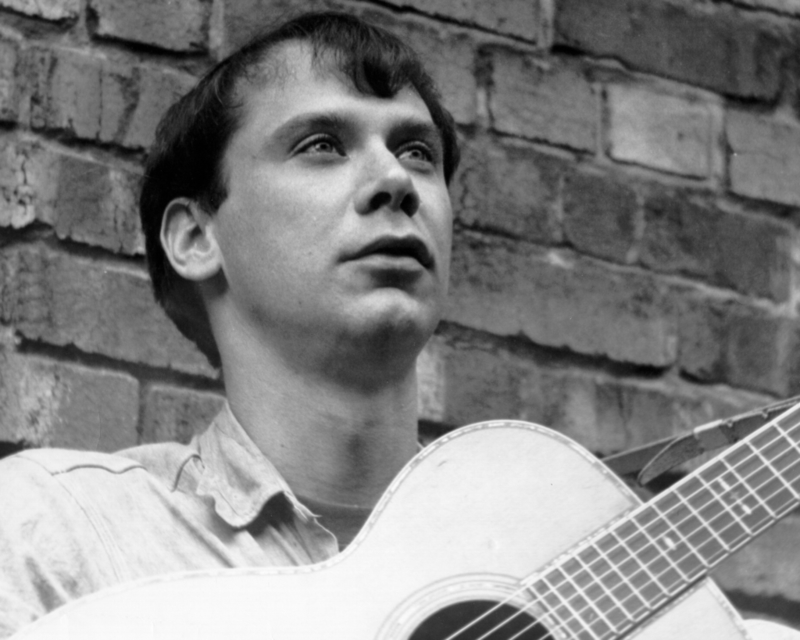
Sadly, Fahey died at 61 in the year 2001. He will be remembered, first and foremost for the legacy of his guitar playing but also for his mischievousness and wit. His most iconic hits are “Poor Boy,” and “The Yellow Princess.”
Mike Campbell
Florida native Mike Campell was one of the key figures in the band Tom Petty and the Heartbreakers. Campbell, who co-wrote the band’s hits “Refugee”, “Here Comes My Girl”, “You Got Lucky”, and “Runnin’ Down a Dream”.”Refugee”, “Here Comes My Girl”, “You Got Lucky”, and “Runnin’ Down a Dream” was the band’s guitarist for more than 40 years.
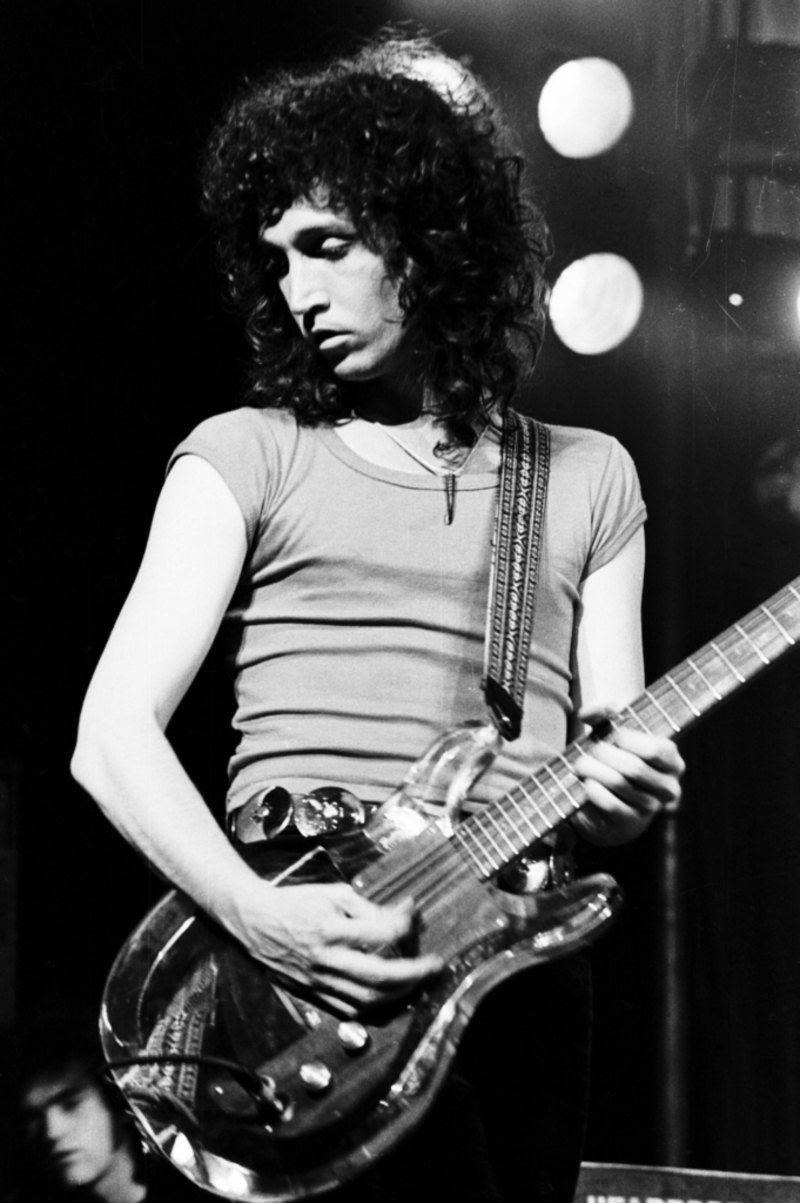
All in all, the band, which was formed in 1976 is considered to be one finest and most accomplished group of musicians to walk the earth. Their writing style is strongly related and their amazing instrumentation got them inducted into the Rock and Roll Hall of Fame.
Lou Reed
Singer and guitarist Lou Reed is the man behind the super avant-garde rock band Velvet Underground. He of course has had a wildly successful career outside of that. His music has been accredited for shaping the evolution of new wave music and punk rock, making him one of the most influential rock musicians in history.
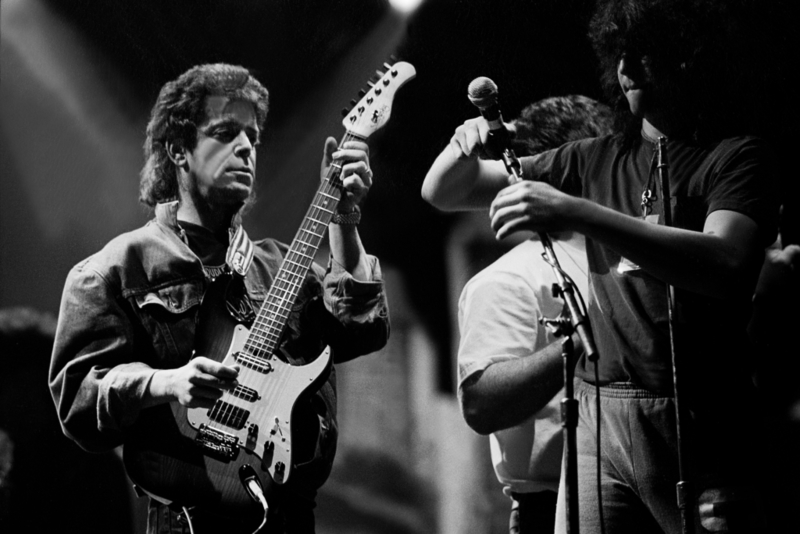
Lou Reed’s traditional guitar styles fused with dark psychedelia on songs like “Sister Ray has earned him a spot on the Rolling Stone Magainze’s list of 100 Greatest Guitarists.
Nels Cline
Nels Cline, the American guitarist and composer from the band Wilco has a had an illustrious and rich career long before joining the band in 2004. During the 1980s, Cline was mostly playing Jazz, collaborating with his twin brother who is a percussionist. The guitarist has collaborated with musician from a range genres such Thurston Moore and Mike Watt.
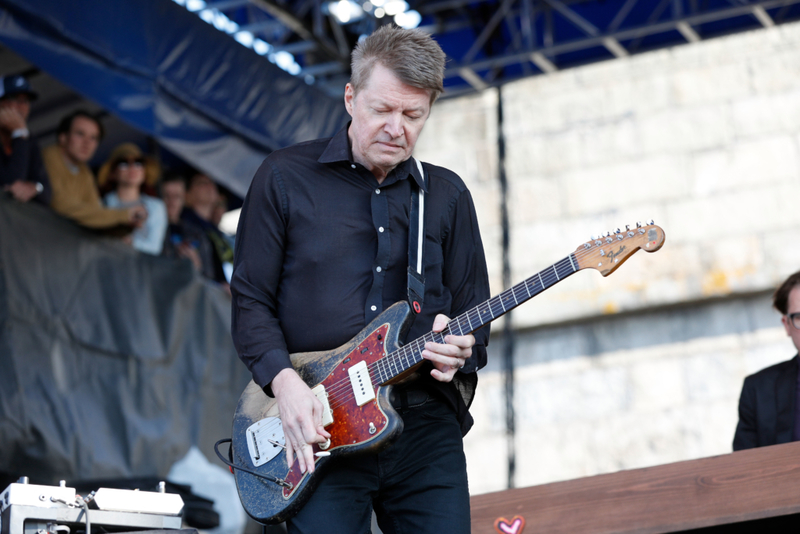
Rolling Stones Magazine named the 82nd greatest guitarist of all time His best known guitar work can be heard in Spiders (Kidsmoke),” and “Impossible Germany”
Adam Jones
Adam Jones, who actually went to the same high school as Rage Against the Machine’s Tom Morello, must have also caught the rock bug. As the lead for the iconic progressive metal band Tool, Jones is one of the prominent figures in combining progressive rock melodies with a psychedelic flavor. Tool’s masterful musicality as earned them four Grammy Awards.
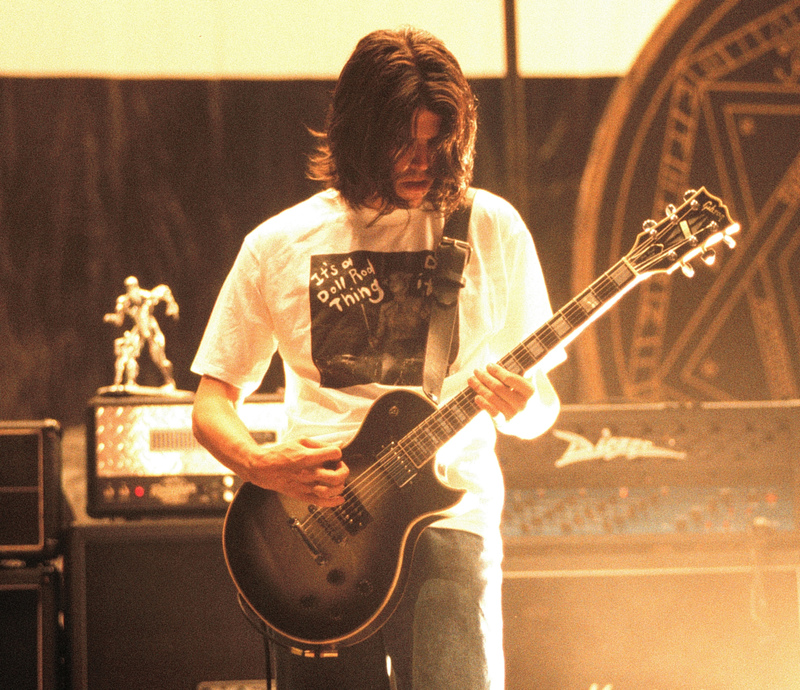
Formed in 1990, the band has produced only six albums in their 30-year career. They released their sixth album ‘Fear Inoculum’ in August of 2019, thirteen years after 2006’s ‘10,000 Days’.
Elvis Presley
The King of Rock & Roll, is simply a cultural icon of the 20th century. Born in Mississippi, the musician instantly became a pioneer of country music fused with rhythm and blues. At the peak of Elvis’s career, his high-energy and provocative performances launched him into worldwide hysteria. He music has influenced many across racial divides has made him the one fo the most popular musicians in the world.
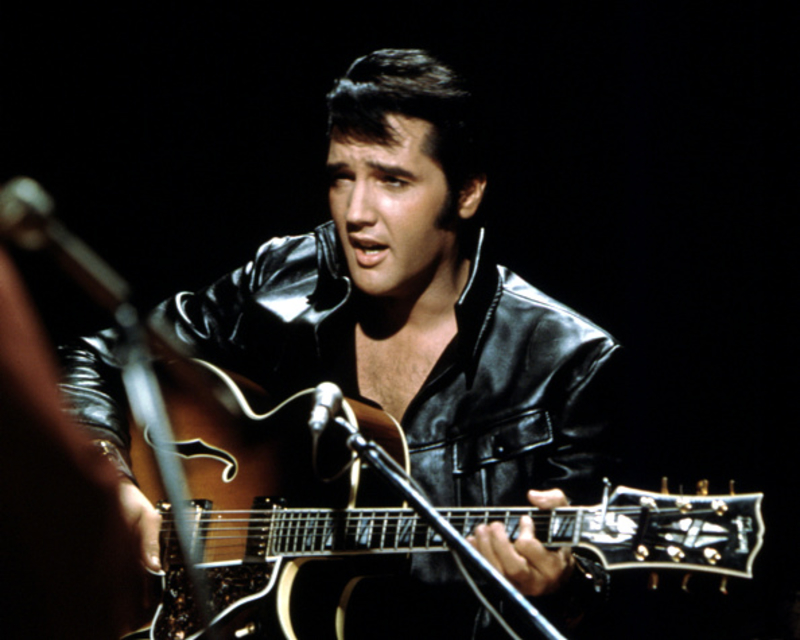
As the king of rock, he had the best selling music career in the world. Presley went on to acquire an unimaginable amount of awards and was even recently bestowed the Presidential Medal of Freedom by President Donald Trump in 2018, years after his passing. “Jailhouse Rock” is required listening for any rock and roll fan.
Kim Thayil
It wouldn’t be right to acknowledge Kurt Cobain without taking a moment to praise the equally talented and grungy band Sound Garden and their lead guitarist Kim Thayil. Thayil, together with Chris Cornell and Hiro Yamamoto, went on to become the first-ever grunge band to sign to a deal with a major label. Their songs “Spoonman” and “Black Hole Sun” earned them major commercial success, a spot on the Billboard 200 and a Grammy.
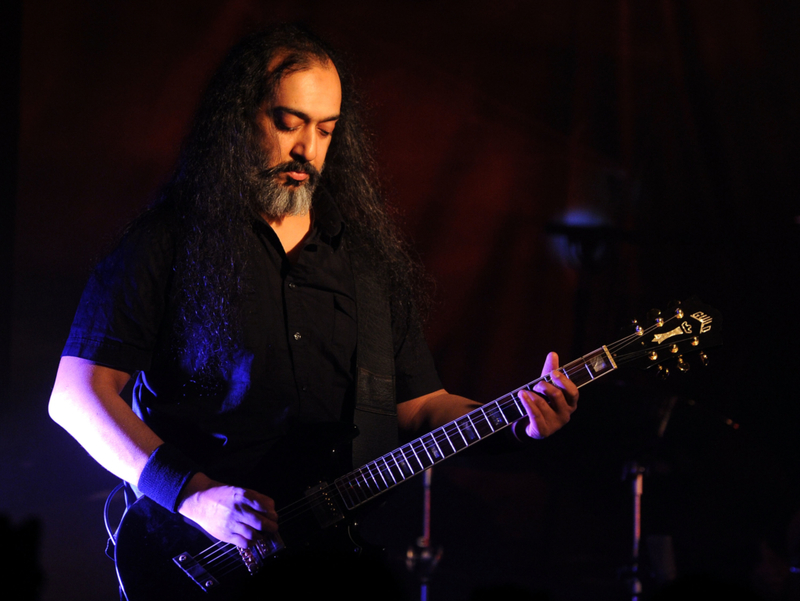
Interestingly enough, calling them a grunge band might be upsetting to hear for the band, Thayl insisted that is was all just marketing “It’s called rock and roll, or it’s called punk rock or whatever. We never were Grunge, we were just a band from Seattle.” In 2017, the band stopped working due to the death of Cornell. According to Music Radar, Thayil and the remaining members have been trying to finish an album.
James Hetfield
The lead vocalist, songwriter, and rhythm guitarist for the heavy metal band Metallica is famous for his intricate rhythmic riffs, fast tempos, and aggressive riffs. Their albums, ‘Kill ‘Em All’ and Ride the Lightning’, made them a household name. From their ten albums, the band has had every single go certified platinum by the RIAA. Their 1991 eponymous album was certified Diamond.

For some good solid metal with the Hetfield’s quintessential delicate pickings, listen to “Fade to Black”, “Seek and Destroy,” “Master of Puppets”
Peter Buck
The co-founder and lead guitarist of one of the most loved alternative rock bands of all time, R.E.M has been praised for his work in the band and outside of it. Still, he is mostly recognized by his band which he formed with Michael Stipe and Mike Mills. Nirvana and Pavement described R.E.M. as a pioneer of the alternative rock genre.
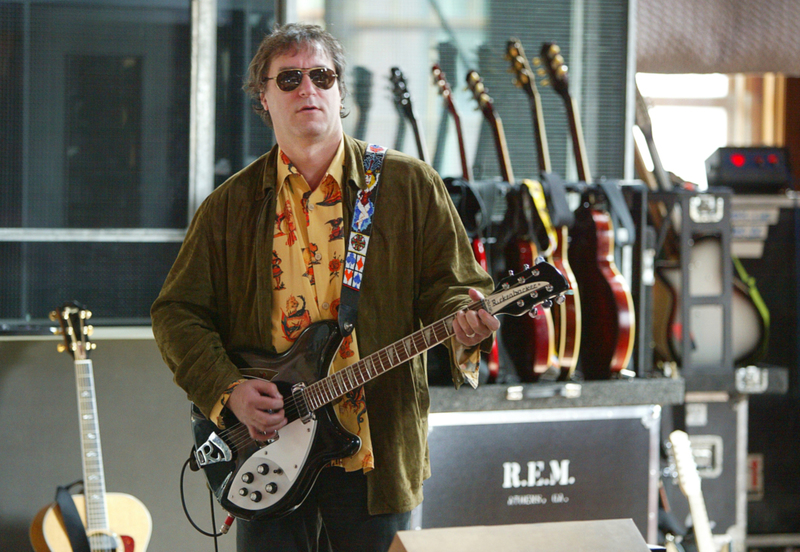
The band received seven nominations at the 34th Grammys for their 1991 album ‘Out of Time’, while the hit song “Losing My Religion” reached number four on the Billboard Hot 100. The band retired in 2011. To feel the full force of Peter Buck alternative 90s stylings, to “Out of Time”, “Nightswimming,” and “It’s the End of the World as We Know It (And I Feel Fine).”
Mike McCready
Formed in Seattle, Washington in 1990, Pearl Jam was the essential band of that time. While frontman Eddie Vedder had a lot to do with that, it was also due to guitarist Mike McCready whose midtempo melodies in songs like “Alive” and “Even Flow” kept the moshers goings.
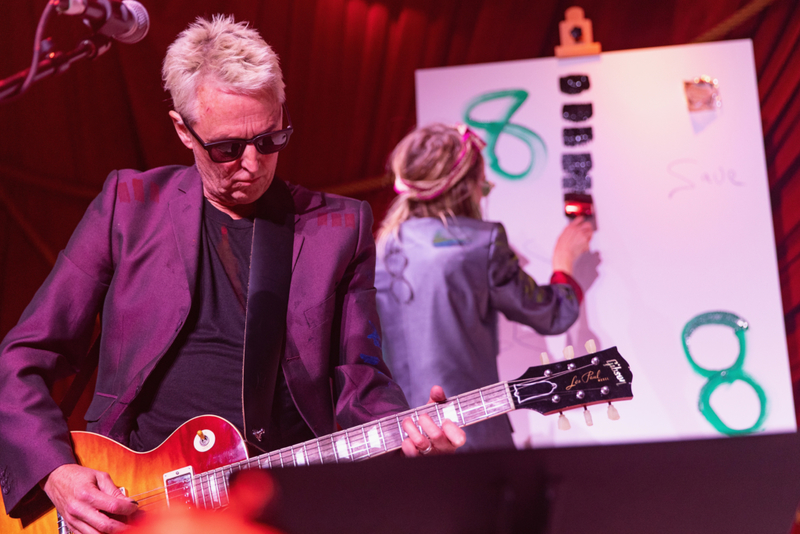
Pearl Jam first burst into the mainstream music scene with its 1991 debut album “Ten”, and helped popularize grunge music in the early ’90s. They are also known for often undertaking tough issues such as the environment, foreign politics, and world hunger and putting it into their music.
Glenn Frey
Glenn Frey was one of the founding members of The Eagles. In addition to lending his great guitar skills, Frey wrote most of their iconic songs such as Take It Easy and Heartache Tonight, making one of them one of the symbolic bans of the California soft rock sound. The Eagles were formed in Los Angeles in 1971 and went on to become one of the world’s best-selling bands, with over 200 million records sold.
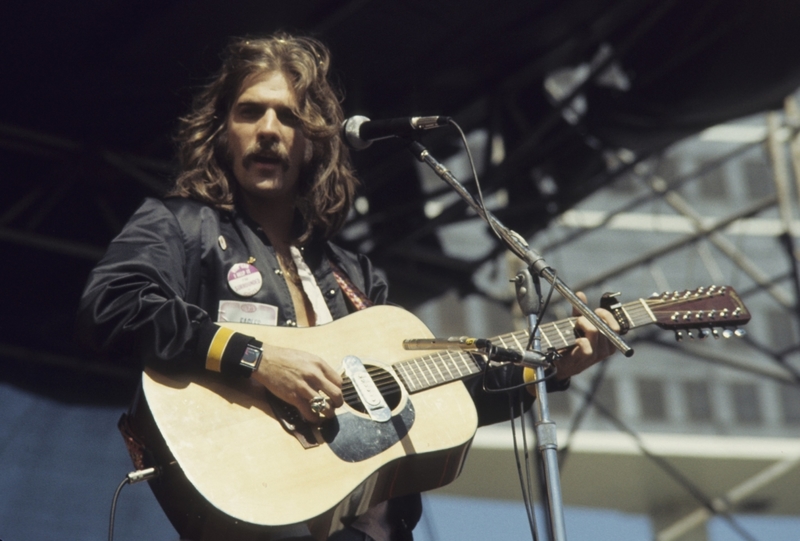
Their iconic and undying ‘Hotel California’, this band is one of the only musical teams on our list that is still actively touring today! Today they are still touring the United States and playing their iconic greatest hits.
Gary Rossington
The New York-born musician, born in the year 1951, grew up to form the iconic Southern rock band, Lynyrd Skynyrd created became a staple of the American rock lover. Rossington was also a founding member of the Rossington Collins Band, along with former bandmate Allen Collins.

Gary Rossington’s guitar stylings were felt most in “Sweet Home Alabama” This patriotic American hit is the band’s most known song to date and widely thought to be the quintessential classic rock song of all time.
Jack White
Leader of the two-man band, White Stripes, Jack White created the band in 1997 along with his sister percussionist and singer sister, Meg White. The guitarist, vocalist, singer, and pianist shot to fame in 2002 with their hit song “Seven Nation Army” expertly reviving garage rock with a signature opening riff that can instantly be recognized to this day.
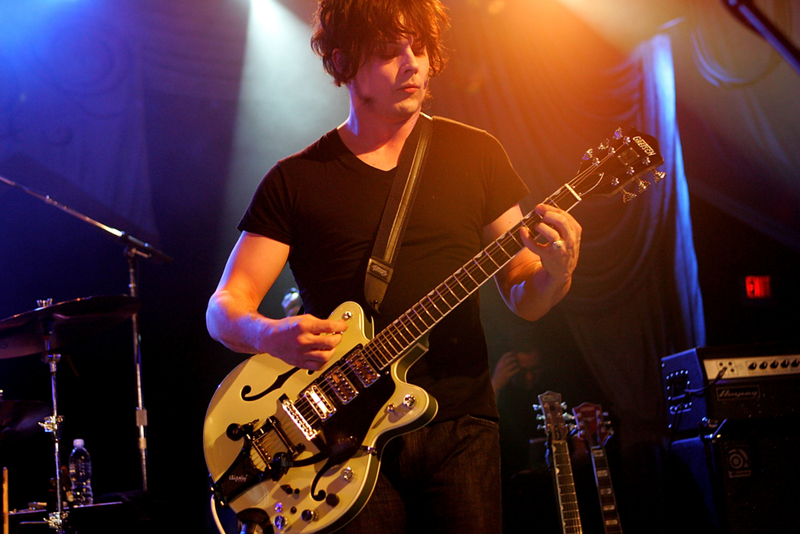
The Detroit born musicians were on a roll but disbanded in 2011 and have been inactive since. They will be remembered for their simple yet unique composition and arrangements. Their three last albums got them a Grammy Award for Best Alternative Music Albums. To get a feel for The White Stripes, listen to”Fell In Love With A Girl.”
Allison Robertson
Allison Robertson has played guitar in rock bands Chelsea Girls and The Donnas. Her first band was Ellen and Rae, formed with her sister in 2006. The sisters came from a musical family in the LA-area.
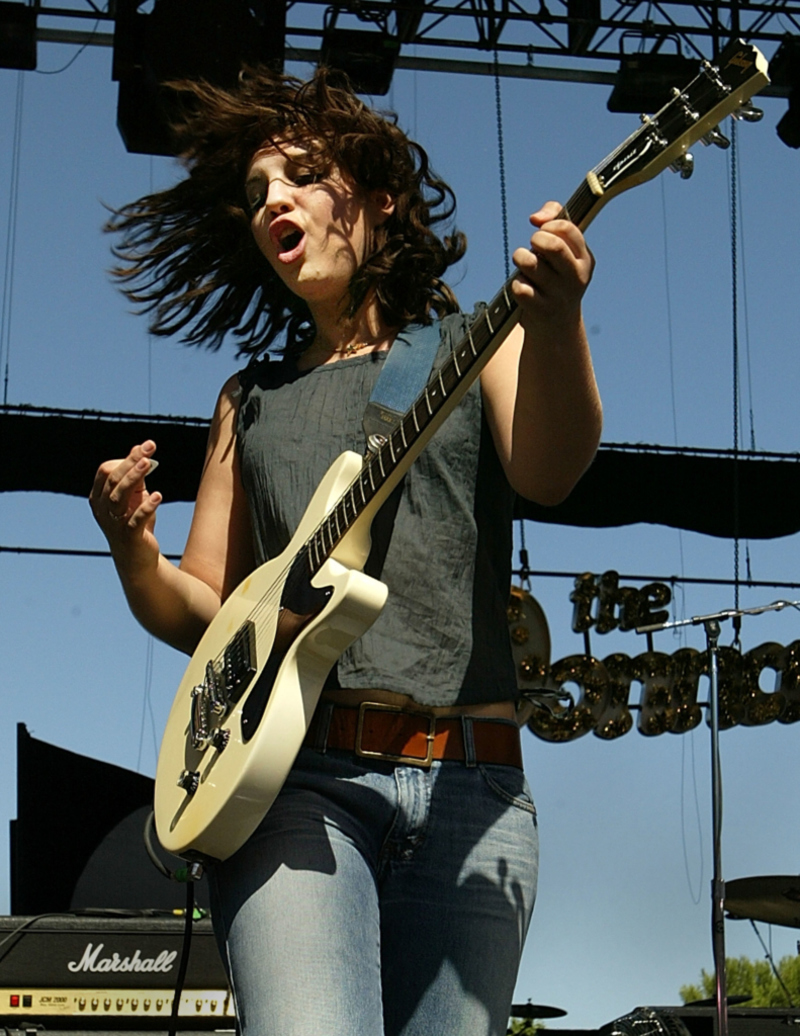
Their mother worked for publishing companies like A&M Records, and their father worked as a Hollywood songwriter.
John Fogerty
The frontman and lead guitarist behind the California based band, Creedence Clearwater Revival started out with humble beginnings. Arriving on the tail end of the rock scene, their synthesis of rockabilly, swamp pop, R&B, and the country resulted in great breezy listening, making them a huge success at the time. Fogerty’s notable achievements as a multi-talented vocalist, songwriter, and of course, guitarist, got him into Woodstock and The Rock and Roll Hall of Fame.
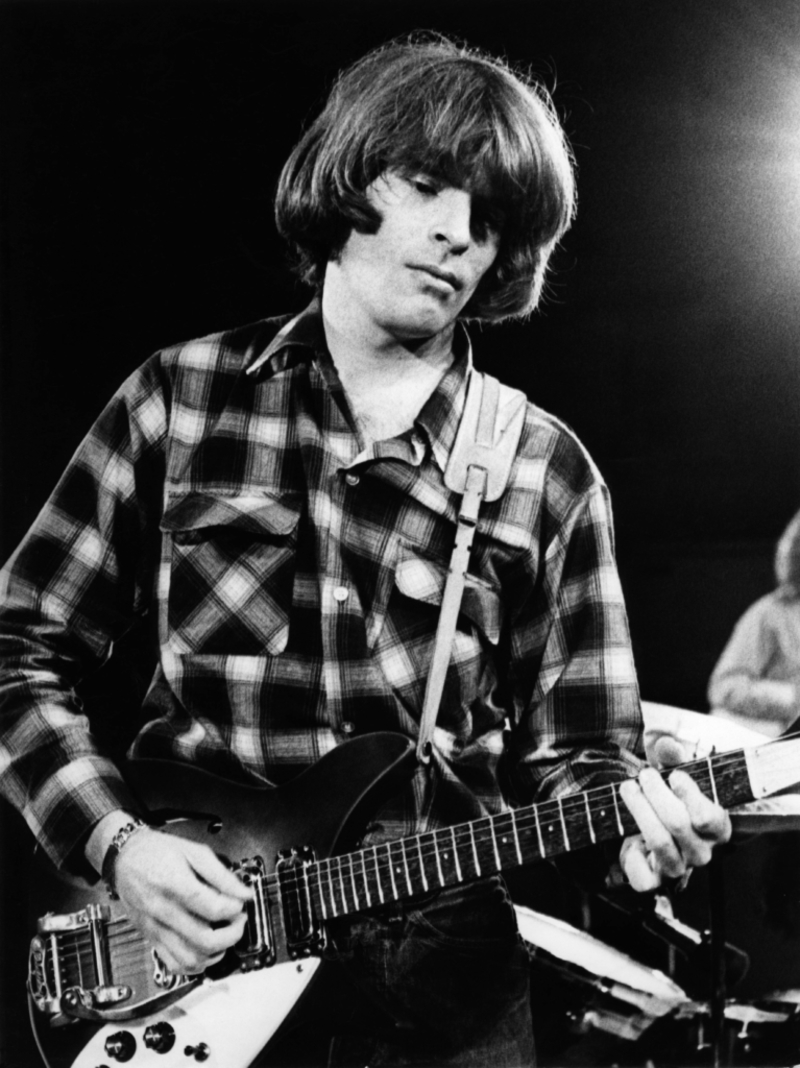
The band’s most powerful song, “Proud Mary / Born on the Bayou” was composed on the very day that Fogerty was discharged from the military. It subsequently became their most popular song.
Roger McGuinn
Known for his pioneering guitar stylings in the band The Byrds in the mid-60s’, Roger McGuinn combined the “jingle jangle” influences of the Beatles and other traditional folk bands with more free-jazz tones and psychedelic rock. This sounds can most be recognized on their first single, “Eight Miles High” from 1966. The rocker was inducted into the Rock and Roll Hall of Fame for his work with the band. Check out the song “Mr. Tambourin” for the full Mcguinn experience.
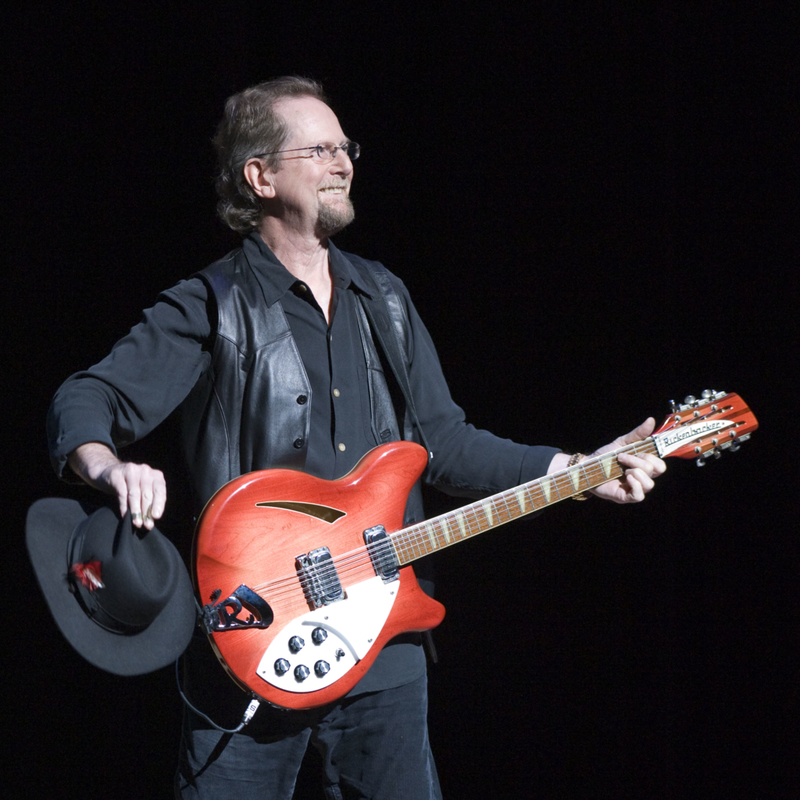
Post The Byrds, Mcguinn kept up with an active solo career, mostly touring and opening up for fellow rock musicians. His most notable post-Byrds album was his 1977 LP titled Thunderbyrd.
Bruce Springsteen
While Bruce Springsteen may not be known for his technical prowess like Stevie Ray Vaughn, he certainly knows how to rip the emotion out of those strings. The Jersey-born musician has had a lengthy and incredibly successful career. Known for being a political poet and giving electric performances, his songs encapsulate the experience of what it means to be a working-class American.
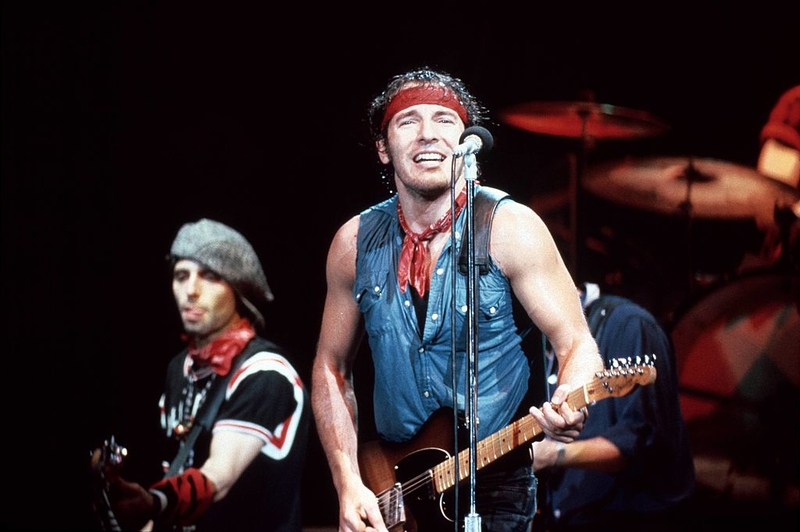
His most critically acclaimed album, Born in the USA from the year 1984 has made him one of the most successful rock musicians in history. To get the best taste of Springsteen’s guitar skils, listen “Kitty’s Back,” from “Backstreets.”
Steve Jones
This self-taught guitarist was born in London to his single mom who was a hairdresser. Jones had a pretty rough childhood and has admitted that he was functionally illiterate until his 40s. That didn’t matter in the world of punk music as Jones, one of the Rolling Stones Top 100 Guitarists taught himself guitar a few months before joining the supergroup punk band, The Sex Pistols.
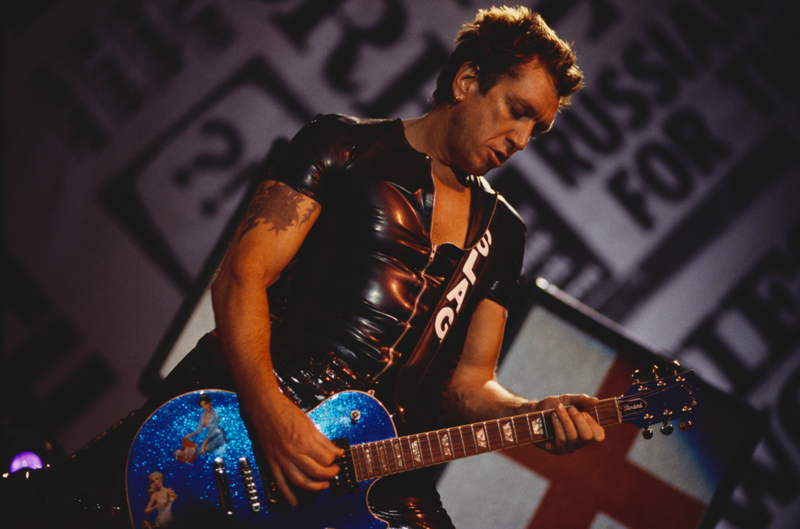
Known for those abrasive typically British punk chords that matched up perfectly with the rough vocal stylings of Jonny Rotten, Jones leaves a legacy of incredible riffs, particularly on the record 1977’s Never Mind the Bollocks. The guitarist then created the band The Professionals with his former and bandmate Paul Cook before moving onto collaborate with greats like Iggy Pop and Bob Dylan. In between that Jones.
Thurston Moore
Sonic Youth, the noisy alternative band of rockers had Thurston Moore to thank for their distinct sound. Ranking at number 34 in the Rolling Stone ‘ s 2004 edition of the “100 Greatest Guitarists of All Time, Moore’s style pioneered the indie rock sound of a range noisy mixup of sounds. The guitarist was initially in the band Even Worse, honing his punk skills. On leaving the band, Moore ventured into some experimental guitar.

In 1980 he met Kim Gordon at a gig he was playing in. Anne Demarinis and Dave Keay soon followed and after some deliberation over names, the initial members became Sonic Youth. Moore also has a lot of credits outside his band and has even composed for a few movies such as Heavy (1995), Bully (2001), and Manic (2001).
Lindsey Buckingham
Fleetwood Mac’s axeman, Lindsey Buckingham brought his banjo strumming vibes into the rock world. In his own words, “you do what you can to get the sound you want.” He was doing precisely that, simultaneously making the band the iconic band the band of the late 60s and 70s. Buckingham’s first attempt at guitar was on a Mickey Mouse guitar, strumming along to his brother’s records. By 13, he was deep into folk music, influenced by the Kingston Trio.
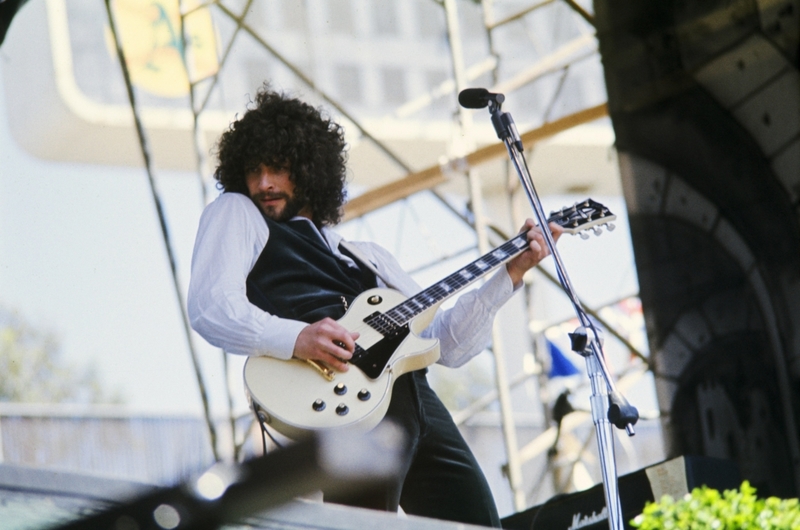
In 1966, Buckingham found himself in a psychedelic rock band named The Fritz Rabyne Memorial Band as a singer and bassist. With a few modifications and the addition of Stevie Nicks, Fleetwood Mac was born and so was a legend.
Buddy Guy
George “Buddy” Guy, born in Louisiana in 1936, is an American blues guitarist and singer. A true advocate of Chicago blues, his influence on many musicians and guitarists is undeniable. Artists who have cited him as an influence include the likes of Eric Clapton, Jimi Hendrix, Jimmy Page, Keith Richards, Stevie Ray Vaughan, and the late Jeff Beck – and all of those artists went on to be a part of a group we know as “the greatest guitarists of all time.”
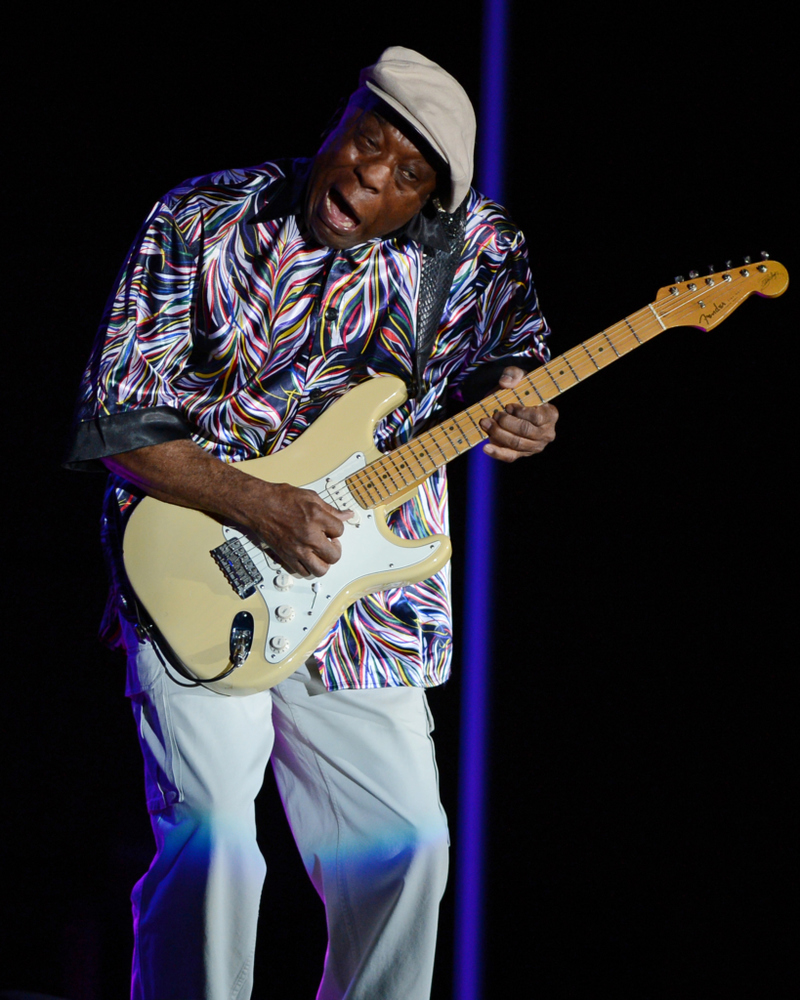
For the young George, it wasn’t long before he was kicked out of his home – this was owing to the fact that all he did was make a lot of noise! This reputation seemed to precede him, with many record executives early on saying his style was “just a bunch of noise.” But over time, his style became more refined and his bluesy music became all the rage! If you’re curious, definitely have a listen to “Stone Crazy” and “First Time I Met the Blues.”
The Edge
David Howell Evens, better known as The Edge, was born in Essex, England on August 8, 1961. An Irish musician, he’s also the lead guitarist for the legendary rock band, U2. Like many great musicians and guitarists, Evens is self-taught. Many recognize the fact that this private journey with the guitar contributed greatly to his unique sound and style. Given the nickname “The Edge” from a young age, he’s definitely imparted a few pearls of wisdom since joining U2 in the late 1970s.
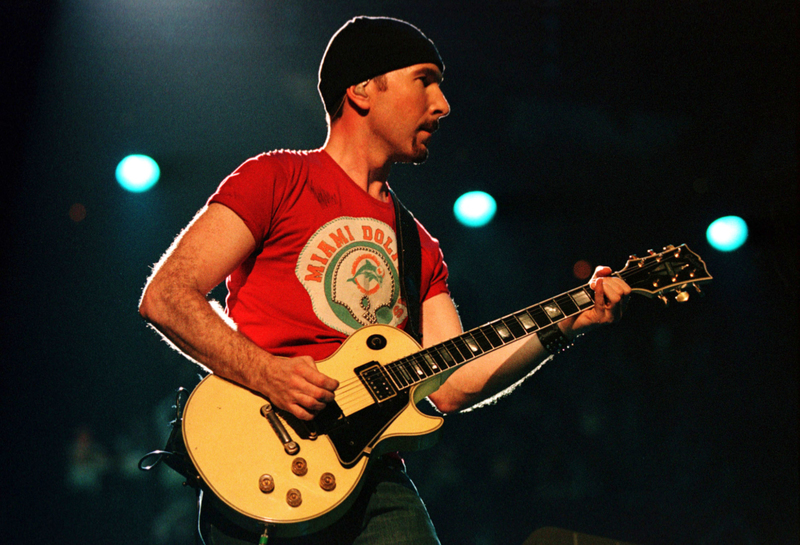
One of our favorites is his reflection on the classic hit “With or Without You”: “I don’t like to be inefficient if I can get away with it. Like at the end of ‘With or Without You.’ My instinct was to go with something very simple… there’s this power to it which I think is even more potent because it’s held back”. He definitely knows how to play his guitar.
Willie Nelson
With a stellar career, 86-year-old Willie Nelson is a singer, songwriter, musician, actor, producer, author, poet, and activist. Born in Texas in 1933, Nelson sure has come a long way from his cotton-picking and bible-selling days. Critical and commercial success was won for Nelson with his albums Shotgun Willie, Red Headed Stranger, and Stardust. A bit of a “country outlaw” due to his rebellion against the conventions of the Nashville sound, his music style is pretty unique.
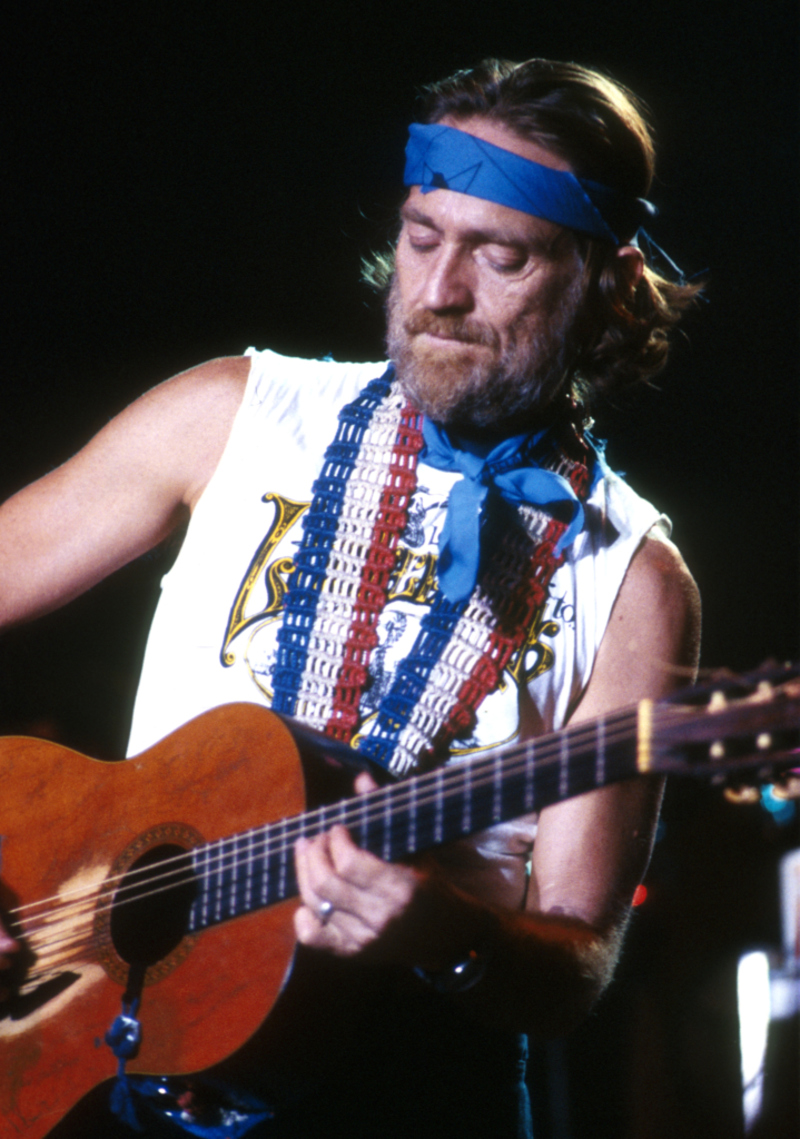
Not to mention he’s been in over 30 films, co-authored several books, and been an adamant activist for the use of biofuels and the legalization of marijuana. One thing has stayed constant, however, over the past 60 years – his guitar, “Trigger,” pictured above! Sure, “Trigger” has had a few stints in guitar hospital over the years, but she’s stuck it out with Nelson.
Billy Gibbons
ZZ Top was one of those all-American bad-boy type rock bands that wrote about women, booze and rock and roll. Born in Houston, Texas, “The Reverend Billy F. Gibbons” is, of course, best known as both the lead guitarist and singer of the band ZZ Top. He started off in Moving Sidewalks and actually opened for the Jimi Hendrix Experience (as well as enjoying a brief friendship with the legend). Sure, sounds impressive – but this kid had a father who was a maestro.
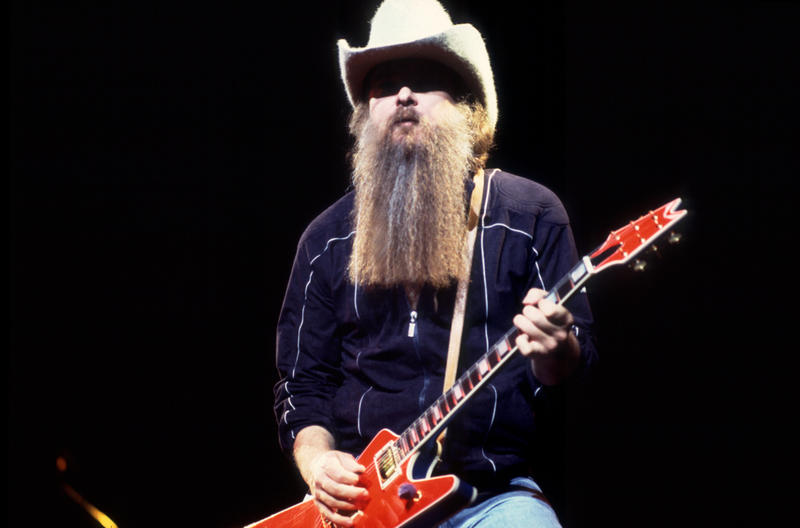
His parents encouraged his musical side, taking him to see Elvis in concert, as well as B.B. King in the studio. With these experiences under his belt, he had the ideas and insider-knowledge to form ZZ Top by the age of 20. “Tush”, “Legs” and “Gimme All Your Lovin’” are some of the stand-out tracks. Guitar-wise, well, you can’t go past his steady guitar in “La Grange.”
Jeff Beck
Born in the 40s, this old rocker was one of the three notable guitarists to have played with The Yardbirds (the others include Jimmy Page and Eric Clapton). But Beck moved on from The Yardbirds to form The Jeff Beck Group, then Beck, Bogert & Appice. Beck has always had more of a focus on instrumental output, particularly on creating innovative sounds: he’s covered lots of bases, with genres from blues-rock and hard rock over to electronica.
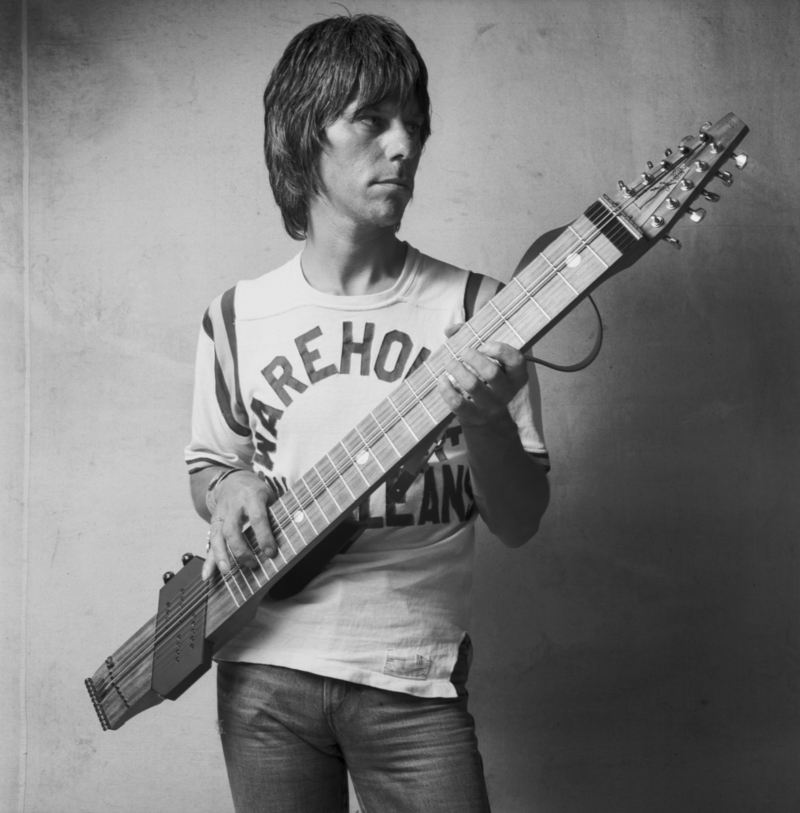
Despite his huge talent and hit albums, Beck didn’t quite reach the sustained commercial success of many of his ex-bandmates and contemporaries. But in saying that, he’s definitely collaborated with lots of great musicians, including Rod Stewart, Mick Jagger, Tina Turner, Jon Bon Jovi, Stevie Wonder, Roger Waters, Brian May, ZZ Top, and the list goes on. When you’re next on Spotify or surfing Youtube, look up Jeff Beck’s hits: “A Day in the Life,” “I Ain’t Superstitious” and “Heart Full of Soul. ” You’ll be in awe of this innovative soul’s way with mixing sounds and creating something unique. In January 2023, Beck sadly passed away.
Keith Richards
Keith Richards is perhaps one of the most recognizable guitarists in the world; he’s the guitarist, secondary vocalist and co-principal songwriter of The Rolling Stones. Rolling Stone magazine wrote of Richards as the creator of “rock’s greatest single body of riffs” on the guitar. This guitar legend was born in Kent, England in 1943, and it seems music was in his blood: his maternal grandfather, Augustus Theodore “Gus” Dupree actually toured Britain with a big jazz band – and it was Dupree who gave Richards his first guitar. In a funny childhood story, Dupree had a guitar on a shelf that Richards couldn’t reach, and bet him that if he could reach it, he could have it. Over time, Richards devised methods in retrieving the guitar, until finally getting hold of it.
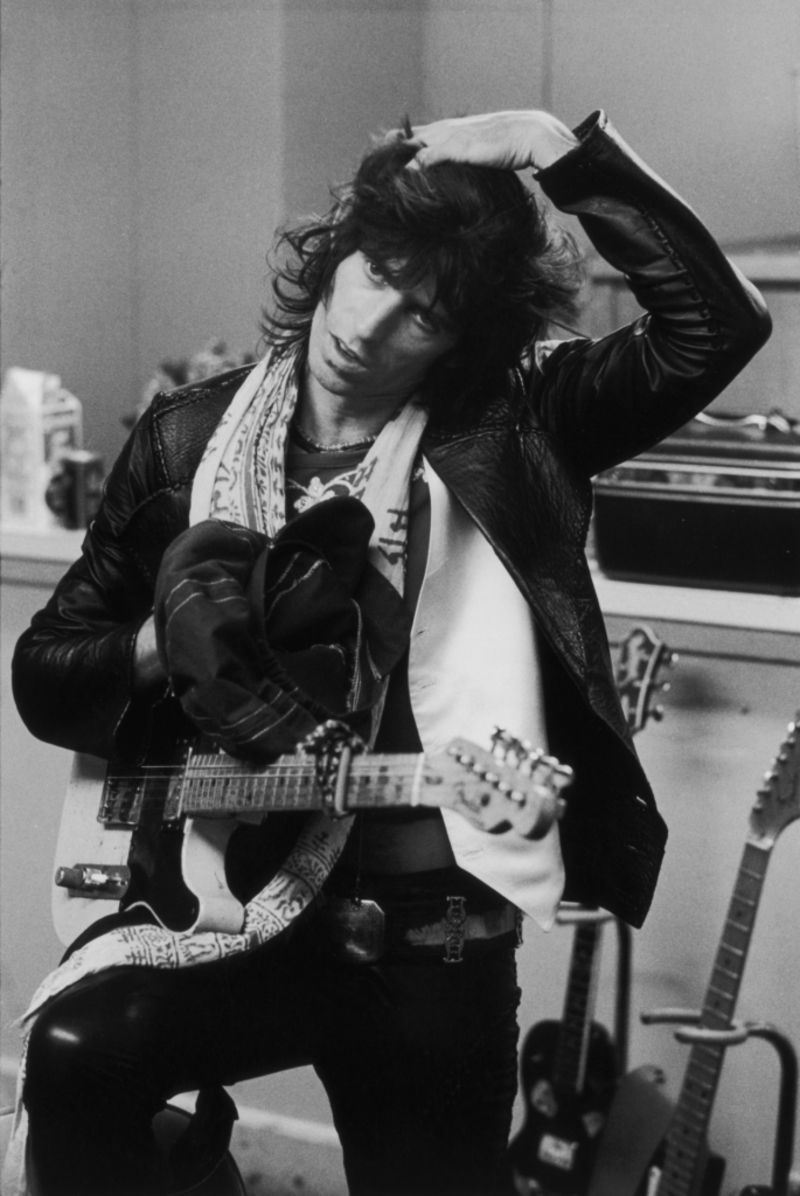
From that point on, Richards’s lessons began. But while his grandfather encouraged his musical discovery, his father was against his son’s musicality. We’ve heard this story before, right? Regardless, fast forward a few years and Richards is one of the most extraordinary guitarists ever, creating his own unique style via tuning of his guitar. Similar to Van Halen, Richards’s music is imitated and copied, but just doesn’t sound the same when it isn’t his fingers plucking and strumming. Songs like “(I Can’t Get No) Satisfaction”, “Gimme Shelter”, and “Paint it Black” are all testaments to his work and craft.
Neil Young
Neil Young is a legend. And a legendary Canadian. He decided that music was his passion, moving to Los Angeles in the 60s. Subsequently, he formed Buffalo Springfield. His tenor voice, guitar skills and hard-hitting, personal lyrics created a musical assault of sorts – and won him millions of fans worldwide. Some trivia for you: did you know that during his early days with Buffalo Springfield, he was diagnosed with epilepsy? So really, are there any excuses to not learn the guitar?
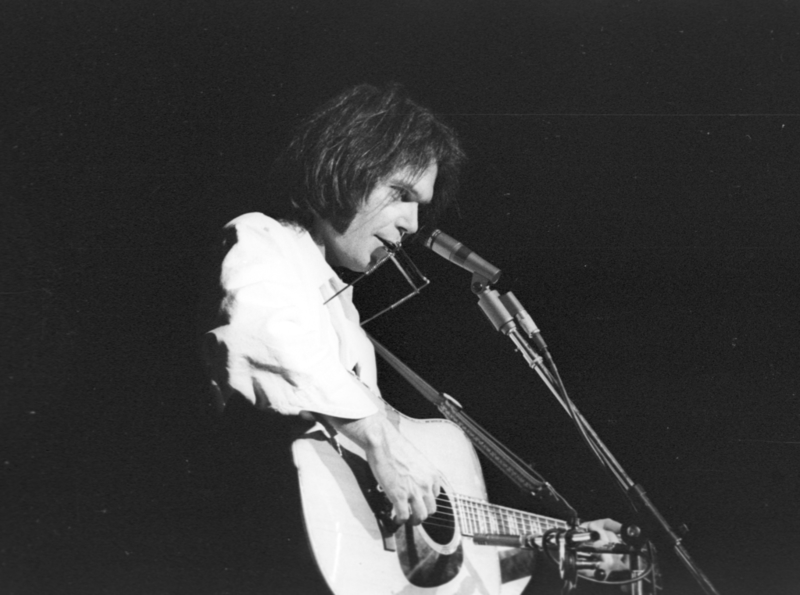
Young was a musical prodigy from an early age and was exposed to the likes of his idol Elvis Presley, as well as Chuck Berry, Fats Domino, Johnny Cash, and Roy Orbison. He taught himself to play on a plastic ukulele, which progressed to everything BUT a guitar! Following success with Buffalo, he went solo for a year before reuniting with former bandmate Stephen Stills. He went between being in a band and performing solo but was successful in every endeavor.
Scotty Moore
Now, not many can say they’ve jammed with “The King”, Elvis Presley. Scotty Moore, however, is one of the very few exceptions. Born in Gadsden, Tennessee, Moore had been with Elvis since they were teens. The two, alongside bassist Bill Black, would form a trio that would change music forever. The trio didn’t actually have a designated drummer, which put more pressure on Moore to deliver and add some rhythm and foundation.
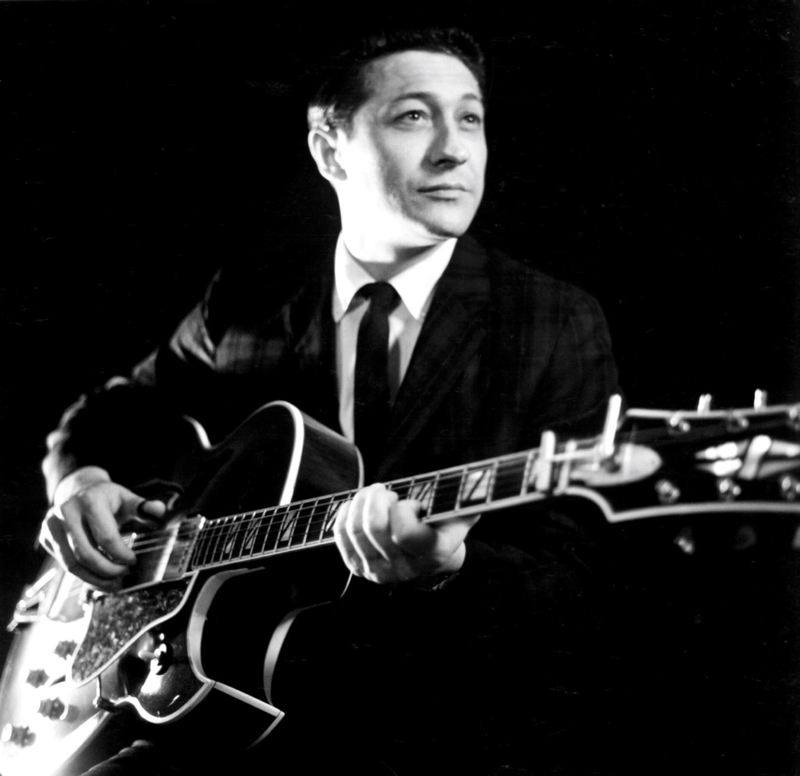
One night in June 1954, when the three were just jamming and mucking around, they came across a sound that would define them. It was the “slapback” echo effect, which led to the song “That’s All Right.” It was the beginning of a new chapter and the making of history. Moore was there for Elvis during his highs and lows, helping him during his comeback in 1968.
Prince
Born in Minneapolis in 1958, Prince was an absolute guitar extraordinaire. At age seven he was writing songs, and his very first was titled “Funk Machine.” Sure, critics love to compare artists, trying to look for similarities or maybe just to tell them they’re copycats.
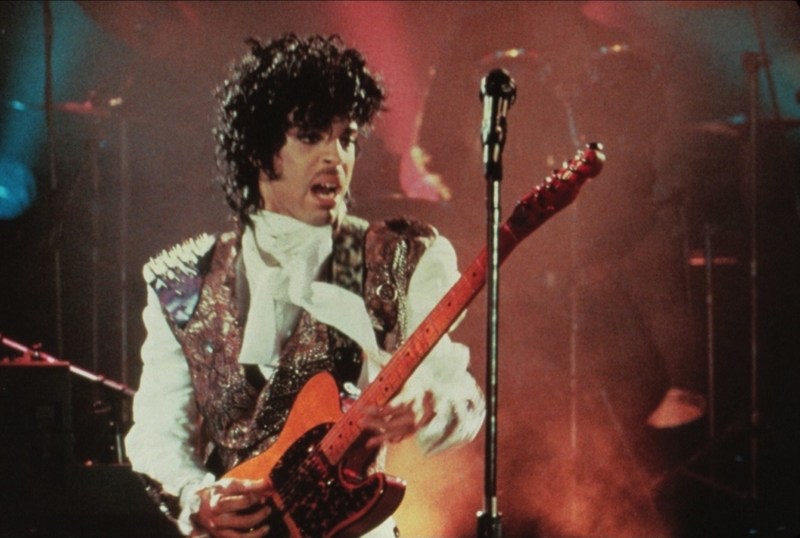
In Prince’s case, music reviewers have said they hear the sounds of Hendrix in his music, but Prince disagreed with these claims, saying: “If they really listened to my stuff, they’d hear more of a Santana influence than Jimi Hendrix.” Indeed, Prince is known for his melodic riffs. If you’ve not heard Prince in a while, go on, treat your Spotify followers to “When Doves Cry,” or maybe even to his solo in “Purple Rain.” Timeless.
Kurt Cobain
Born in Aberdeen, Washington in 1967, it seemed like it was destiny for Cobain to pick up the guitar. On his 14th birthday, his uncle offered him a bike or a used guitar. We’re sure you can guess what he chose. Fun fact: Elvis was given a similar choice, albeit the fact he was offered a rifle over a bike! The 20-year-old Cobain, alongside Krist Novoselic and Aaron Burckhard, formed the band Nirvana.
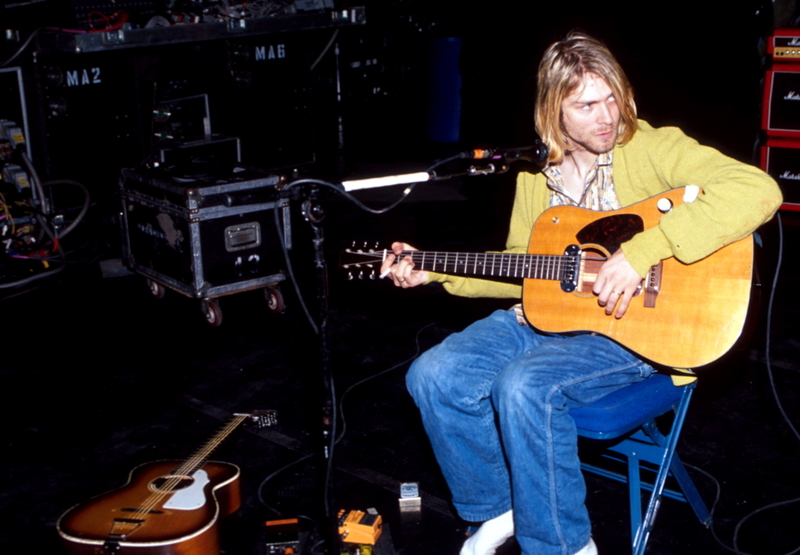
Success was found in the 90s anthem “Smells Like Teen Spirit” on their album Nevermind. Nirvana was known for their sense of balance in music, playing songs that were loud and heavy-metal-esque, as well as others which were quieter and more melodic. The band was and still is considered a pioneering force in grunge music. Sadly, this “Generation X” icon’s life was cut too short; he took his own life in 1994, at the young age of 27.
Buddy Holly
Charles Hardin Holley, better known as Buddy Holly, was born in Lubbock, Texas on September 7, 1936. An American musician and singer-songwriter, Holly is widely recognized as a central, pioneering figure in the mid-1950s rock and roll. Growing up in a musical family during the Great Depression, the “Peggy Sue” singer learned the guitar and to sing alongside his siblings. Gospel, country and rhythm and blues all heavily influenced his style, and even opened for Elvis Presley!
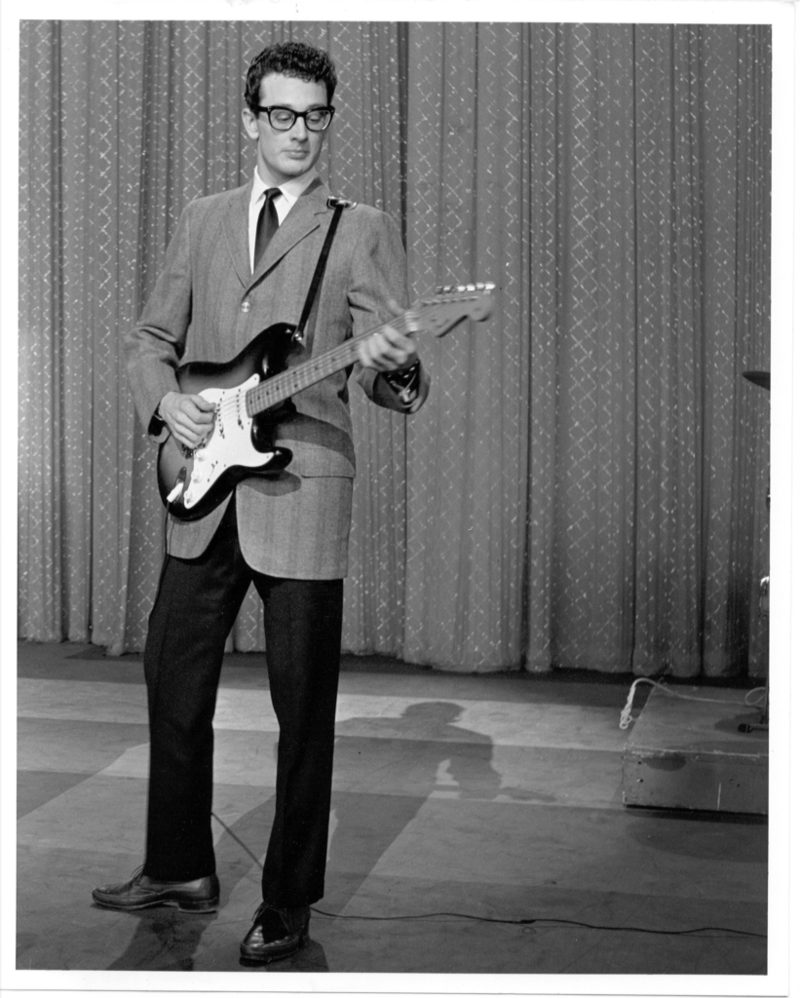
He’s one of the first-ever to form what we know now as a “rock band” – his high school band featured bass and drums while Holly sang vocals and played guitar. Sadly, however, this musical genius lost his life too soon. In early 1959, Holly rustled up some troops – a new band – and they were scheduled to fly to Minnesota. Soon after takeoff, the plane crashed, taking his life and three others. This tragedy in fact featured in Don McLean’s “American Pie”, referring to it as “The Day the Music Died.” Now that’s a tribute.
Frank Zappa
Self-taught composer and performer Frank Zappa was born in Baltimore, Maryland in 1940. A talented multi-instrumentalist, his work was characterized by nonconformity, and his style was difficult to categorize. In high school he wrote classical music while simultaneously playing drums in an R&B band. He then moved on to the electric guitar.
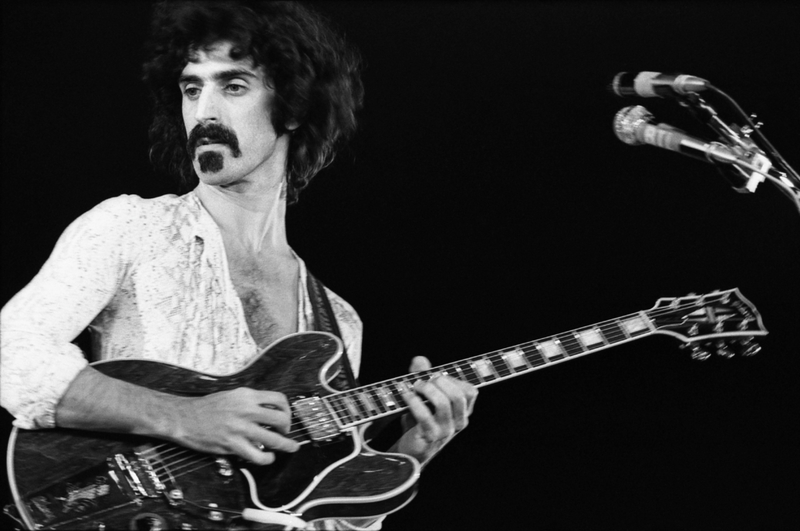
His experience led to his 1966 album with the Mothers of Invention, titled Freak Out!, which combined conventional rock with improvisation and studio-generated sounds. Zappa’s rejection of structure and established social norms led him to be described as the “godfather” of comedy rock. He really sought the upper limits of what a guitar can do, showcased in “Shut Up ‘n’ Play Yer Guitar,” a 1981 solo album. Sadly, Zappa died of cancer, at just 53 years of age.
Pete Townshend
Born in Middlesex, England on May 19, 1945, Pete Townshend is undoubtedly one of the greatest guitarists of all time. A Pat McEnroe of the music world, it’s said that he was the first guitarist ever to smash his guitar onstage. Seems he set a bit of a trend – we find smashed guitars all over the place after rock concerts. The poor guitars! His controversial ways make him a “bad-boy” type who always seems to wind up on these great guitarist lists.
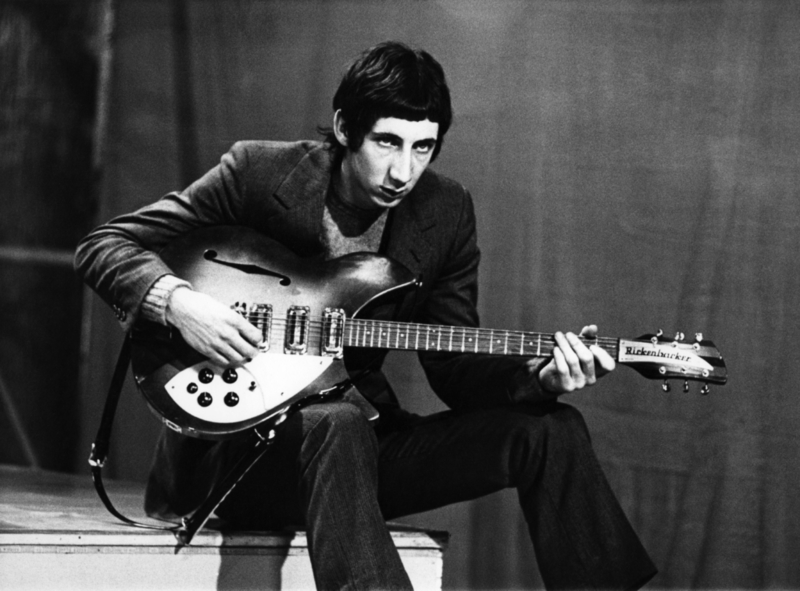
Best known for being a part of The Who, it is somewhat ironic that despite his successful solo career later on, while he was a part of the band, he never actually had a solo. The Who’s sound was heavier with drums and bass as opposed to guitars – almost as though Townshend was on a leash. And what creative genius wants to be restricted? But hey, songs like “My Generation,” “I Can See for Miles” and a cover of “Summertime Blues” are all a part of his discography.
Muddy Waters
McKinley Morganfield, better known as “Muddy Waters,” was an outstanding American blues singer-songwriter and musician, who’s earned the title of “father of modern Chicago blues”, born in Issaquena County, Mississippi on April 4, 1913. At 17 he was a whiz with the harmonica and guitar, looking up to local artists Son House and Robert Johnson. In 1943 he made the move to Chicago and recorded his first records for Columbia Records.
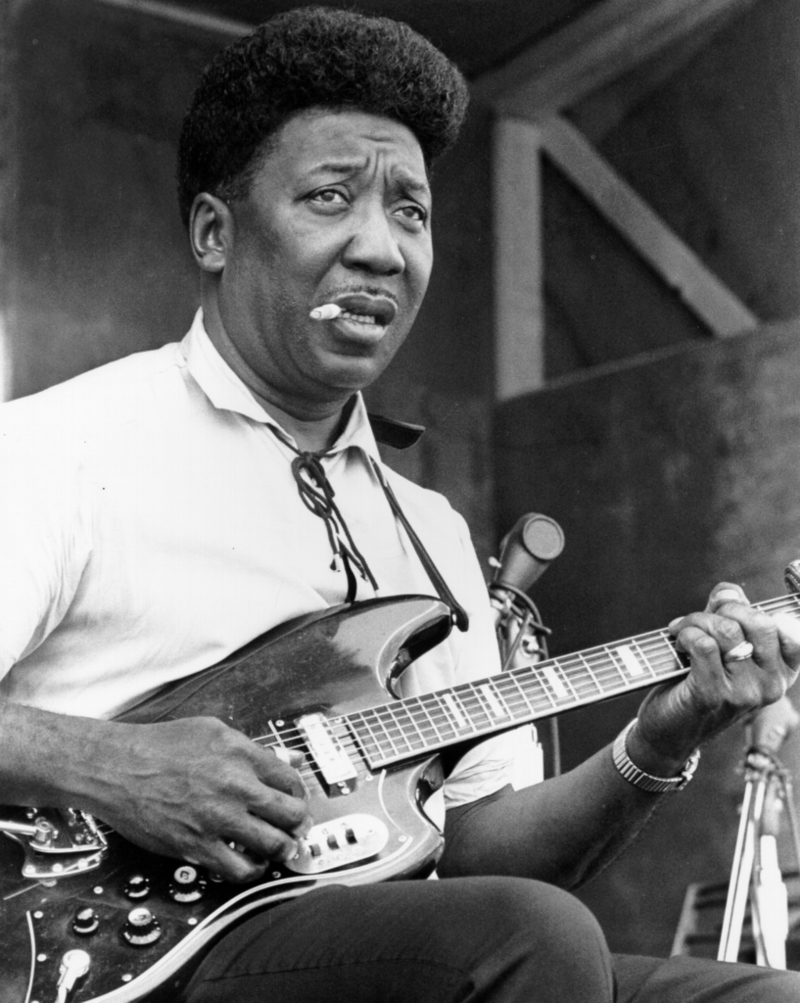
Fun fact: The Rolling Stones actually named themselves after Waters’ 1950s song, “Rollin’ Stone.” Now that’s a useful bit of trivia. It’s also said that his style influenced Jimi Hendrix. While he had a career dip in the 60s, his popularity peaked again in the early 70s, a wave which he rode until his death. Muddy Waters, you will never be forgotten!
Joe Perry
Anthony Joseph Pereira, or better known by his stage name Joe Perry, was born in Lawrence, Massachusetts in 1950. Who would’ve thought he’d go on to found and play lead guitar for the American rock band, Aerosmith? Well, not many, but the “Bad Boys from Boston” sure rocked the charts, not to mention the world! Being part of such an iconic band from the 70s is no mean feat – did you know that Aerosmith has sold over 150 million albums worldwide?

With the iconic pipes of Steven Tyler by his side, it was undoubtedly going to end in success for them both. Rolling Stone magazine once said that Perry’s riffs are like “blues-on-steroids.” His sound has that Jeff Beck familiarity, combined with his own unique spin on playing the guitar. All in all, the guy is rock royalty. As for his hit songs with the band, well- you can’t go past “I Don’t Want to Miss a Thing”, “Dream On”, “Walk This Way” and “Janie’s Got a Gun.”
Eric Clapton
As soon as we read his name, we can just hear the opening notes to “Tears in Heaven”, can’t you? Born in Surrey, England in 1945, the next man on our list is the famed rock and blues guitarist, singer, songwriter, Eric Patrick Clapton. He’s the only three-time inductee to the Rock and Roll Hall of Fame – for being a solo artist, as a member of the Yardbirds, and as a member of Cream. The 74-year-old, over the years, has created stunningly simple melodies out of base notes and chord progressions.
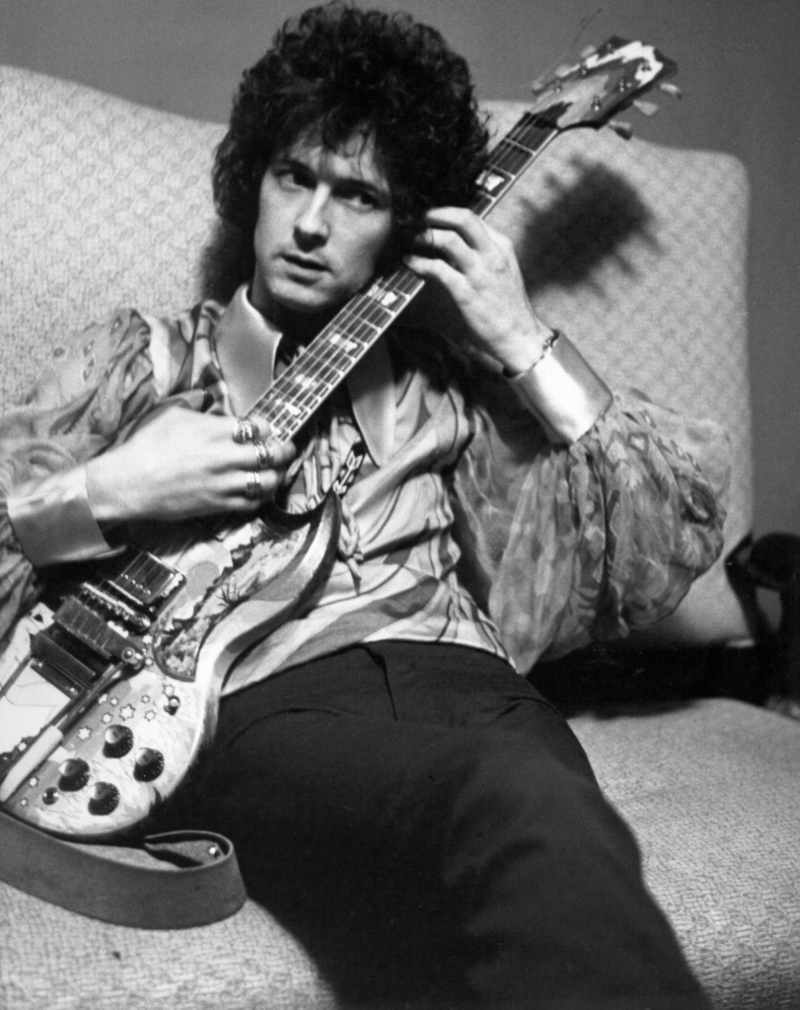
As we’ve researched our list, we’ve found that the very best guitarists have trained in blues or adopted a bluesy style in rock ‘n’ roll. Clapton fuses both styles effortlessly, creating music for the ages. Funnily enough, when Clapton was part of Cream, playing alongside two jazz guitarists, he recognized that he was “just trying to keep up.” Now, that’s saying something! Having a lifelong odyssey discovering the guitar, Clapton is a true guitar god.
Jerry Garcia
Jerome John Garcia, known to Deadheads as “Jerry,” is none other than the lead guitarist for the Grateful Dead, which rose to fame during the counterculture era in the swinging 1960s. While he wasn’t one for the spotlight, Garcia was seen as the “spokesman” for the group. Garcia was born in San Francisco in 1942 and enjoyed a 30-year-career with Grateful Dead, even playing Woodstock in August 1969! Did you know he was almost electrocuted during their set because of the heavy rain?
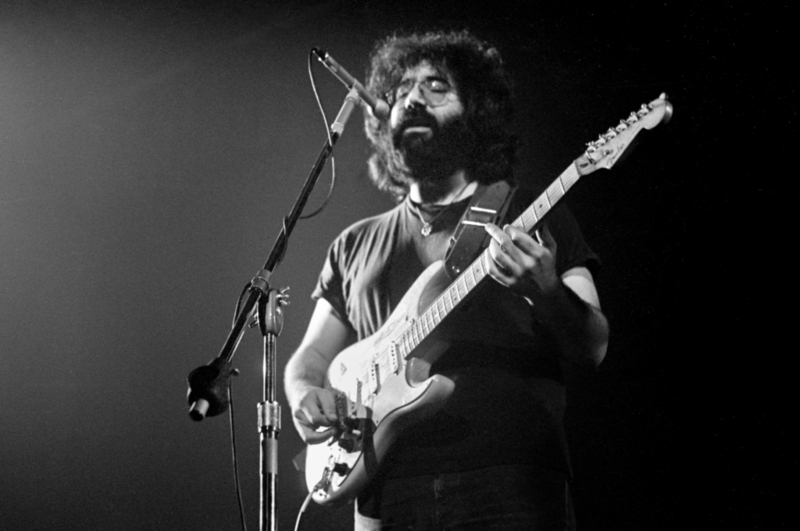
Over the course of his career, Garcia experimented with sounds, fusing Spanish guitar with bluegrass, jazz, and rock ‘n’ roll in his guitar playing. His sound is unique and recognizable to many. But it was his influence on the cultural scene in SF at the time throughout the “Summer of Love” which brings him into our top 43. Sadly, Garcia had some health issues and substance addictions, which accumulated and eventually led to a heart attack in 1995. He was just 53-years old.
Dick Dale
Dick Dale was actually a stage name for the man born Richard Monsour. Of Lebanese and Polish-Belarusian descent, he was born in Boston, Massachusetts in 1937. The man we know today as the force behind “surf rock” was ironically born on the East Coast. His family, however, did make the move to Southern California, where he learned to surf in his later teenage years. Music was in his blood from a young age – he learned the piano at age nine, was given a trumpet in seventh grade, and later won a ukulele.
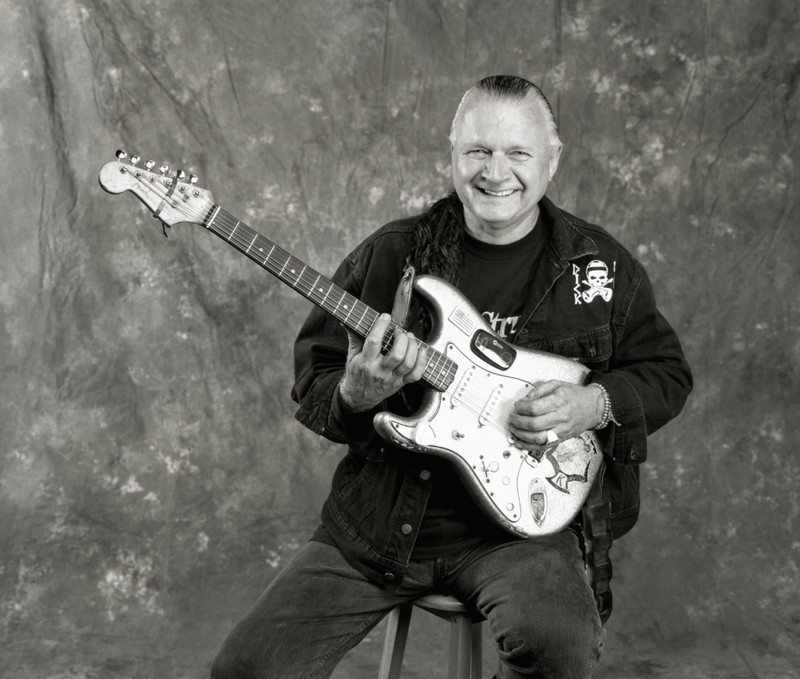
His uncle helped him along with his musical education, teaching him how to play the tarabaki (a Middle Eastern drum) and the oud. His knowledge of all these instruments influenced the sound he produced. He regularly used Middle Eastern music scales and experimented heavily with reverb. During his career, he even worked with Fender to produce custom amplifiers – including the first 100-watt guitar amplifier! Now go on and have a listen to “Misirlou” and you’ll be transported to the beach.
Bo Diddley
Born Ellas Otha Bates, this Chicago-born American singer and guitarist wrote and produced all of his own music. More importantly, Diddley helped usher in rock and roll from blues. It’s noted that he influenced artists such as Elvis Presley, the Beatles, the Rolling Stones, and The Clash! With a nickname like “The Originator”, it’s fitting that his use of African rhythms and signature beat (five-accent hambone rhythm) is now a cornerstone of hip-hop, rock, and pop music today.
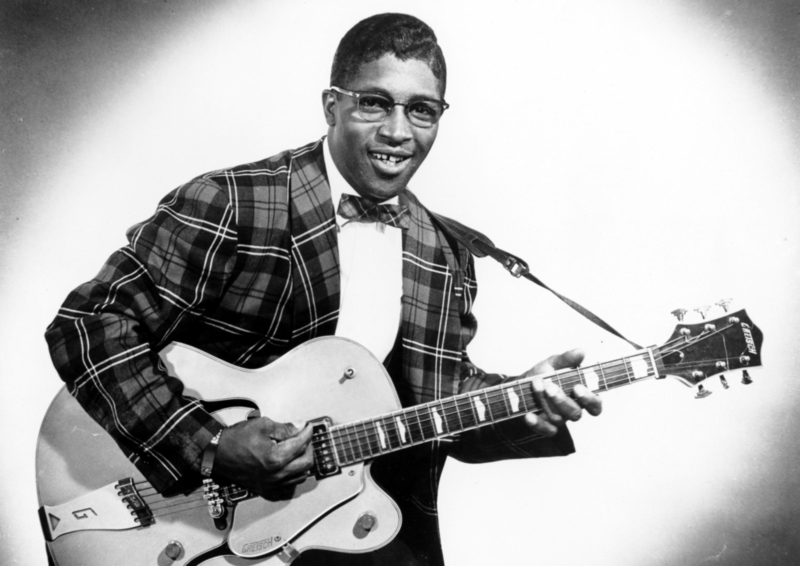
He’s been inducted into the Rock and Roll Hall of Fame and the Rhythm and Blues Music Hall of Fame and has received a Grammy! His groovy tunes include titles such as “Bo Diddley,” “Road Runner” and “Who Do You Love?” It’s said that his songs “unleashed a West African groove” because they were catchy and stayed with you. Did you know that his music went on to inspire Keith Richards and Buddy Holly, among others, to pick up the guitar?
George Harrison
One of the most widely recognized and famous guitarists on our list, next up is Beatles guitarist George Harrison. Born in Liverpool, England in 1943, this internationally worshipped musician was in fact often referred to as “the quiet Beatle.” He was a mystic of sorts, embracing Indian culture and using it to broaden his influence and scope in popular music – he actually incorporated Indian style instruments and rhythms in the Beatles’ work.
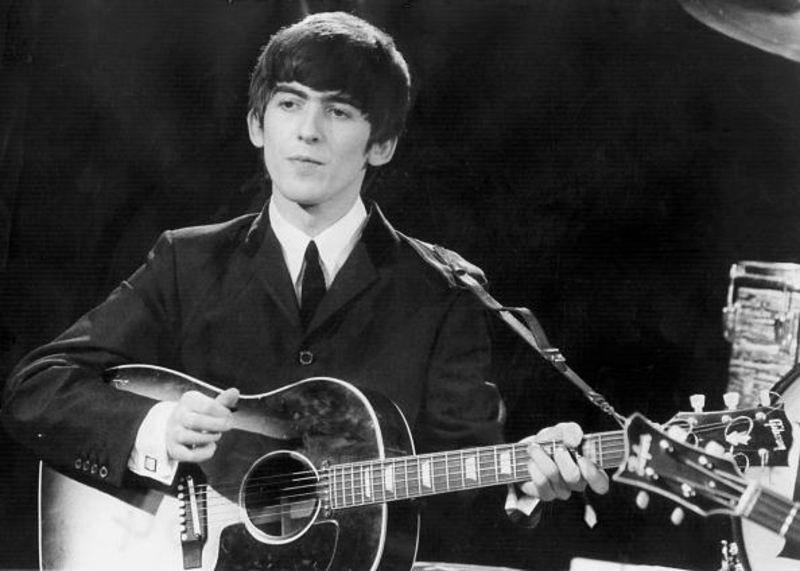
Many considered Harrison as the “third-best” behind his two famous bandmates, McCartney and Lennon, but ironically, Harrison, upon launching a solo career, in fact surpassed both of them in their solo attempts for a period of time. Famous Beatles songs like “Taxman” and the widely known “Here Comes the Sun” were penned by Harrison. Every album after 1965 actually featured at least two songs written by George.
John Lennon
The rhythm guitarist of the one and only, The Beatles, Lennon is the first of two Beatles to be included among the likes of Hendrix and Clapton. Lennon had a unique talent in that he could take a couple of simple notes and string them together in an incredibly beautiful way that was so catchy you couldn’t help but get it stuck in your head. Now that’s talent. To this day, the Beatles are the best-selling band in history, having sold 1.6 billion records. While he was a talented guitarist, John Lennon’s reach and influence went much further.
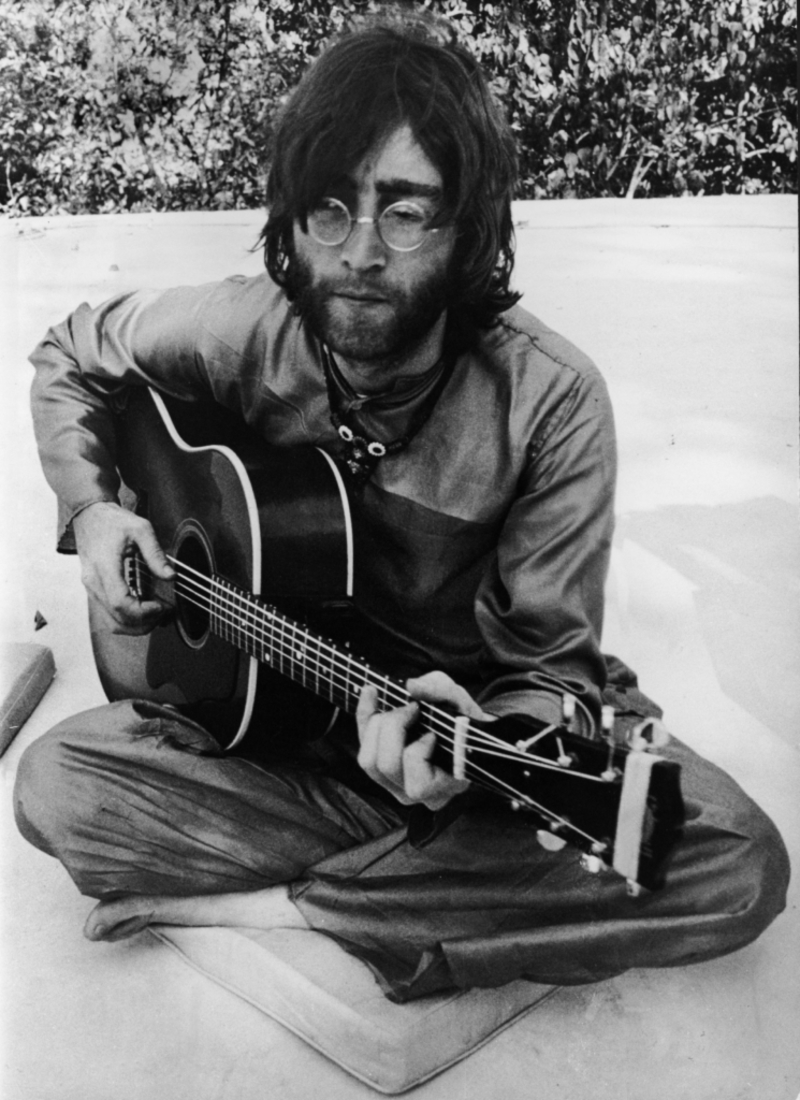
He was also a staunch peace activist, well known for his criticism of the Vietnam War. The Nixon administration even attempted to deport him from the U.S. Unfortunately, as it often happens with musical geniuses, they leave us far too soon. Murdered by an avid fan, Lennon was tragically taken from the world. In the weeks following his murder, Double Fantasy topped the charts in both the UK and the U.S., and “Imagine” hit number one in the UK in January 1981. Fans were devastated but honored his memory by playing his music. RIP Lennon.
Albert King
With a stage name like Albert King, you’d be expecting this top guitarist to have a stage presence to match. Born Albert Nelson in Indianola, Mississippi in 1923, he’s well remembered for saying that he had no influences for his playing style. According to King, he couldn’t relate to any past guitarist, saying “everything I do is wrong.” His nickname, “The Velvet Bulldozer” comes from the fact that he was smooth, but also of large stature, weighing in at 110kg and standing at 6ft 7.
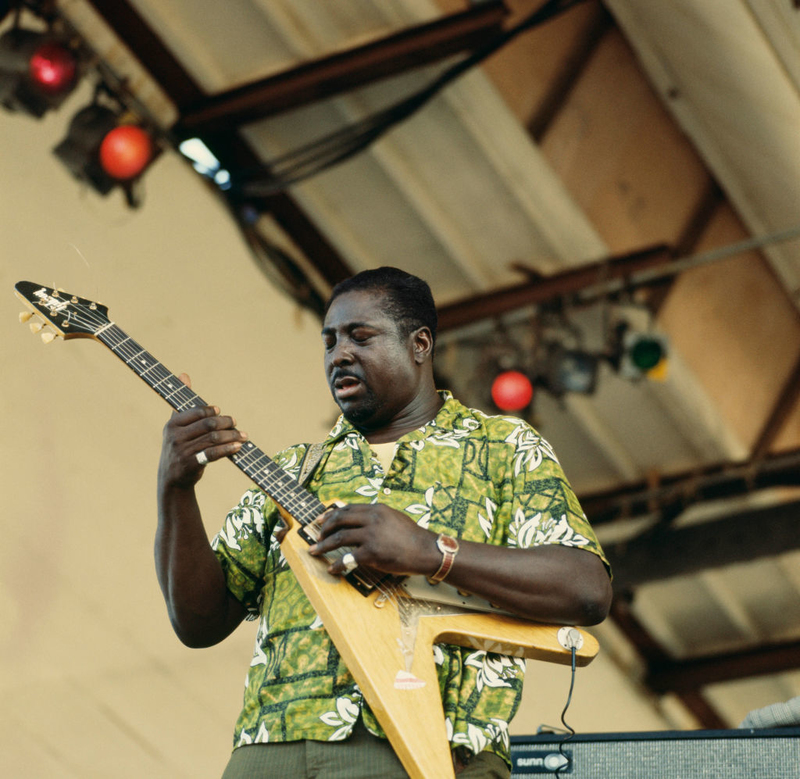
Also, fun fact: he was left-handed but taught himself to play on a right-handed guitar. This tall drink of water managed to master this type of guitar because he played it upside down! Best known for his songs “Born Under a Bad Sign”, and “As the Years Go Passing By”, this legendary guitarist even stopped Jimi Hendrix in his tracks when he opened for him in 1967.
Jimi Hendrix
And last but not least, is none other than the iconic, the legendary, the mythical-man-creature, Jimi Hendrix. It’s undoubted that he had a way with a guitar which was unlike any other before him (or after him!) Born in 1942 in Seattle, this godly guitar player is one who has gone down in history (and will forever be remembered) as the greatest guitar player of all time. In a sad twist, however, his career was cut remarkably short – despite his immense talent, he had barely scratched the surface when it came to unlocking his potential. If he were alive today, he would’ve been turning 77 this year.
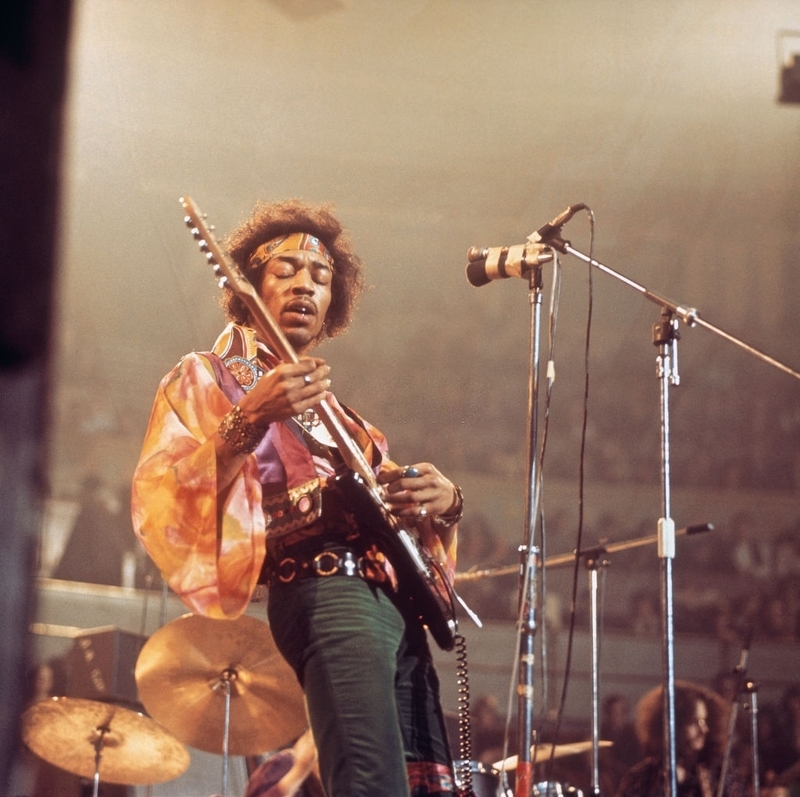
His instantly recognizable riffs and his otherworldly sound were both produced by his ability to perfect feedback, as well as his knack for combining notes and chords that hadn’t been experimented with before. It’s no wonder that his crazed fans believed him to be an extra-terrestrial! But Jimi was far from awkward or alien-like, he was a smooth man full of soul and a great vision for music and the world. His hits “All Along the Watchtower”, “Purple Haze” and “Foxy Lady” go down as some of the most memorable songs for guitarists ever. Not to mention his singularly unique interpretation of “The Star-Spangled Banner.” Well deserved, Jimi.
Tom Morello
Thomas Baptist Morello was born in Harlem on May 30, 1964, making waves in the music industry, as the lead guitarist for Rage Against the Machine. In the photo below, he’s actually leading an “Occupy Wall Street” event back in 2011. A strong advocate for social change, he also graduated from Harvard University. Morello has also been part of Audioslave, and more recently, the band Prophets of Rage.
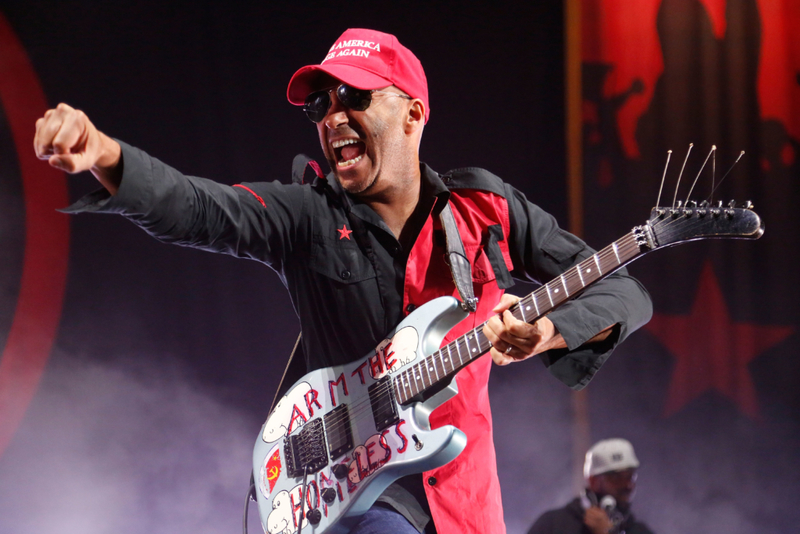
He also toured with Bruce Springsteen and the E Street Band. He’s also got his own solo act, the Nightwatchman and Street Sweeper Social Club. He’s very active in the music world and extremely passionate! His distinctive style comes by the way of different sounds he creates with his guitar, through the use of effect pedals. Making that sound was a crucial turning point in Rage’s almost hip-hop/heavy metal fusion (what you might know as Nu Metal).
B. B. King
Riley B. King, known professionally as B.B. King, was a blues maestro – singer, electric guitarist, songwriter and record producer. With an almost incomparable career, King introduced a style of soloing that was based on fluidity, involving a variety of string bending and vibrato techniques. As such, these influenced many later electric blues guitarists, setting a tone for what blues and rock and roll were to become.
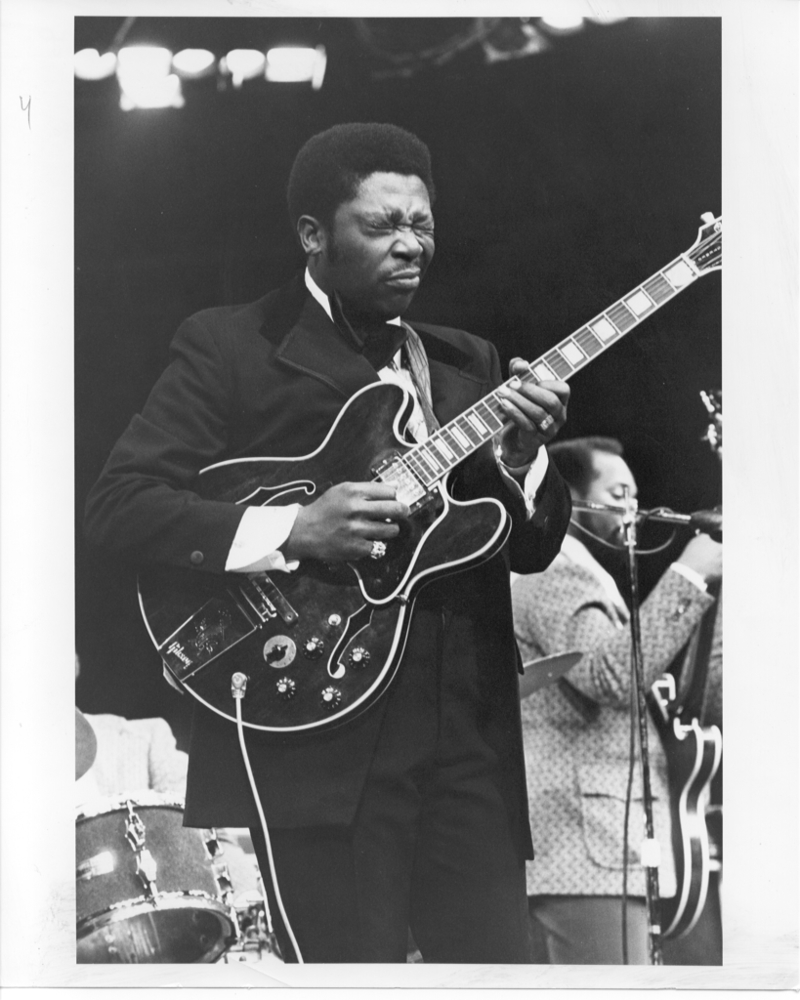
Born on a cotton plantation in Itta Bena, Mississippi in 1925, he was inducted into the Rock and Roll Hall of Fame in 1987, and widely recognized as one of the most influential blues musicians ever, earning the prestigious moniker “The King of the Blues.” Being born in the 20s, King was exposed to perhaps the purest form of the blues style of music, truly being able to express feeling and soul through both his singing and his guitar-playing. A workhouse and showman, in 1956 alone, it’s estimated that he performed a staggering 342 shows! By the 70s, he was performing 200 shows a year. Incredible.
Angus Young
Angus Young is the guitarist of one of the biggest rock bands in the world, AC/DC. While he’s renowned for his blues-rock style, it’s his duck walk – which is a nod to the great Chuck Berry, and the outrageous schoolboy outfits that make him look like a private school kid skipping class! But boy, can the man handle a guitar.

Hits like “Back in Black”, “It’s a Long Way to the Top” and “Highway to Hell” have inspired generations to headbang in their cars. But they also set a foundation for rock, especially in the 70s. His thundering power-chords sent a shockwave through rockers around the world – and as such, AC/DC has made history. Did you know that Young has been with the band since he was 18?
Jimmy Page
Led Zeppelin is the epitome of rock and roll, and Jimmy Page was their guitarist. Born in Middlesex England 1944, this double-necked Gibson, guitar-wielding guitar fiend was a man with truly talented fingers. If you check out the image below, you see Page with two guitars and one arm. No, he wasn’t an amputee, he was just ridiculously fast and meticulous with that one hand. But with this guitar, Page created the Led Zeppelin Experience, birthing rhythm and some of the best guitar solos ever written.
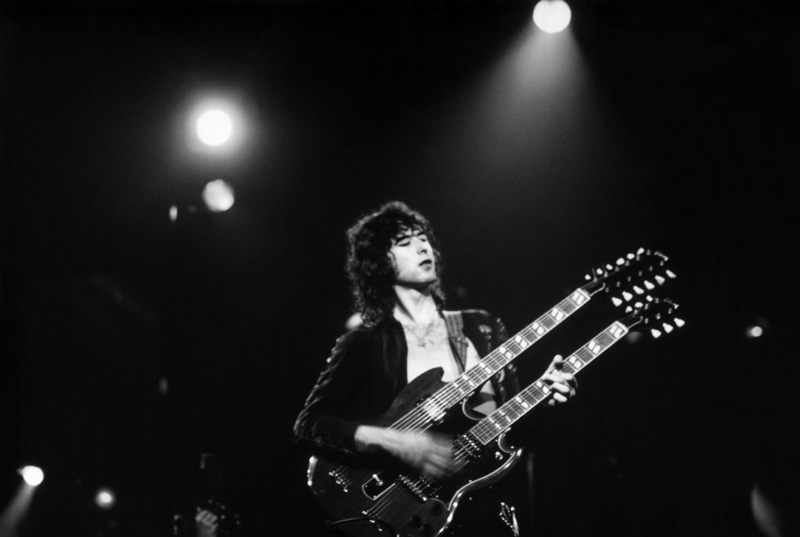
With a dark, prophetic, even mythical folkloric sound, Page’s guitar has captivated and will continue to captivate generations of fans. Here’s a bit of trivia for you: did you know that Led Zeppelin’s music and sound were partly inspired by J.R.R Tolkien’s works?! As Led Zeppelin’s lead guitarist, Page wrote music and recorded with a work ethic that was incomparable. He was constantly searching for the perfect sound, the perfect combination of notes and chords. A true perfectionist, he nailed it pretty much every time: just look at “Dazed and Confused”, “Heartbreaker” and “Kashmir.” Epic.
Joe Walsh
With a middle name like “Fidler”, we’re not surprised that Walsh has a knack for string instruments. Born in Wichita, Kansas in 1947, Joe Walsh is a man of many talents and has had success in a number of bands. However, the most famous by far (and one of the most successful of all time) was, of course, The Eagles.
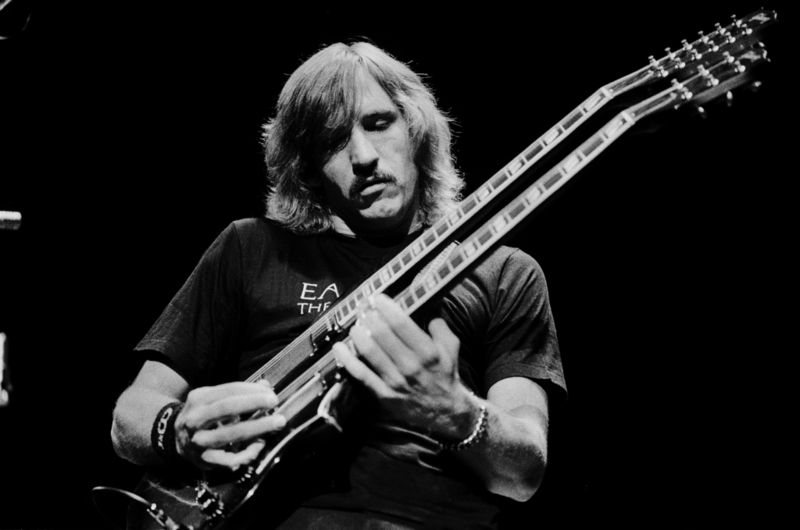
His rhythm-and-bass style with edginess and a touch of the blues has won him fans all over the world. Despite being a later addition to the famous band, he definitely joined at a peak time: their greatest hit, “Hotel California” was made in 1975, the very same year he joined. The solo in the song is one of the most instantly recognizable and iconic solos of all time. Now that’s definitely something to be remembered by!
Johnny Ramone
John William Cummings, or Johnny Ramone, as we know him, was an awesome American rock guitarist and songwriter, best known of course for being the guitarist for the punk rock band, the Ramones! Sadly he was gone pretty young, passing away of cancer at just 55 years of age. The Queens-born guitarist may not have had that many solos, but he makes it on our list due to his influence in pioneering music, particularly when it came down to how he played his Mosrite guitar.
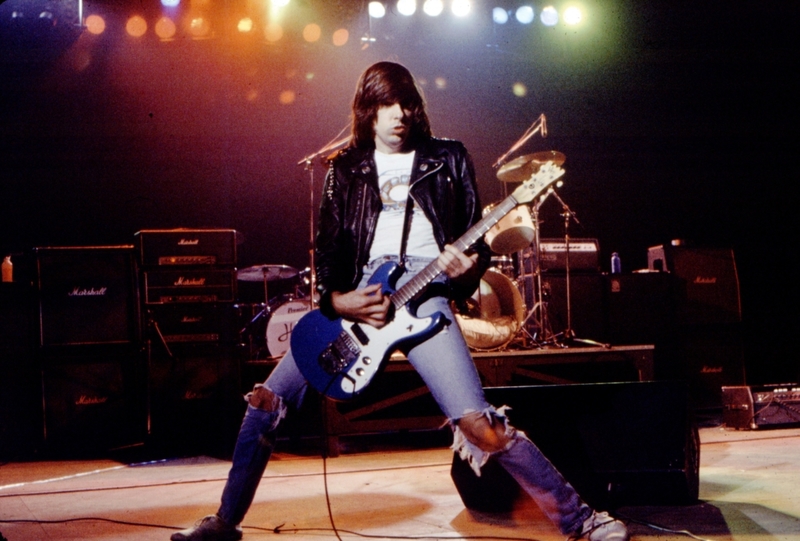
Fellow songwriter and musician Henry Rollins once said of Johnny that “(he) was the first guitar player I ever saw play like he was really mad. And I was like, ‘Damn. That’s cool.’ This unique style was down to the fact that the Ramones in fact played heavy music up-tempo. His rocking skills are best showcased in tracks like “Blitzkrieg Bop,” “What I Like About You” and “I Wanna Be Sedated.”
Freddie King
The Gilmer, Texas-born blues guitarist and singer was particularly prolific during the 60s and 70s. His voice was soulful and powerful, and when combined with his distinctive guitar style, it was a winning combo. Earning himself the nickname “The Texas Cannonball” (due to his large build), he was known for his “incendiary” live performances. His style has been described as “intuitive”, with an open-string sound creating a fusion of Texan blues with the rawer tones of Chicago blues.
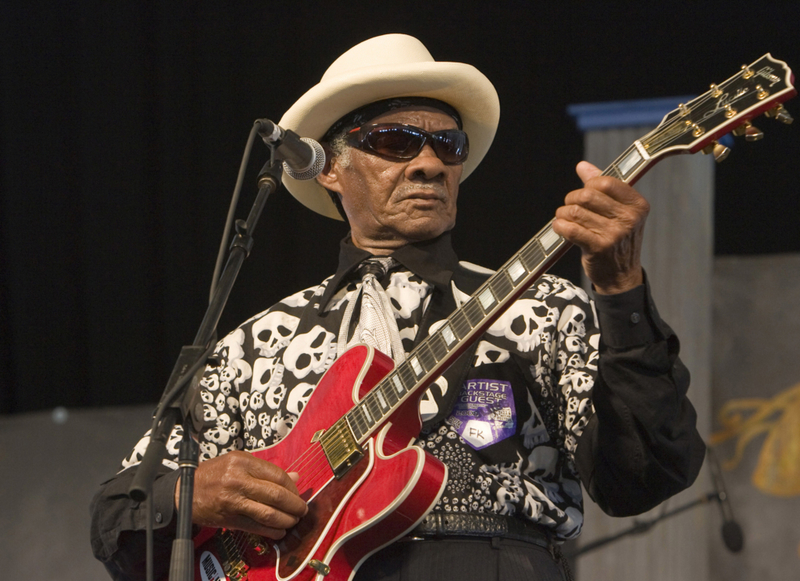
It made him contemporary for his time and has gone on to influence guitarists such as Eric Clapton and Stevie Ray Vaughan. In an interview in 1985, Eric Clapton said that Freddie King’s 1961 “I Love the Woman,” is “what started me on my path.” “Hide Away,” “Have You Ever Loved a Woman” and “The Stumble,” best demonstrate his unique, pioneering style.
Duane Allman
Howard Duane Allman was an incredible guitarist, session muso and founder and leader of the Allman Brothers Band. Nicknamed “Skydog”, the Nashville Tennessee native is well remembered for his tenure in the band and for his uniquely expressive slide guitar playing and inventive improv skills. Rolling Stone magazine in fact ranked him as number two in their list of 100 greatest guitarists of all time, second to the legend Jimi Hendrix.
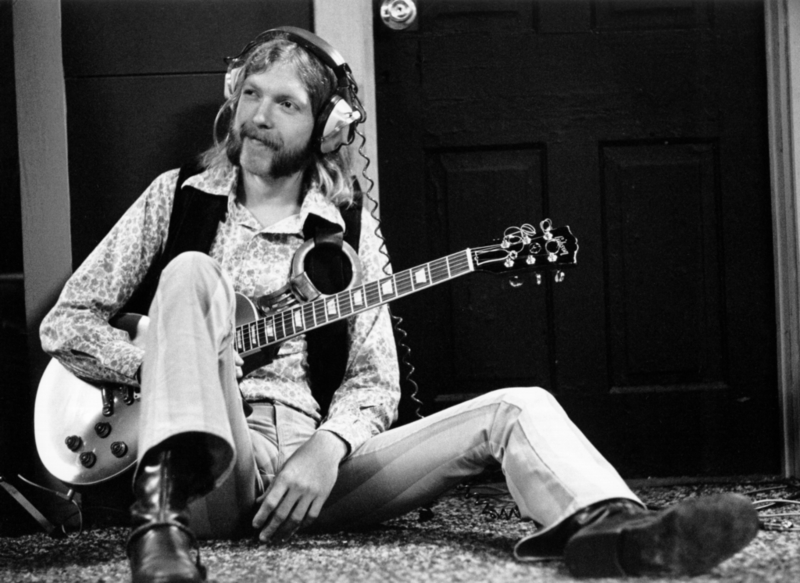
Like Stevie Ray Vaughan, Allman definitely left this world way too soon, passing away at just 24 years of age. Killed in a motorcycle accident shortly after the release and success of At Fillmore East, it was a true tragedy. Hard-hitter record producer Jerry Wexler gave the eulogy, praising his musicality and dedication to Southern gospel, country and blues music. Of Allman’s death, Robert Randolph said: “Duane died young, and it’s just one of those things. You could tell he was going to get 50 times better.”
Stevie Ray Vaughan
Stevie Ray Vaughan was born with a name that basically guaranteed stardom. If that name’s not rock ‘n’ roll, we don’t know what is. Born in Dallas, Texas, this guitar acrobat was singular in his music and performance style. Departing the world too soon, Vaughan died in a helicopter crash outside East Troy, Wisconsin at 35 years of age. In a chilling recount, bandmates told the media how the day before he had relayed a disturbing dream where he attended his own funeral. Now, that’s creepy.
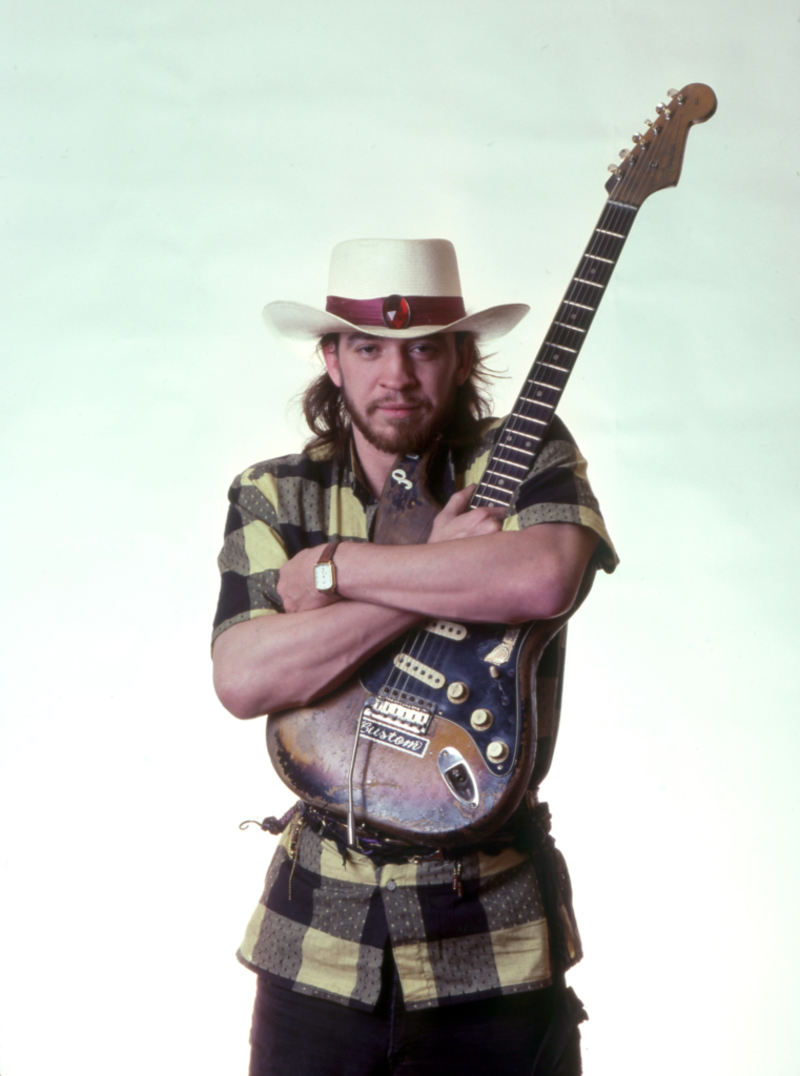
Vaughan combined jazz with rockabilly, rock with country, soul, blues, you name it – but even still, he was influenced by the likes of Jimi Hendrix, B.B. King and Eric Clapton. During his lifetime, and posthumously, Vaughan received accolades and awards – in 1983, Guitar Player voted him Best New Talent and Best Electric Blues Guitar Player. He won six Grammys and ten Austin Music Awards. He was also inducted posthumously into the Blues Hall of Fame in 2000.
David Gilmour
Born David Jon in Cambridge, England in 1946, Gilmour wasn’t actually the original guitarist for Pink Floyd. After Syd Barret’s departure, Gilmour stepped in and became the band’s lead guitarist and frontman. A fan of distortions and effects, Gilmour’s twist on the electric guitar helped the band become one of the best-selling and most acclaimed acts in all of music history.
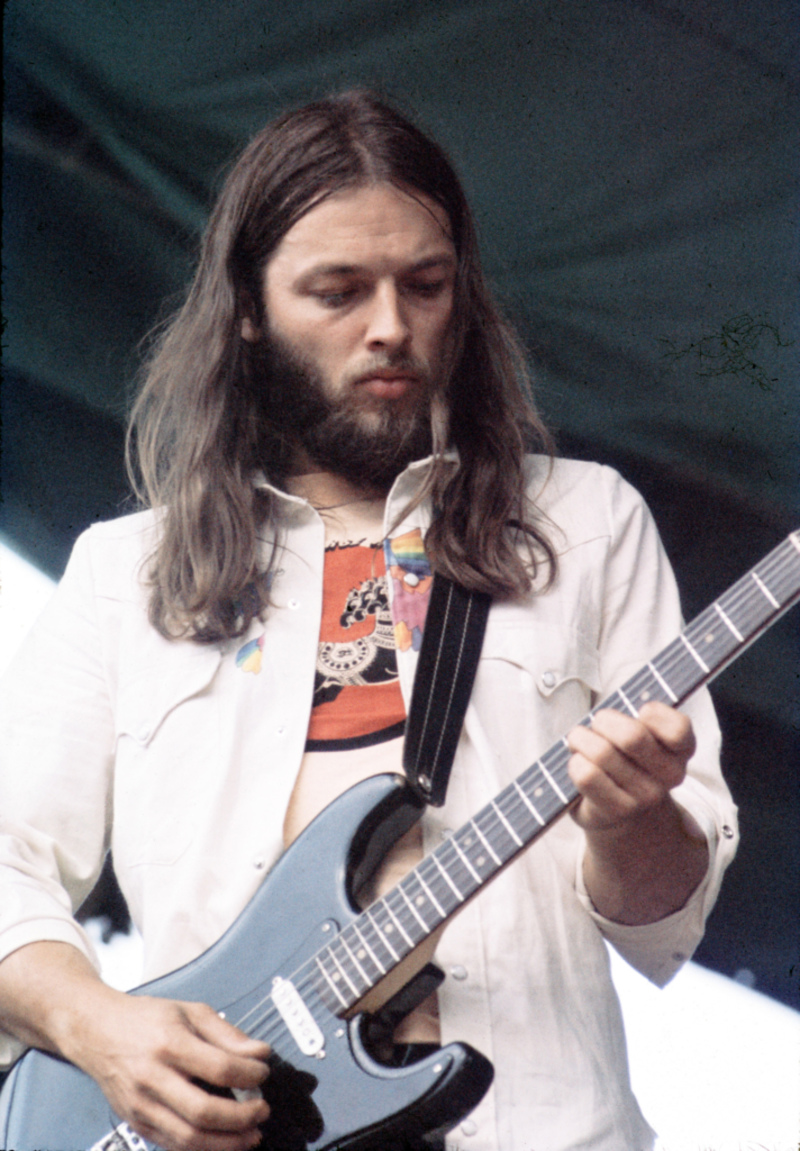
By 2012, Pink Floyd had sold over 250 million records worldwide! And honestly, we’re not surprised– if you’ve ever listened to any of their songs, you’ll understand why they were so mind-blowing. Gilmour eventually assumed the helm of the band, producing three more studio albums after Roger Waters’ departure in 1985, before the group disbanded in 2014.
Tony Iommi
Anthony Frank Iommi is next up on our list, and he’s rock royalty. The English guitarist, songwriter, and producer was formerly the lead guitarist and one of the founding members of the heavy metal band, Black Sabbath. Here’s something we bet you didn’t know about Iommi: when he was seventeen he lost the tips of his middle and ring fingers in an accident, which would forever affect his playing style. But Iommi adapted, with this “handicap” in fact contributing to a style unique to him.
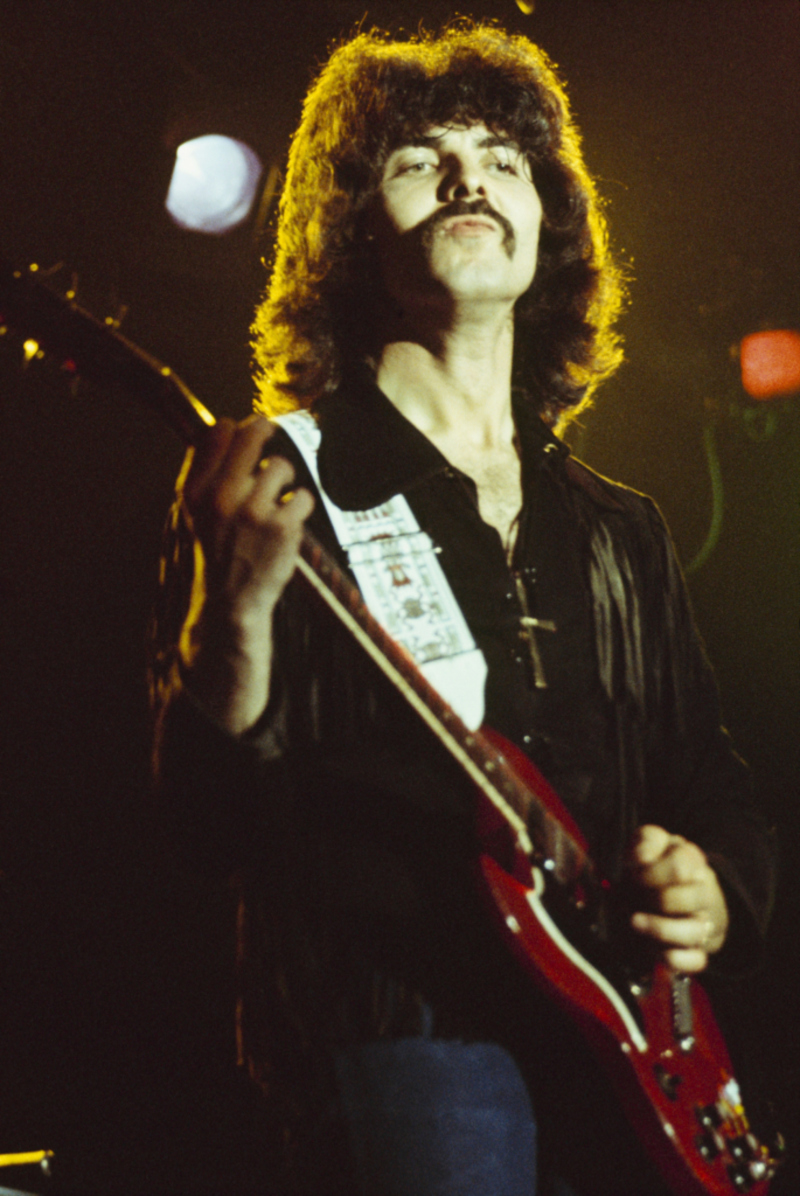
He was instrumental in bringing heavy metal to the world, but he also provided a twist on the genre. He wanted to add a little style, slowing the typically fast and rocked up style of music. Songs like “Iron Man”, “Children of the Grave”, “Paranoid” and “N.I.B.” are iconic.
Tom Petty
Born in Gainesville, Florida on October 20, 1950, the late lead singer of Tom Petty and the Heartbreakers brought some experience to the band, having led Mudcrutch, and also being a member of the 1980s supergroup, The Traveling Wilburys. He sold over 80 million records worldwide, and his band was inducted into the Rock and Roll Hall of Fame in 2002. And, they’ve got a star on the Hollywood Walk of Fame!
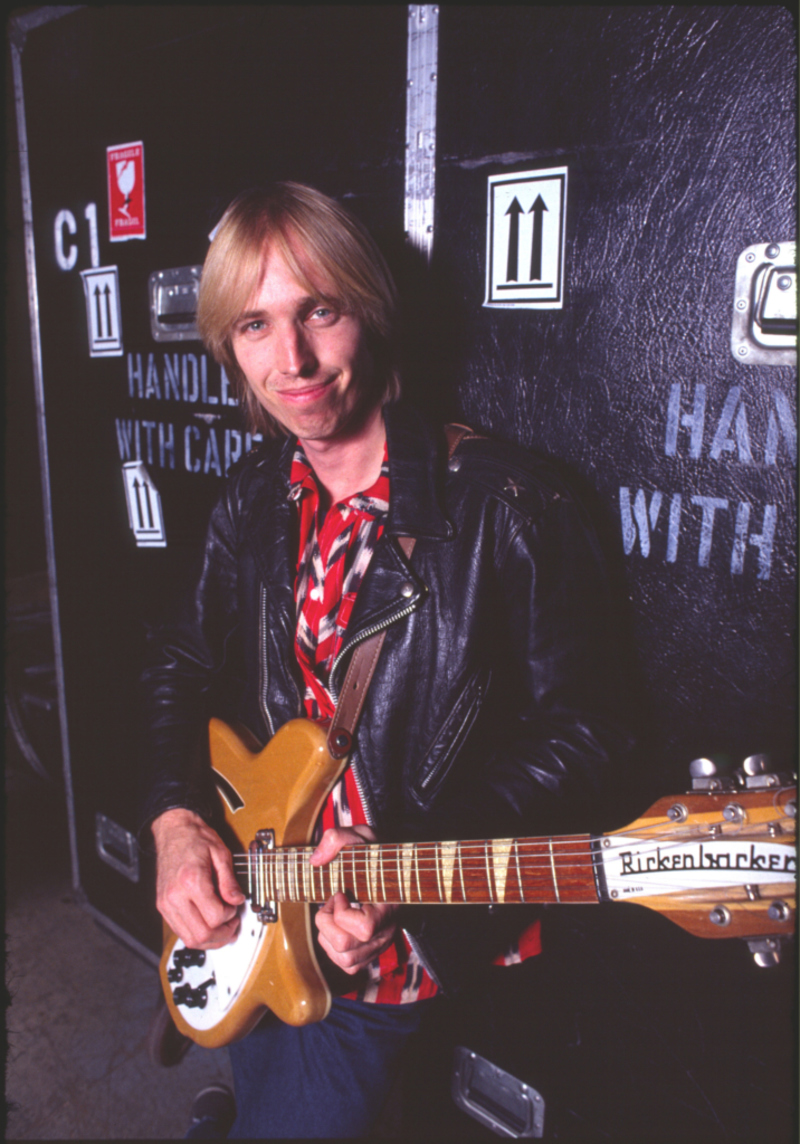
But while he led the band, we should definitely give a shout out to lead guitarist of the group, Mike Campbell. Known for his simple style, the guitarist is known for never using ten notes if only a couple could do the job just as well. Sure, Petty was good on the guitar, but when he released his first solo album, Full Moon Fever, he actually got Campbell to jump in and record the solos!
Robby Krieger
Born Robert Alan, in L.A., in 1946, this man is none other than the lead guitarist of the rock band The Doors. He’s co-penned songs like “Light My Fire”, “Love Me Two Times”, “Touch Me” and “Love Her Madly.” Despite being a relative late-comer to the band, he certainly contributed to the band’s unique sound. Did you know he was schooled in jazz and flamenco?
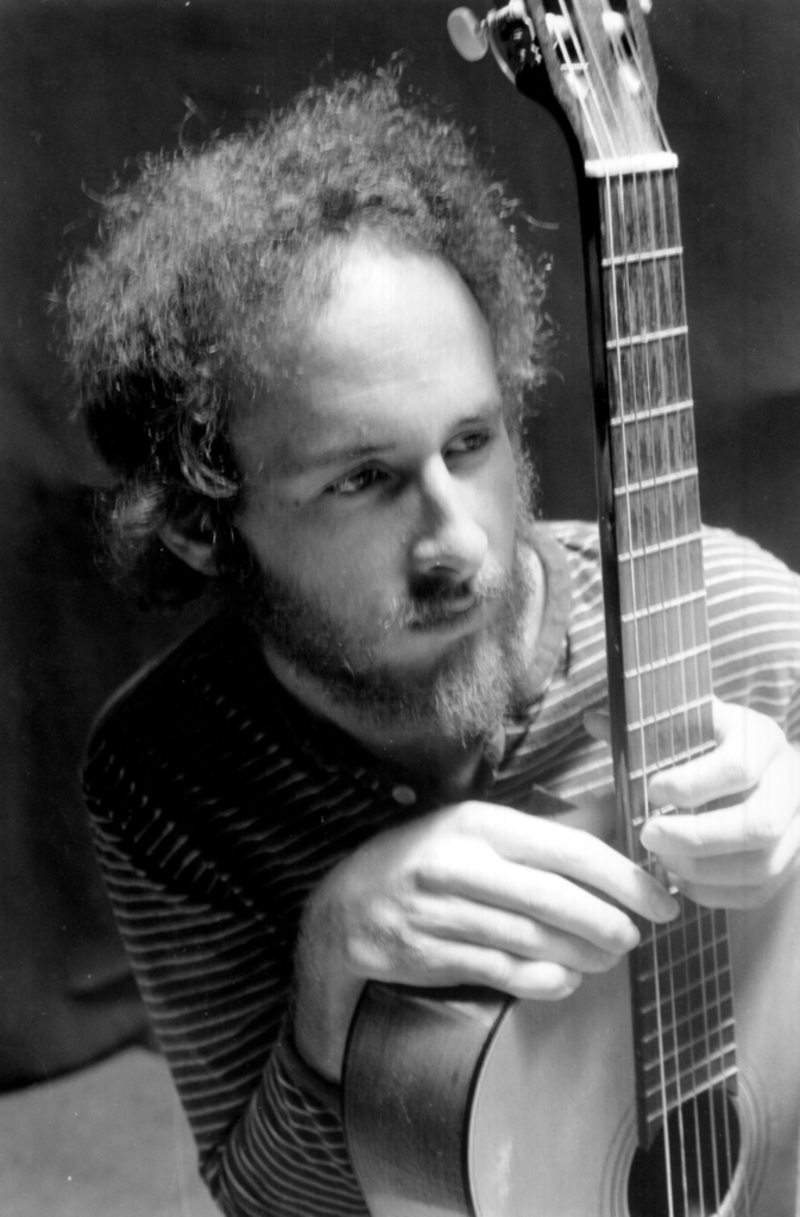
A self-taught guitarist, Krieger was later taught by Asian American scholar Frank Chin to play the flamenco guitar. During a break over Christmas, Krieger had a chance to experiment with a number of genres, including flamenco, folk, blues, and jazz! His knowledge of these genres was crucial to his part in The Doors – when he joined them, they didn’t have a rhythm guitar or bassist.
Elmore James
“The King of the Slide Guitar”, music critics and guitarists all know that anyone who puts a slide on their guitar owes Elmore James a debt. His lick defined blues rock, with his stylistic, swooping, full-octave opening figure on the slide guitar becoming a signature move. The Mississippi-born guitarist practically invented blues-rock, and with unparalleled intensity, the multi-instrumentalist was set to become a star. He started with the “diddley bow” before progressing to the guitar.
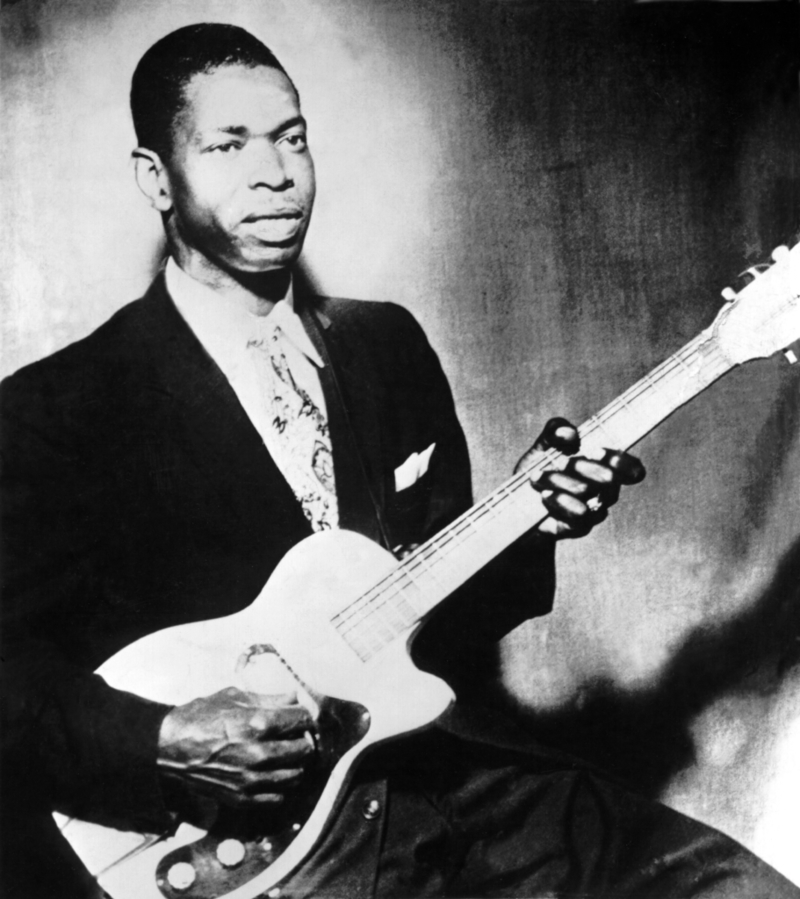
His playing style influenced many musicians – one guitarist once said they practiced his signature slide until his fingers bled – it was at this point he realized that James, in fact, used a slide. Classics by way of James include the blues songs “Shake Your Money Maker,” “Talk to Me Baby,” “It Hurts Me Too” and “The Sky Is Crying.”
Eddie Van Halen
Dutch-American musician, songwriter, and producer Eddie Van Halen is undoubtedly one of the most remarkable guitarists of his time. The main songwriter and co-founder (alongside brother and drummer Alex Van Halen, Mark Stone and David Lee Roth) of American hard rock band, Van Halen. Born in Amsterdam in 1955, this pioneer of rock music was born to a father who was himself a clarinetist, saxophonist, and pianist. No wonder, it runs in his blood! His middle name, “Lodewijk” is the Dutch equivalent of “Ludwig” – and yep, you guessed it, he was named after the esteemed composer Ludwig van Beethoven.
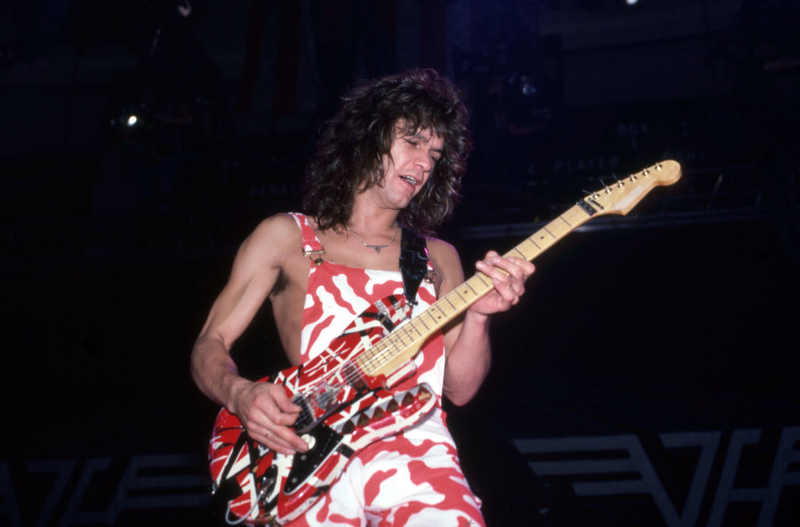
As for his guitar playing style, well, it was anything but classical. His unique pick-holding style sees him gripping it with his middle finger and thumb (as opposed to the traditional index-thumb combination), which allows him to drag his fingers across the strings. Some artists have likened this to sounding like he’s added another instrument to the mix. Tracks like “Eruption,” “Ain’t Talking ‘Bout Love” and “Hot for Teacher”, not to mention “Jump”, really have made rock history. And apparently, only when played by Van Halen. Mike McCready of Pearl Jam once said of Van Halen “You can play the things he’s written, but there’s an ‘X-factor’ that you can’t get.” Well said!
Brian May
Brian May, the legendary guitarist of Queen, has got quite an interesting back story. Born in London in 1947, Brian, like Tom Morello, is quite the Brainiac. He’s got a degree in Astrophysics! There are many jokes about how Queen took people into outer space with their music, but we’ll leave that for another time.

Musically, May gifted us with “Bohemian Rhapsody” and “Stone Cold Crazy.” The guitar he used to play these epic tunes was actually built by him and his father! He used firewood to create his “Old Lady” or “The Red Special” – clearly, the guy is a genius. He’s also a multi-instrumentalist – check out his song “Doing All Right” to hear him tinker on the piano!
Slash
Born in London in 1965, next up is the legendary guitarist Saul Hudson – famously known as “Slash.” Considered one of the greatest guitarists in rock history, Slash made a name for himself by being Guns N’ Roses’ lead guitarist. But like many great musicians, Slash struggled with drugs and alcohol for a number of years. Eventually, he left some of that behind and went on to pursue a very prolific solo career.
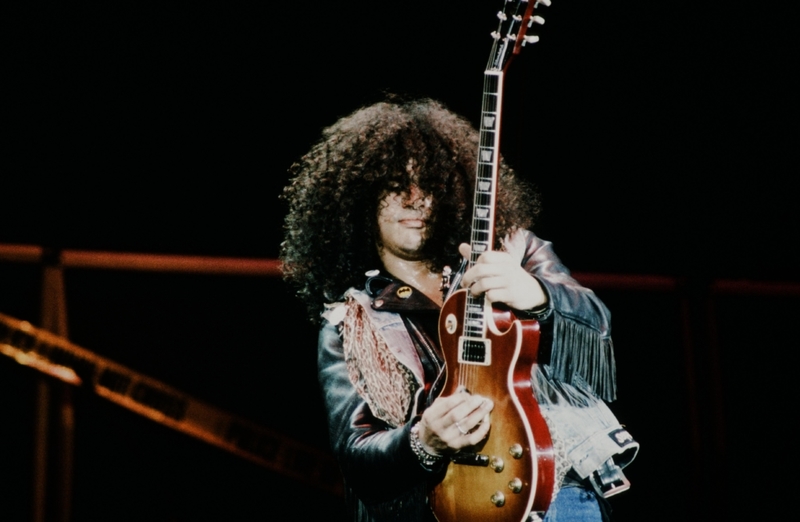
His talent is undeniable – have you heard the solo in “November Rain?” If you answered no, please excuse yourself to go and listen to it. While you’re there, add “Sweet Child O’ Mine” to your queue. He took his star power with him, starting Velvet Revolver, which was successful in their own right. But since 2016, Slash returned to Axl Rose, and the band continues to rock to this day.
Joni Mitchell
This Canadian singer-songwriter was born in Alberta in the 40s and is our first female on the list. Mitchell’s very singular tuning-style helped maximize the sounds in each and every chord. Drawing from a mixture of genres, she enjoyed folk, pop, rock, and jazz, and her songs often focused on social and environmental issues, as well as her personal take on love, confusion, disillusionment, and joy.

Towing nine Grammy awards and an induction into the Rock and Roll Hall of Fame, she’s been hailed as “one of the greatest songwriters ever.” What makes Mitchell so unique is her ability to write songs with the same chords, but in different tunings – one song had 50 different variations! Would you believe that at 75 years of age she’s still performing? What a legend!
Carlos Santana
You can just hear the sexy, moody, smooth guitar of Santana when you say his name. Born in Jalisco, Mexico in 1947, Carlos Santana is a must-have on our list. Moving to San Francisco as a young man, by the time the fabled “Summer of Love” came around, he was a name in the area. But it was when he played Woodstock that he truly gained fame and it was decided that he wasn’t going to be “not-so-well-known” for long.
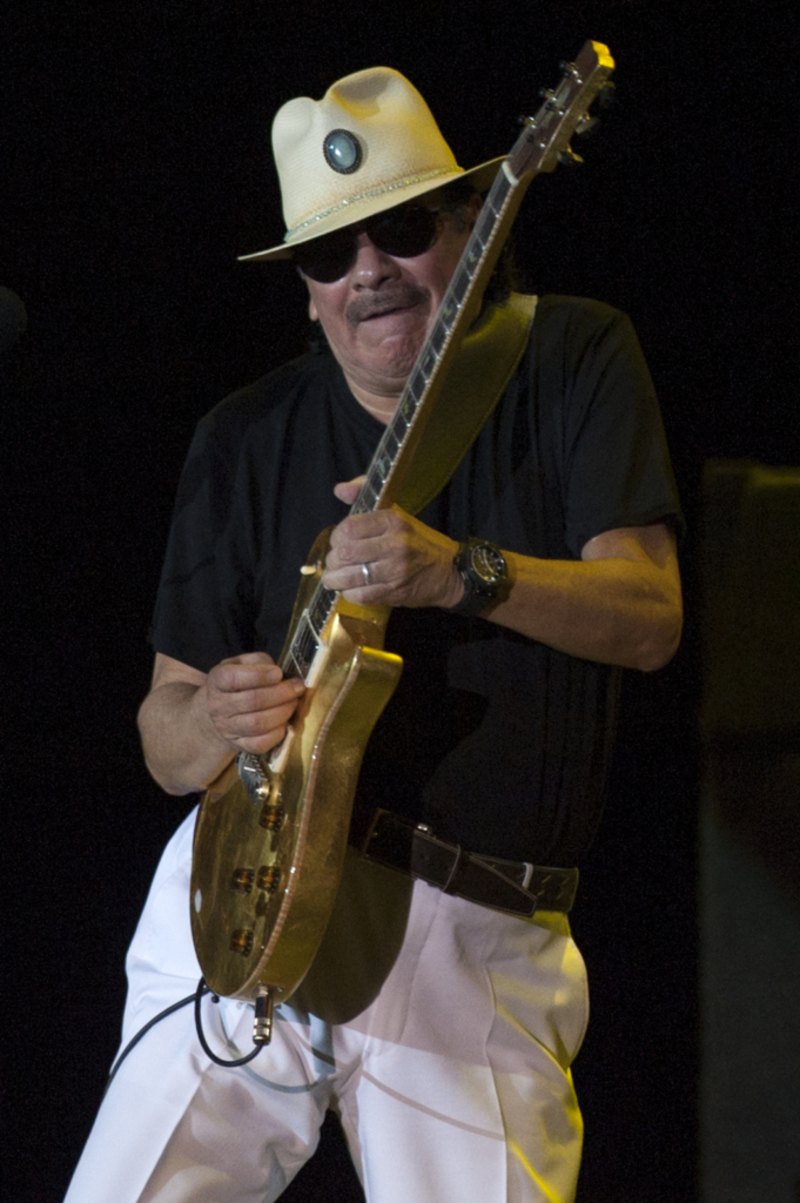
He’s received high praise over the years for his extremely melodic sound, with musicians such as Prince acknowledging Santana as a greater influence on him than Jimi Hendrix because “Santana played prettier.” Sometimes musicians have to err on the side of caution when discovering their sound or voice, with the legendary guitarist attributing LSD to finding his voice: “You cannot take LSD and not find your voice.”
Chuck Berry
With the given name Charles, “Chuck” Berry was born in St. Louis, Missouri in 1926. One of the pioneers of rock and roll music, he’s basically a musical immortal. Songs like “Maybellene”, “Roll Over Beethoven” and “Johnny B. Goode”, saw him refresh and refine the rhythm and blues movement, which evolved into the elements that make rock and roll so distinctive. His musical style was very much focused on guitar solos and wonderful showmanship. Many of the greats look back on Berry as one of their most important musical influences.
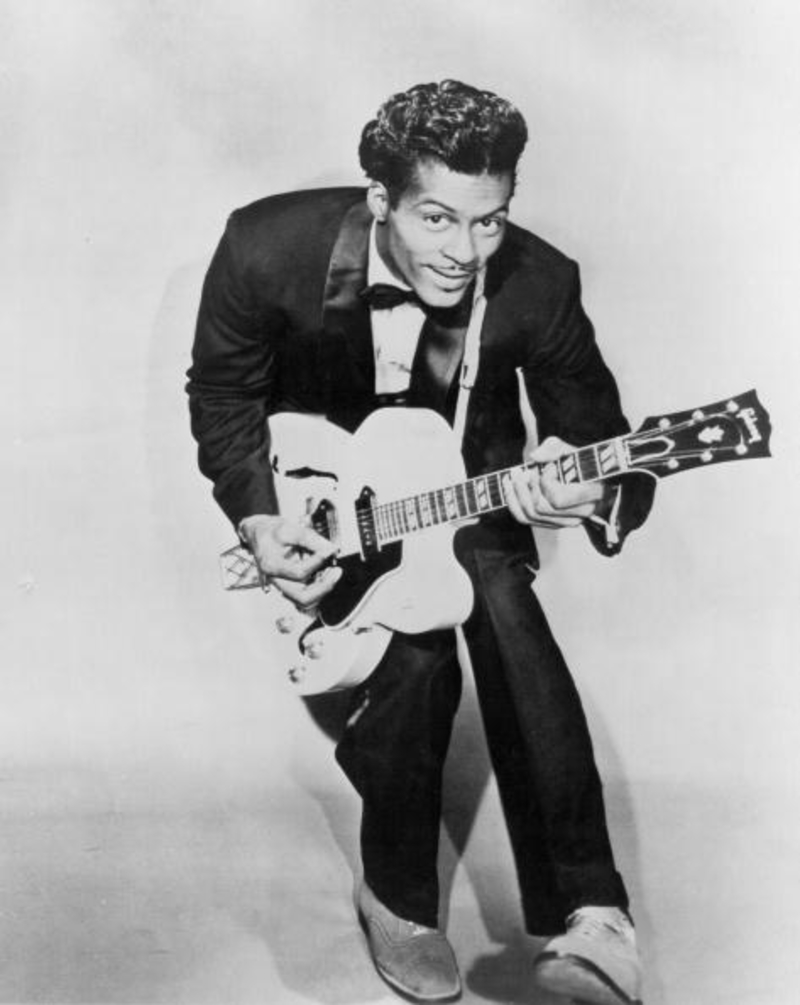
With his blues upbringing, Berry always stayed true to his roots, but managed to mix it up so that he would influence some of the greats over the next fifty years and more! One of the first musicians to be inducted into the Rock and Roll Hall of Fame upon its opening in 1986, he’s remembered for having “laid the groundwork for not only a rock and roll sound but a rock and roll stance.” Truly, one of the greatest of all time.
John Petrucci
Born on July 12th, 1967, in New York City, Petrucci attended Berklee College of Music in Boston with his childhood friend John Myung. The pair met Mike Portnoy, and together with another friend Kevin Moore, the four created Dream Theater. In a group full of some of the best musicians in the world, Petrucci’s playing stands out.

His high-speed alternate picking requires mastery of the instrument, and his speed while playing some of Dream Theater’s faster songs puts most other axemen to shame. He’s also been lauded for his slower, emotive playing. Influenced by some of the best, he is now one of the best.
Michael Romeo
If you want to talk about being fast, Michael Romeo is the man to speak to. His shredding has been melting face since 1994, when he formed the progressive metal band Symphony X. Whether he’s building the chords of a ballad underneath singer Russell Allen’s singing or running through the mind-bending solo of a half-hour long song about Plato’s “The Odyssey,” Romeo displays an incredible mastery of his chosen instrument.
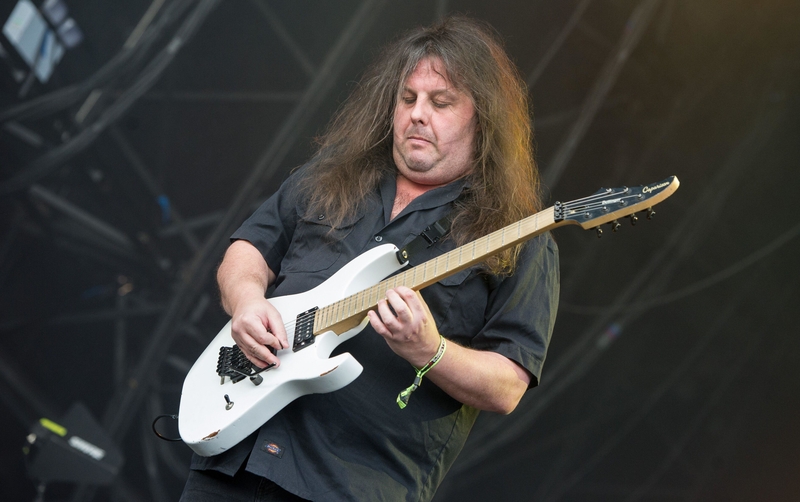
If you like fast playing, you’re probably a fan of Romeo, whether or not you know it. He also loves to put classical touches from Mozart or Beethoven into his playing. A man of culture.
Randy Rhoads
As a co-founder and guitarist for the heavy metal band Quiet Riot, Rhoads set the stage for the hard-pounding music that plenty of us love even to this day. He joined frontman Ozzy Osbourne, delivering some of the most hair-raising solos yet on songs such as “Crazy Train” and “Mr. Crowley.” “Crazy Train” in particular, has one of the most recognizable riffs in heavy metal.

Rhoads popularized numerous now-commonplace techniques, such as two-hand tapping and dive bombs (rapidly lowering the pitch of a note using the whammy bar). Sadly, Rhoads passed away in 1982 at the age of 25 during an ill-planned flight.
Dimebag Darrell
Born Darrell Lance Abbot in 1966 and going by his stage name Dimebag, Darrell was a guitarist for both Pantera and Damageplan, both of which he co-founded with his brother. Regularly regarded as one of the heavy metal greats with the guitar – sometimes even the best – Darrell was one of the founders of the groove metal movement.
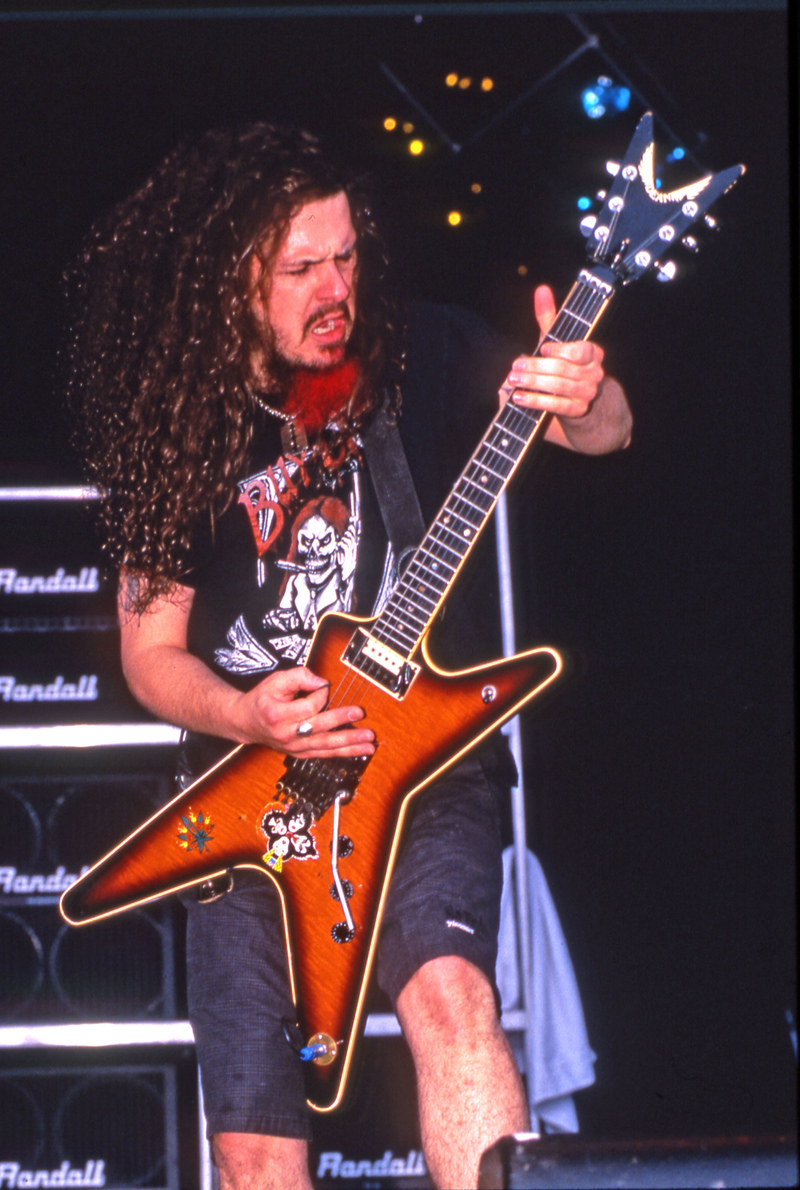
The album “Cowboys from Hell” from Pantera was first called “power groove,” which used the heavy energy of thrash metal such as Metallica but slowed it down. Like many on this list, Darrell left the mortal coil too early, in 2004.
Zakk Wylde
While we’d all love this guy’s real name to be Wylde, he was actually born Jeffrey Phillip Wielandt and would change his name to Zachary Phillip Wylde. As a guitarist for Ozzy Osbourne and one of the founders of the heavy metal band Black Label Society, Wylde’s guitar credentials are stellar. He was even good enough at shredding and chugging to fill in during Pantera shows for Dimebag Darrell after his death.

Want to know how he got so good? Practice. According to him, he would get home from high school and practice pretty much until he left for school the next day.
Alex Lifeson
Rush might be one of the more contentious bands here. Half of the people will say they’re the best ever, and the other half will say they barely make music. However, saying Lifeson isn’t a world-class guitarist is just plain wrong. He’s the only founding member of Rush that is still in the band, and he’s at or near the top spot in every rock guitarist poll.
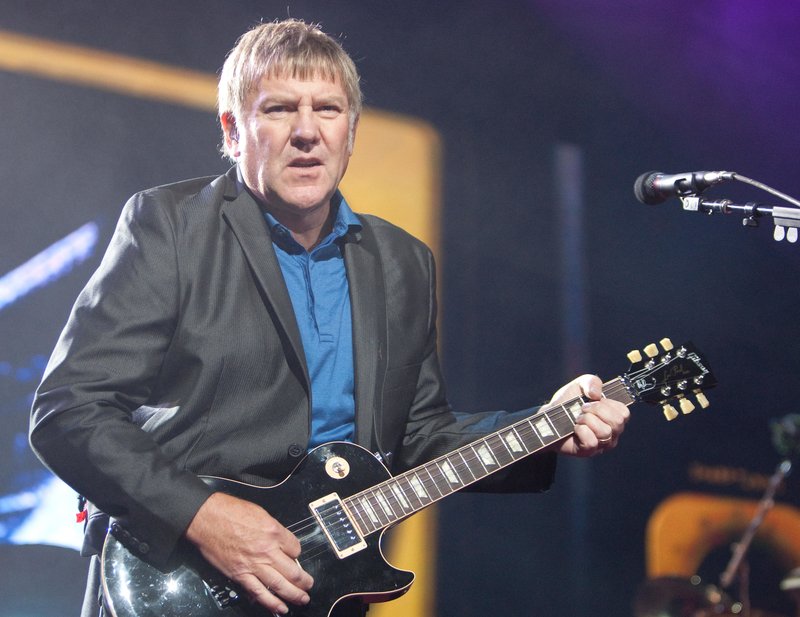
Not only can he play sick solos or stirring classical pieces, but he can also play the mandola, the mandolin, the bouzouki, and more. Most rock guitarists these days will at least call Lifeson a genius.
Yngwie Malmsteen
First off, it’s pronounced “Eeng-vay.” Second, you might already know that if you’re a fan of fast and ferocious guitar music. Well-known for his unique (at the time) form of neoclassic playing style combined with heavy metal, Malmsteen came to us from Sweden. Unlike many of the shredders on this list, Yngwie made his name by just putting his name on his music instead of working inside a band.
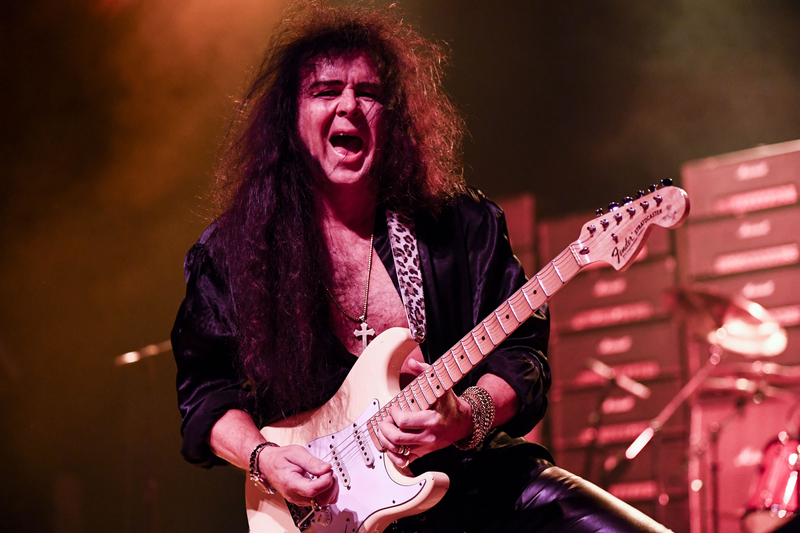
During the forty-plus years he’s been active, he’s put out twenty-two studio albums. He’s been in a number of bands, and his fingers are a blur of scales and eye-popping technical precision.
Les Paul
That’s right, it’s the man himself. Many might know him more because his name is on millions of guitars worldwide, but there’s a big reason for that. He was an amazingly talented guitarist who pushed music forward every time he started strumming, but his accomplishments have somewhat been covered by his design and construction of the modern electric guitar.
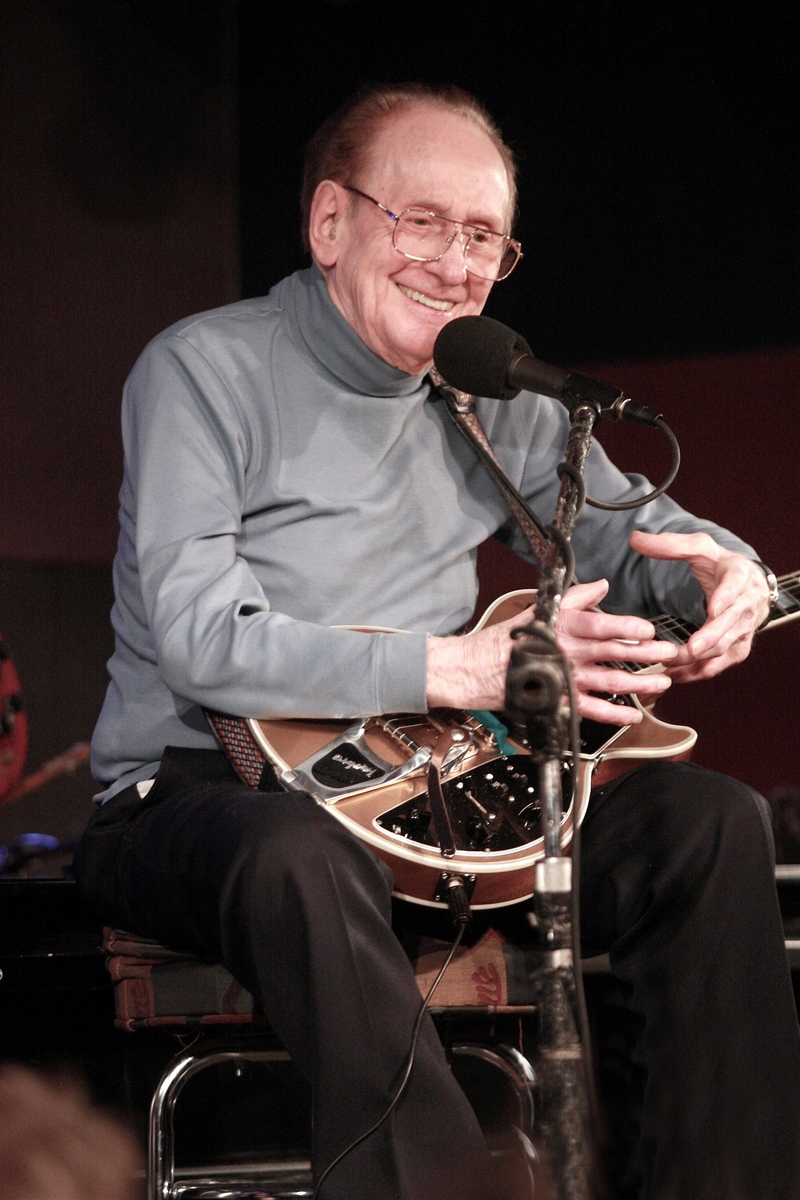
Thanks to that, of course, pretty much everybody else on this list was able to do what they do best. He was active for a long, long time, too – from 1928 all the way until his death in 2009.
Paul Simon
Though he’s remembered most for his way with words and his lyrics, Simon wasn’t too bad at the guitar when it came right down to it. He grew up during the infancy of rock and roll, and then he joined the folk revival during the sixties, becoming one of its biggest stars.
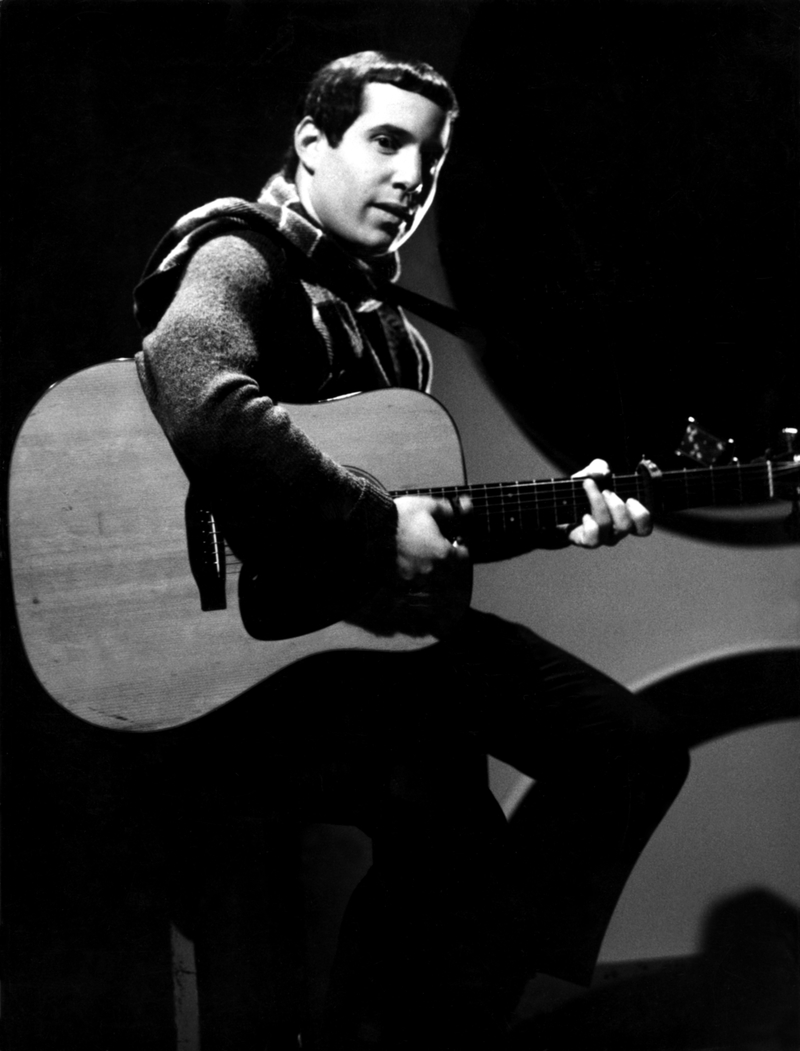
He studied under the acoustic master Bert Jansch and was always looking for new ways to upgrade his own playing. Even at the age of seventy, he could wow people. His songs “Dazzling Blue” and “Kathy’s Song” are the best ways to hear his expertise in action.
Dave Davies
If you’re a fan of big, loud riffs that get in your face and get stuck in your ears, you have Dave Davies to thank. He was the guitarist for the Kinks, and when he was at the tender age of seventeen, he recorded “You Really Got Me,” one of the first proto-metal singles.

He was not going wild on the guitar, and he even achieved the unique distortion on “You Really Got Me” by slicing an amp speaker with a razor. Who else would do such a thing all the way back in 1966? The way he says it, nobody else.
Tom Verlaine
Combining punk energy and melodic beauty is no easy task, but Tom Verlaine was one of the guitarists who could pull it off seemingly at the flip of a switch. Patti Smith once described his unique sound as “a thousand bluebirds screaming,” and it’s hard to argue.

Verlaine took what had been done before, gave it a big spin, and came out with something entirely new, setting his band Television up for big success. The man could squeal, he could solo, and he could run through chords that would send the crowd’s head spinning.
Derek Trucks
Many of us can say we were raised ON great music, but Derek Trucks was raised IN it – he’s the nephew of the Allman Brothers Band drummer Butch Trucks. He started playing slide guitar before he was ten and was touring just a few years later, at twelve. He was an explorer when he played guitar, doing new stuff that even the old masters marveled at.
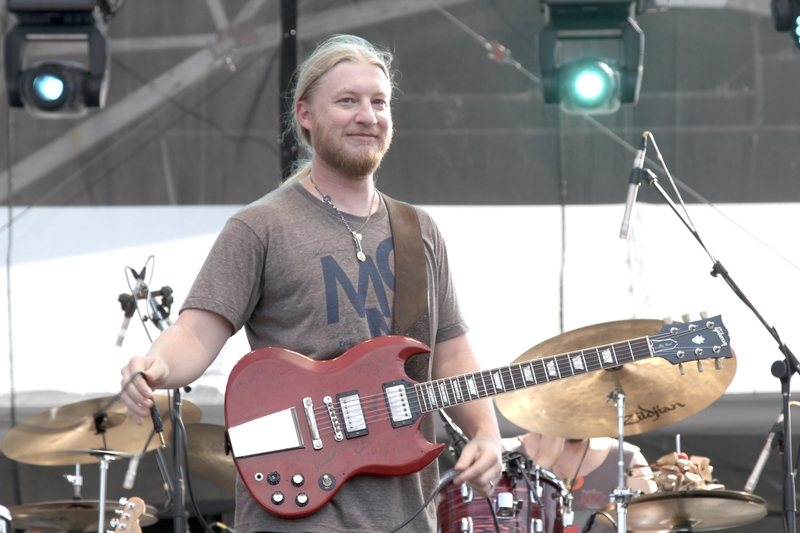
Trucks stepped into the family job and the slide-guitar spot in the Allman Brothers Band in 1999 when he was just twenty years old. His solos incorporate different styles of playing to give classical music a new flavor.
James Burton
Burton has one of the most unique sounds in country music – he called it “chicken picken” style. It’s crisp, it’s concise, and it’s got an undeniable flair. Burton’s unique style comes from the fact that he started playing and writing professionally when he was only fourteen.
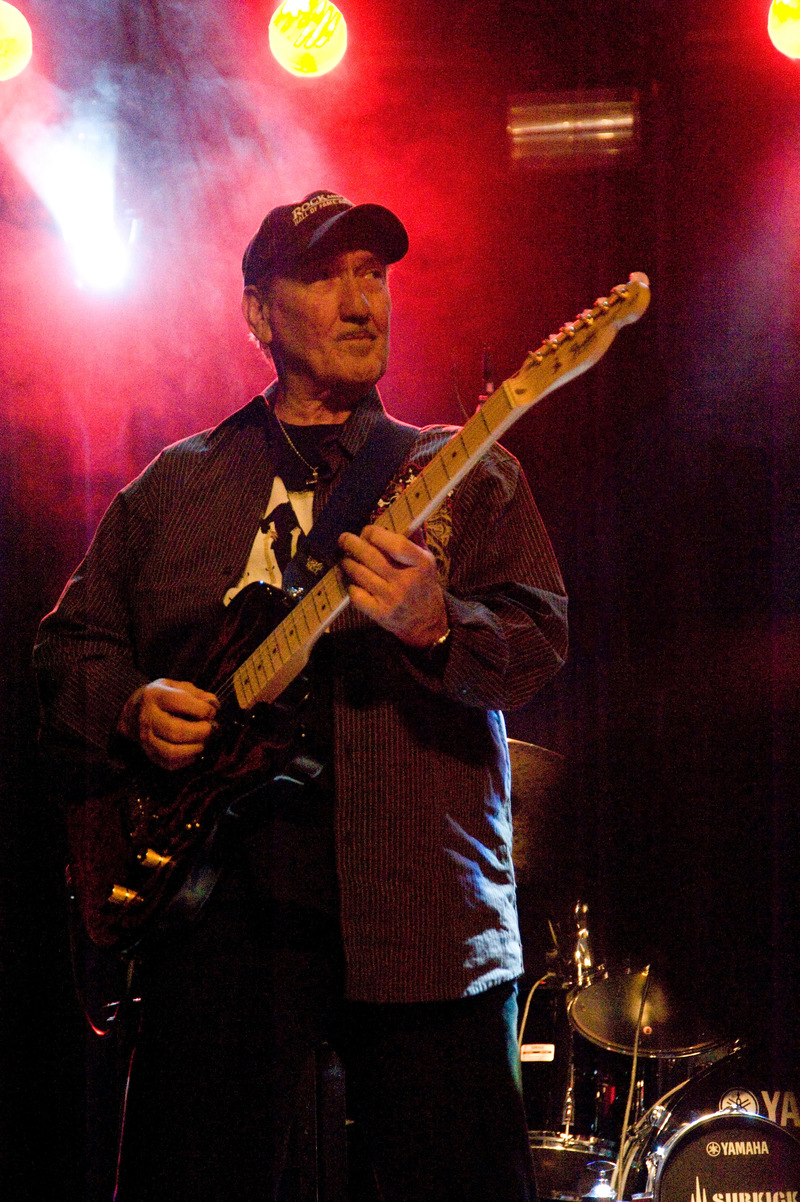
He became a teenage star when he joined Ricky Nelson’s band in 1957. He replaced the top four strings on his guitar with banjo strings, and the rest was history. He was a huge influence on the rock world as well – Keith Richards loved his playing, and he was one of the players in Elvis’s TCB band.
Chet Atkins
You just don’t see many Chets around anymore, but maybe that should change. Perhaps the most famous Chet, Atkins practically invented entire styles of playing when he wasn’t in charge of producing genre-defining country music. The man could play chords and melody at the same time – that isn’t luck; that’s a purely practiced skill.
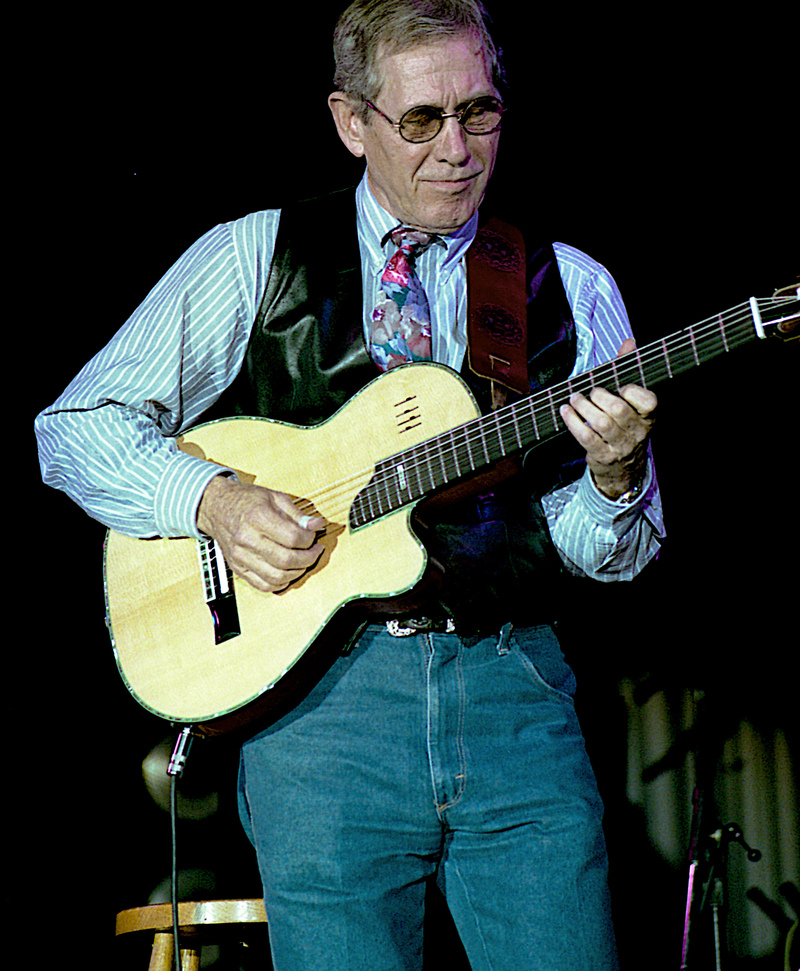
He said that he often had a guitar in his hands for sixteen hours a day, constantly experimenting and improving. He played for Hank Williams, and he played for Elvis, but his solo music is a wonder to behold. It’s possible everybody who plays guitar owes something to Chet.
Phil Keaggy
Many guitar players overcome one thing or another, but what about only having nine fingers? That’s the case for Keaggy, a Grammy award-winning guitarist and vocalist in the contemporary Christian music sphere. He lost half of the ring finger on his right hand at the age of four, but that didn’t stop him.
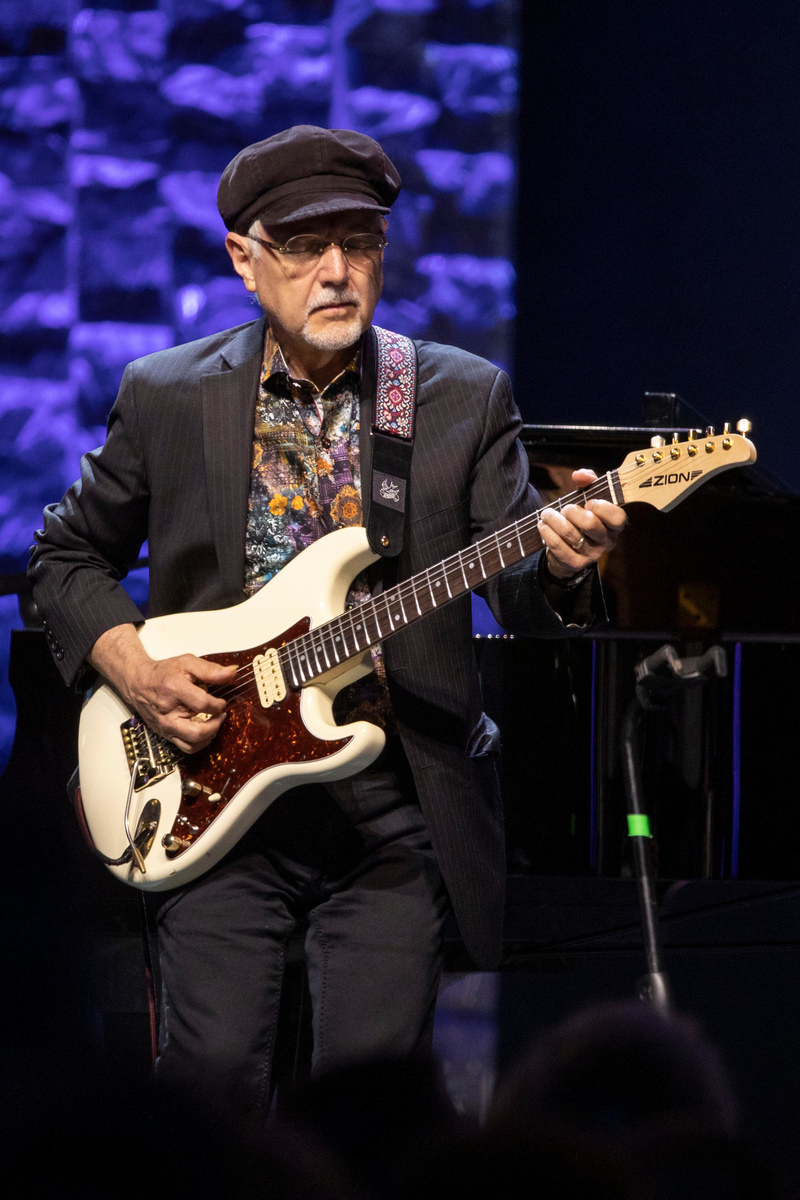
He’s been ranked as one of the top “finger-style” and “finger-picking” guitarists in the world despite his disadvantage. There are rumors about guitarists like Jimi Hendrix being asked, “how does it feel being the world’s greatest guitarist?” Rumor has it Jimi replied, “I don’t know, you’ll have to ask Phil Keaggy.”
Ry Cooder
Ry Cooder considered his playing like an out-of-control steam device, but to everybody listening, it was like something totally new and strange. And, critically, really, really good. He led several bands in the sixties and seventies and even contributed to numerous soundtracks like “Brewster’s Millions,” “Streets of Fire,” and “Last Man Standing,” among others.
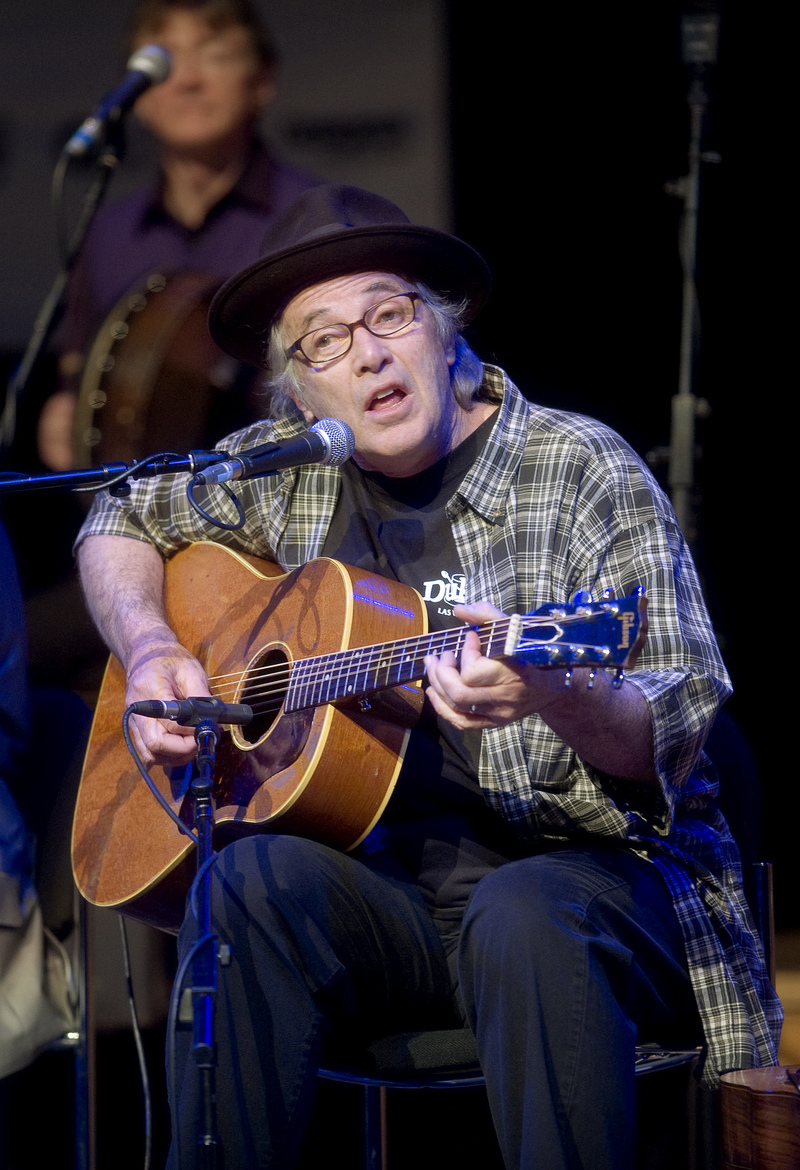
He joined Randy Newman, the Rolling Stones, and Eric Clapton to make more music, and there’s even a story about how he gave Bob Dylan a late-night lesson on playing like Sleepy John Estes. He landed at number eight on a list of the top one hundred guitarists.
Curtis Mayfield
Sadly passed away, Curtis Mayfield still makes it onto this list thanks to his skills at both the guitar and his time behind the mic. His songs and playing impacted players such as a little player named Jimi Hendrix, and the psychic effects he gave his playing was a huge influence.
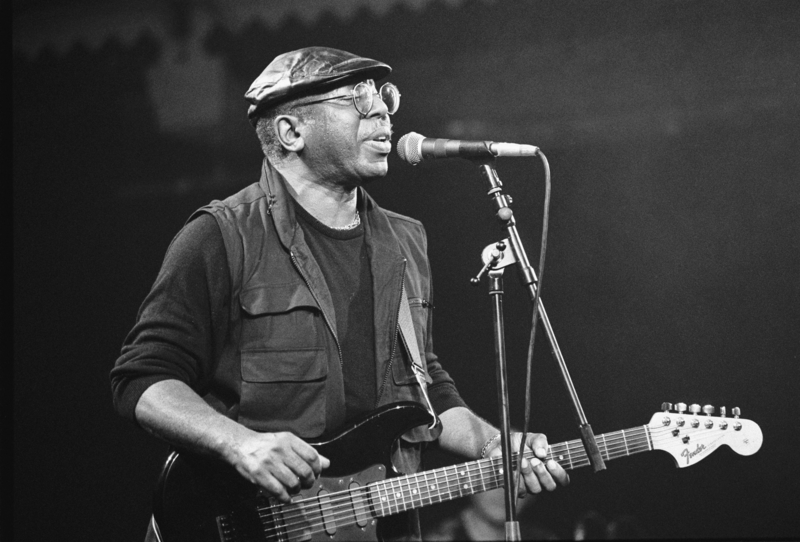
Everybody wanted to play like Curtis during the sixties, but in the seventies, the man reinvented his style, adding funk and plenty of wah effects. He played almost exclusively in an open F-sharp tuning, which made his progressions difficult to imitate. He was self-taught, and he knew how he liked to do things.
Arjen Anthony Lucassen
Step one for becoming a great guitarist is getting lessons, but that took too long for Lucassen, a Dutch singer, songwriter, and multi-instrumentalist behind multiple science fiction prog rock projects. His compositions range from folk music to shredding heavy metal (imagine a metal song about going through a black hole), and Arjen plays it all.

It’s over the top, and the music doesn’t care, incorporating Arjen’s unique style – he can’t even read sheet music. That doesn’t stop him from pumping out music like it’s keeping him alive. Few can hope to recreate the sounds that he puts into his mind-bending songs.
John Lee Hooker
Plenty of people play “fancy” guitar, and that’s fine, but it’s not what John Lee Hooker wants to play. He’s on record saying that he wants to play mean, mean licks. He burst onto the scene in 1949 with a number-one hit, “Boogie Chillen,” establishing his in-your-face tone.
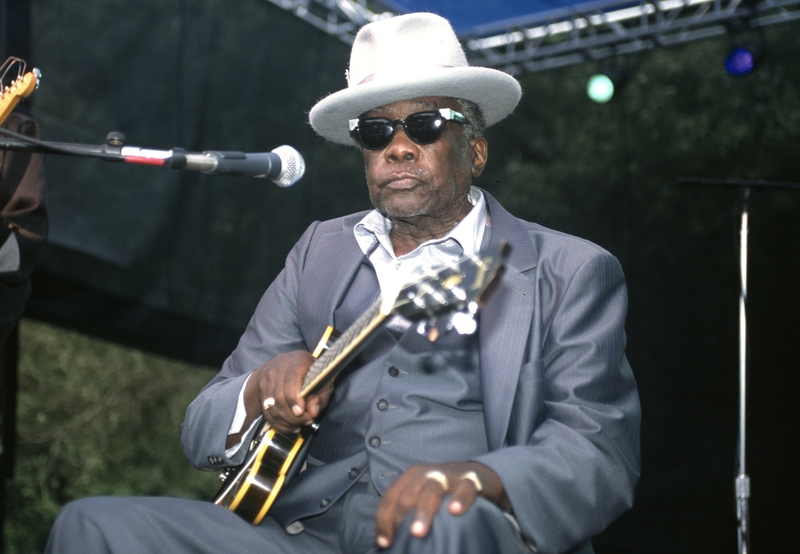
The droning groove kept yanking the listener along for the ride. Even back then, he seemed like a throwback, but that didn’t stop many listeners like Keith Richards, Carlos Santana, and the boys behind ZZ Top from sitting up and taking notice. Even after turning seventy, he was raking in the Grammys.
Mick Taylor
If someone like Keith Richards says he’s in awe of your playing, chances are you’re pretty good. Such is the case for Mick Taylor, who was only twenty when the Rolling Stones added him to their lineup to replace Brian Jones. The effects were immediate, with many of the Stone’s tunes becoming enduring classics that music fans still enjoy.
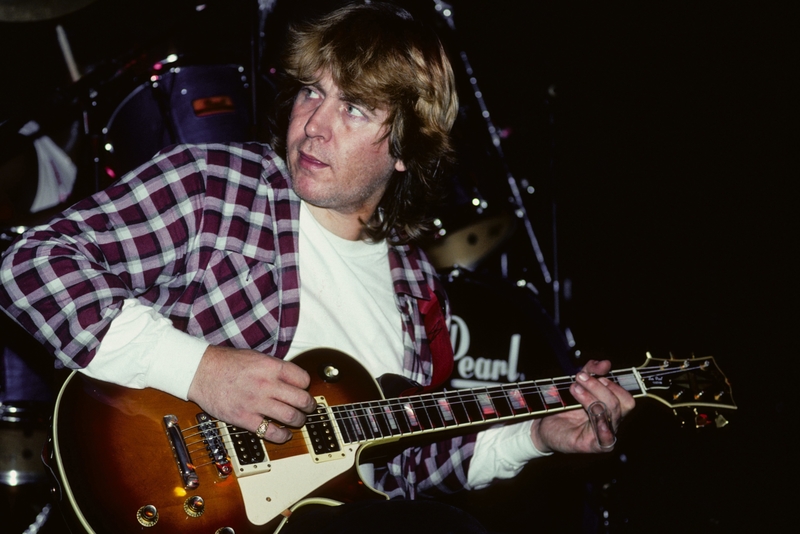
He left the band a mere five years later, but many students of rock call this era of the Rolling Stones their most consistent and accomplished. Just give albums like “Exile on Main Street” or “Sticky Fingers” a spin to hear what he could do.
Steve Cropper
Solos might not have been his trademark, but Steve Cropper could still play with the best of them. He was the secret ingredient in many of the early great rock and soul songs. However, Cropper was fine not taking center stage. He liked being a band member, he liked making music with other people.
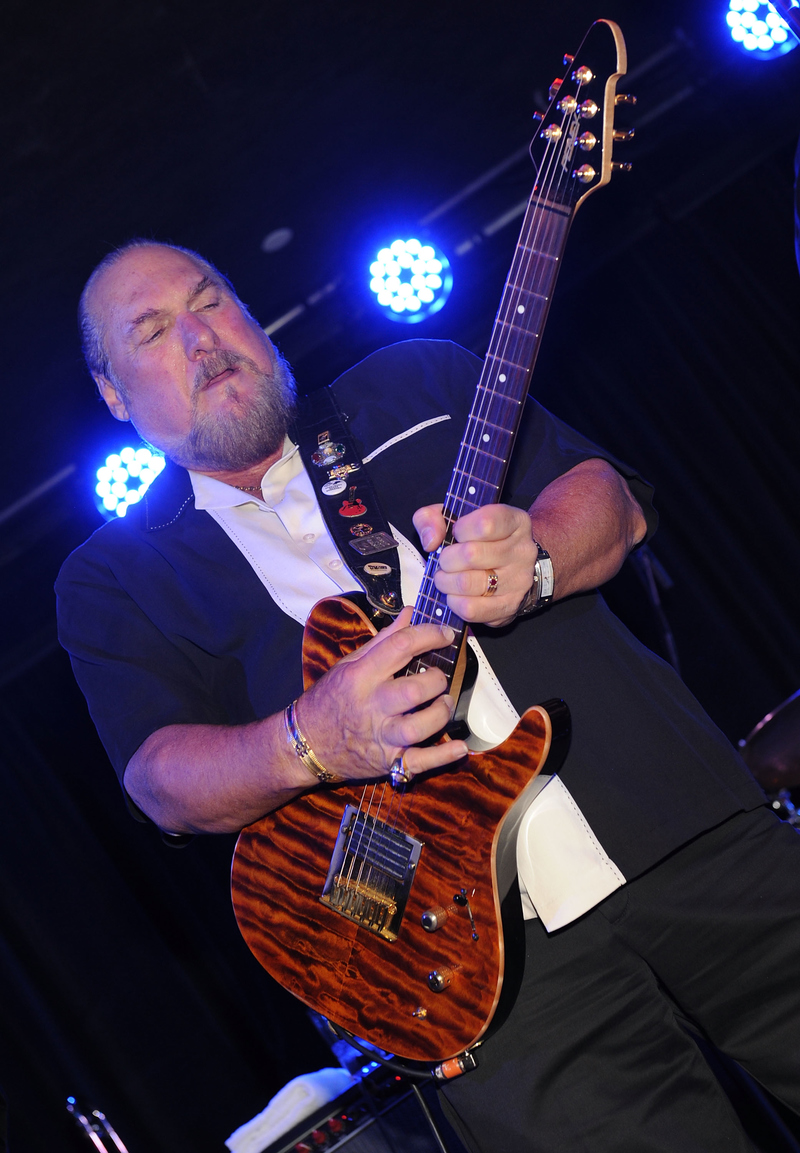
He can be heard on Sam and Dave’s “Soul Man,” Booker T’s “Green Onions,” and Otis Redding’s “(Sittin’ on) The Dock of the Bay.” He had his first hit as a teenager with “Last Night,” playing alongside the Mar-Keys, and his soulful additions can be heard in many other places, too.
Mick Ronson
Sure, you know all about David Bowie, but what about the musician behind the man? Mick Ronson and David Bowie – during the latter’s Ziggy Stardust years – made magic together. They started working together before that period, in 1970, and Ronson’s blues-inspired style was the perfect compliment for many singers.
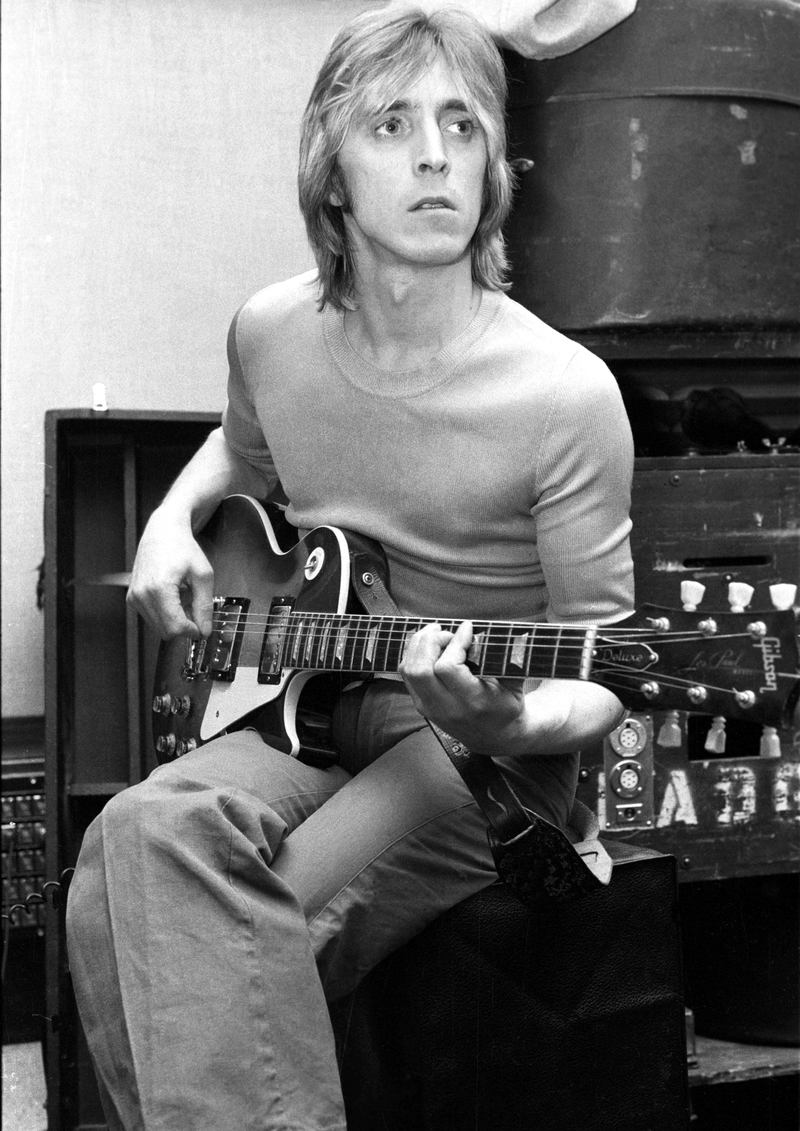
Ronson loved the simple things of guitar work, saying that if you dazzle them, you’re not making much music; you’re just confusing them. David Bowie made a lot of great music, but by his own admission, it wouldn’t have been half as good without Ronson.
Ritchie Blackmore
Deep Purple is one of the most important bands in the history of rock and roll, and Ritchie Blackmore is the guitarist who helped forge them. If you know music even a little bit, you’ve heard the unforgettable riff from “Smoke on the Water,” which gave us the heavy, bluesy, classical-inspired music that eventually dominated the airwaves.
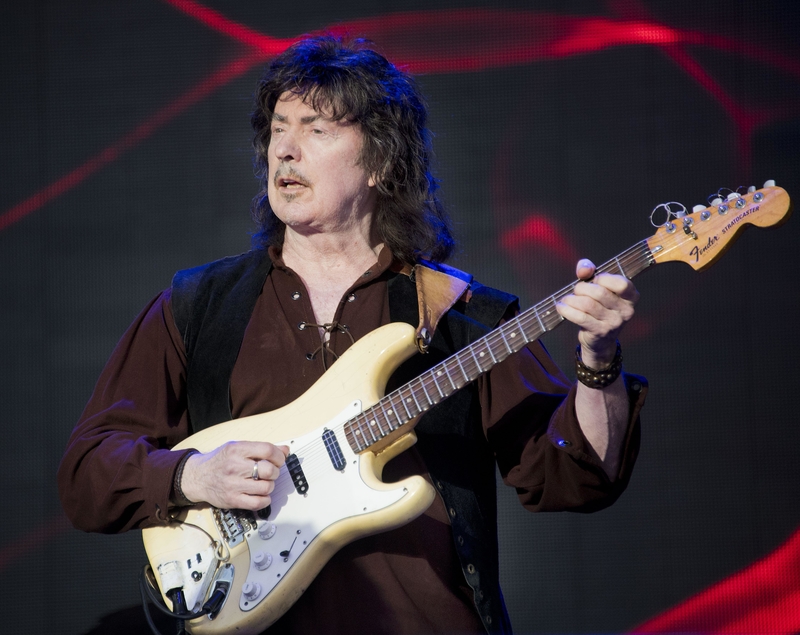
He gave his music an element of danger, something that bands like Metallica or Black Sabbath took even further and really started the metal scene. If you want to see where metal started, listen to a little more of Ritchie Blackmore.
Neal Morse
From blues to progressive metal to singer-songwriter, the man can do it all, and he often does it with a guitar in his hands. That’s not to say that’s the only thing he can do – he excels on the keyboard, sings with the best of them, and can do much more, too.
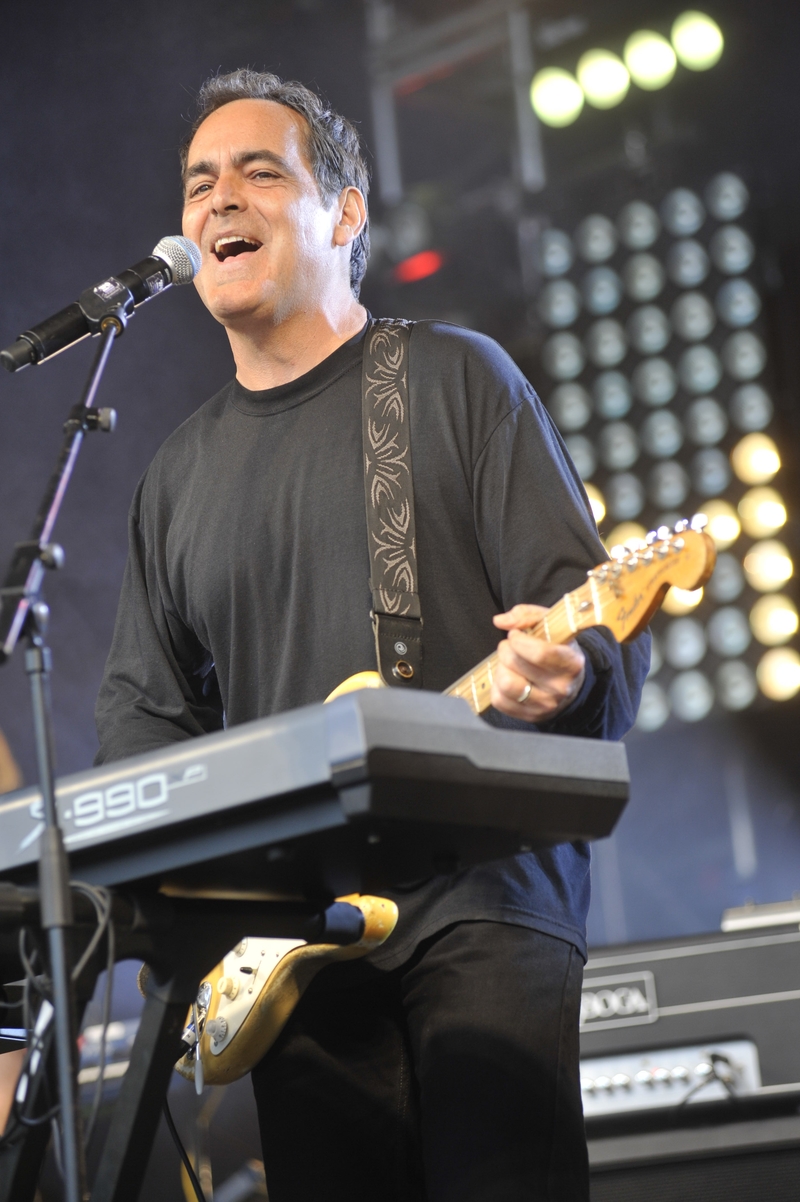
He was the frontman for the genre-reviving progressive rock outfit Spock’s Beard before he went his own way. He’s constantly brought out stellar music in numerous groups and his solo band. He can play something beautiful on the acoustic during one song, then shred a minute-long solo on an electric the next.
Tosin Abasi
Progressive music has given us some of the most talented guitarists ever, and, of course, Tosin Abasi. As the guitarist for the instrumental band Animals as Leaders, he weaves sounds that will shock most listeners to their musical core.

A self-taught guitarist who started strumming at a friend’s house, Abasi’s style is incomparable to any else. Seriously, check out videos of the guy playing, and you might think he’s playing something that isn’t even a guitar. Animals as Leaders were part of the burgeoning djent genre that is now a huge part of the metal scene, all thanks to Abasi.
66 thoughts on “More of the Best Guitarists Throughout History”
Leave a Reply
You must be logged in to post a comment.

The Funniest Ride-Sharing Stories From Uber, Lyft, and More

More Hilarious Airport Pick-Up Signs You Must See

Celebrity Families: These Grandchildren Look Exactly Like Their Celebrity Grandparents!

These Creative Parenting Hacks Will Make Your Life So Much Easier
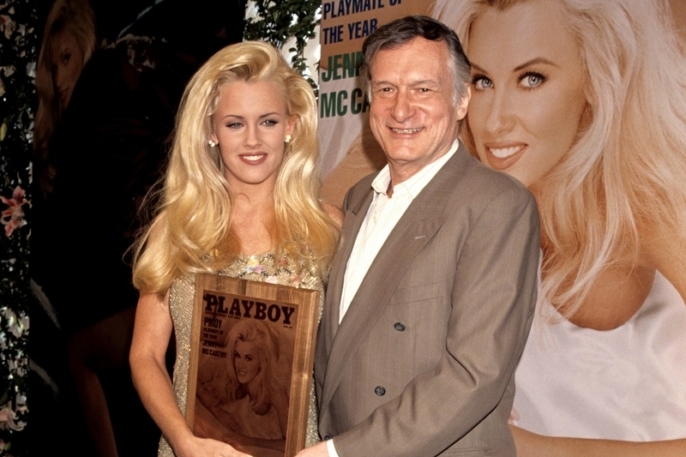
The Extraordinary Life of Jenny McCarthy

6 Great Dating Sites For Animal Lovers

Amazing Celebrity Houses
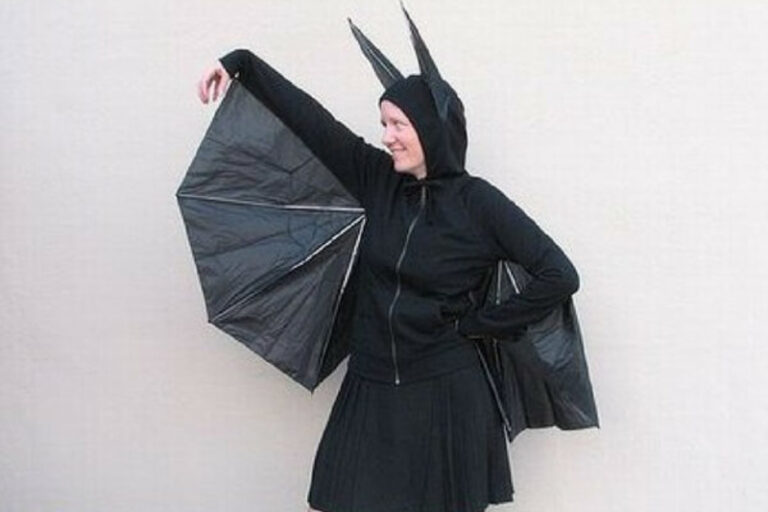
More of the Most Creative Halloween Costumes Ideas
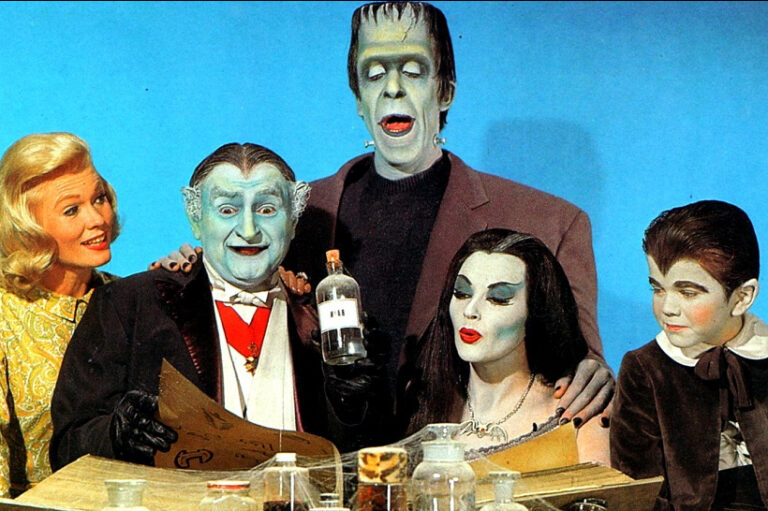
Behind-the-Scenes Facts About The Munster’s
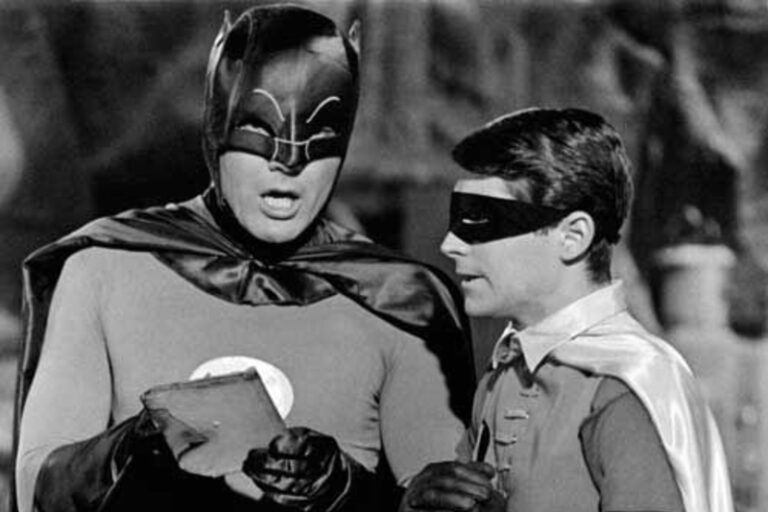
Epic Bat Facts from the Original 1966 ‘Batman’ TV Series







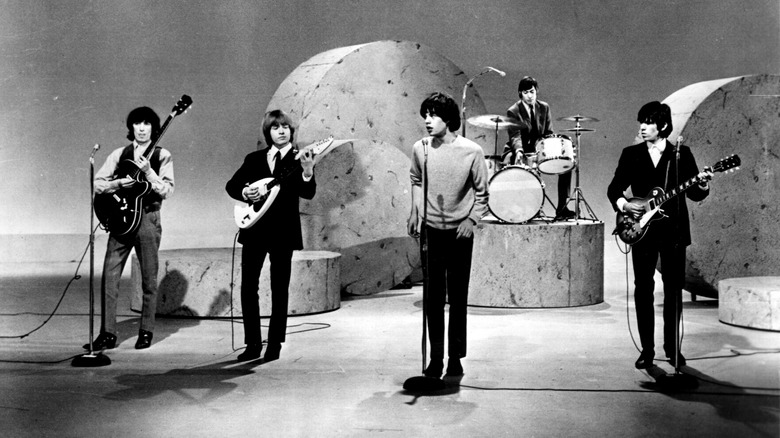

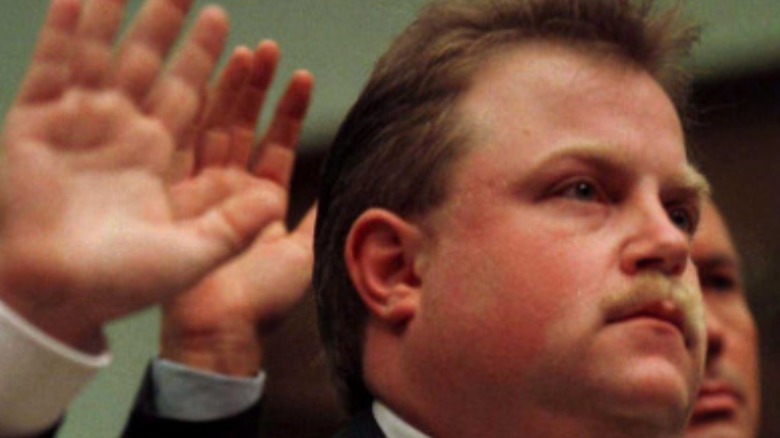
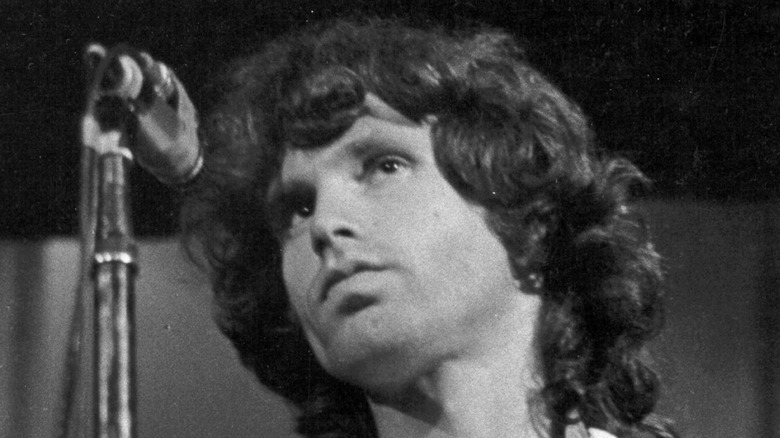
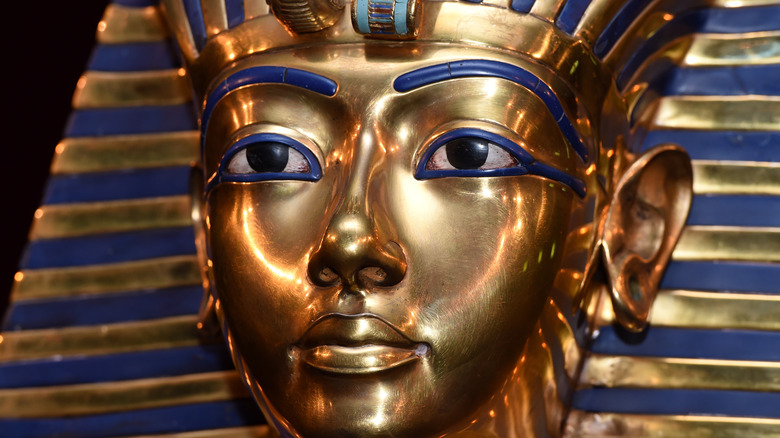

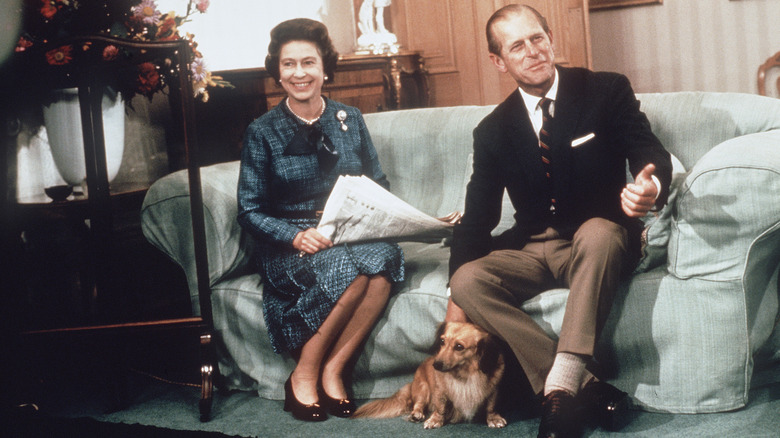
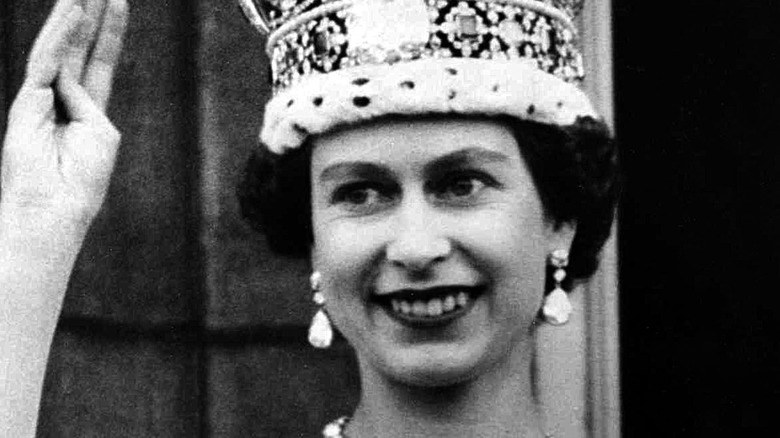

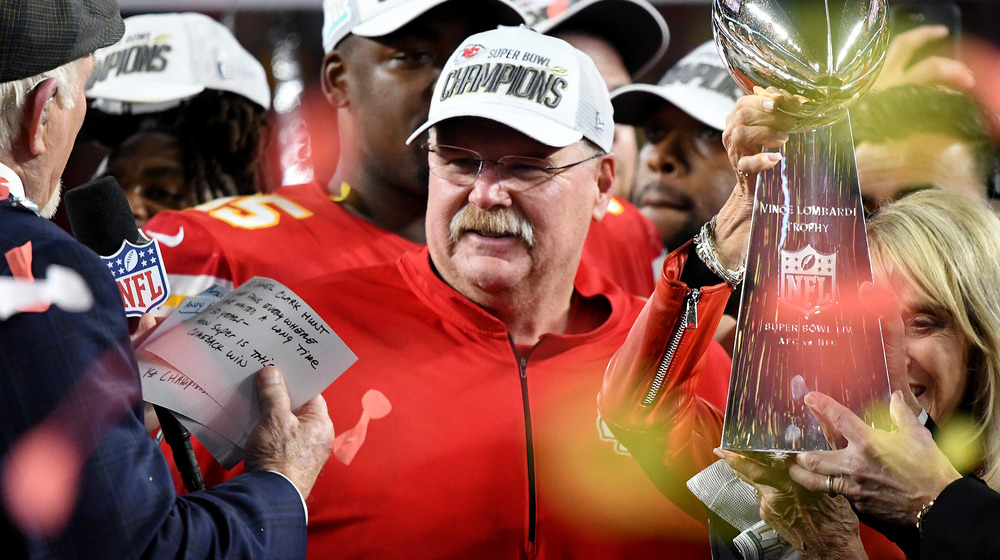
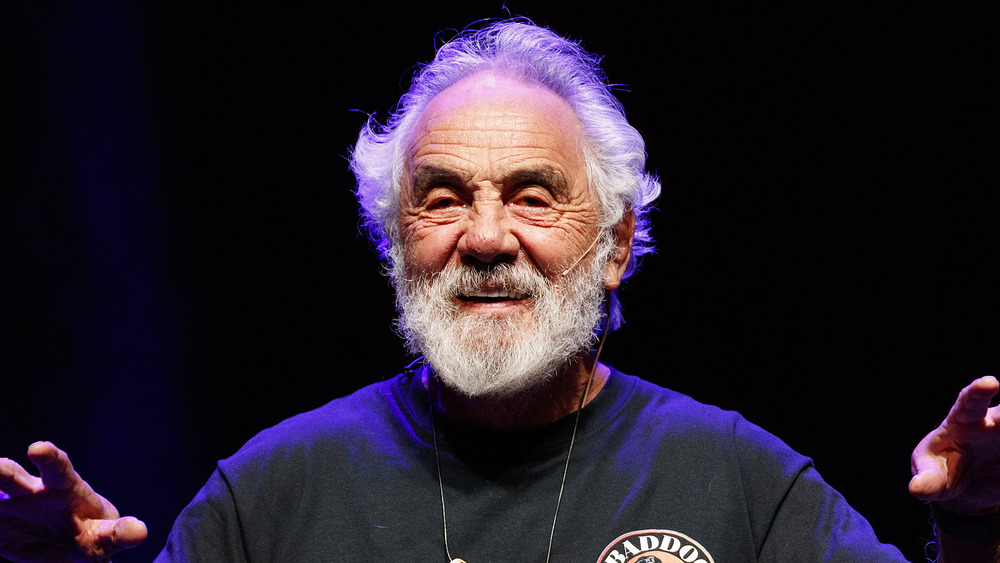





I have read your article carefully and I agree with you very much. This has provided a great help for my thesis writing, and I will seriously improve it. However, I don’t know much about a certain place. Can you help me?
This was beautiful Admin. Thank you for your reflections.